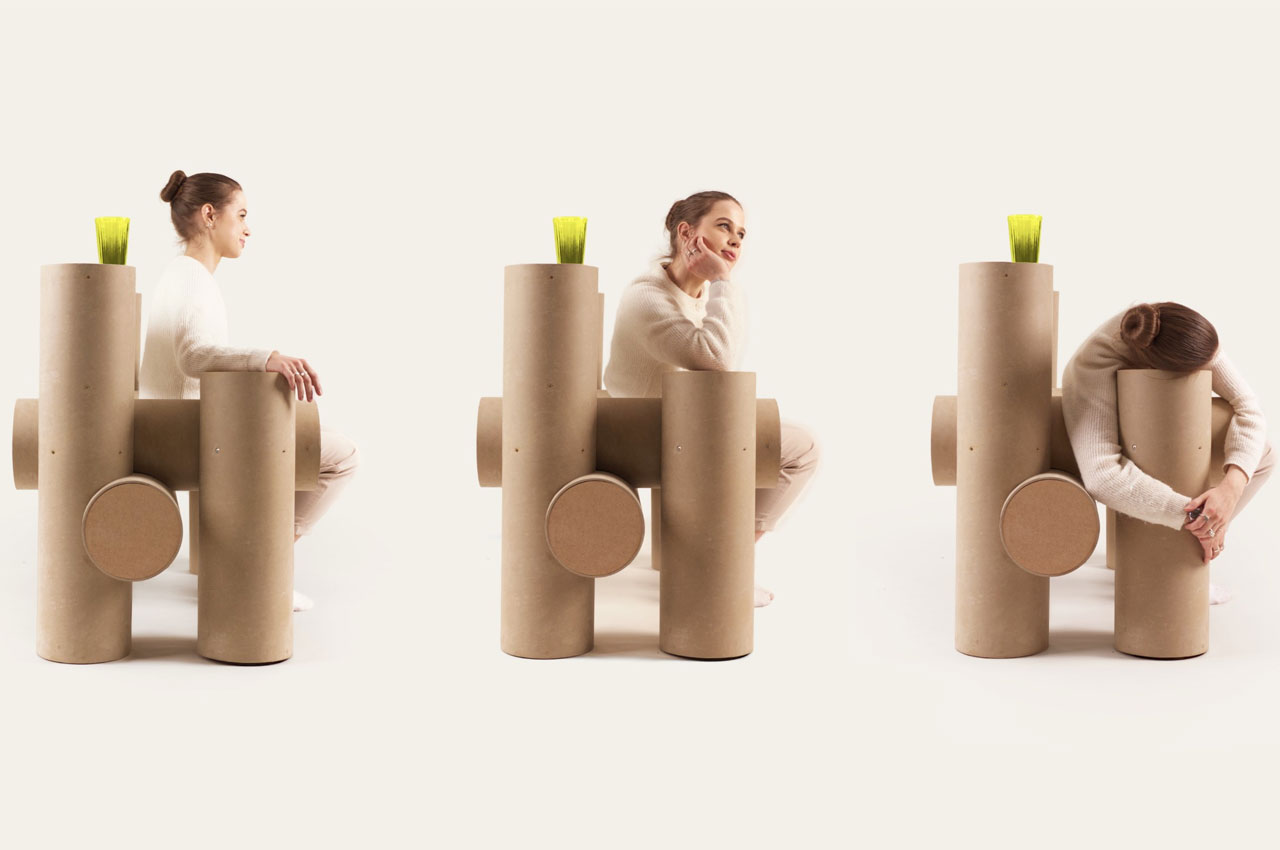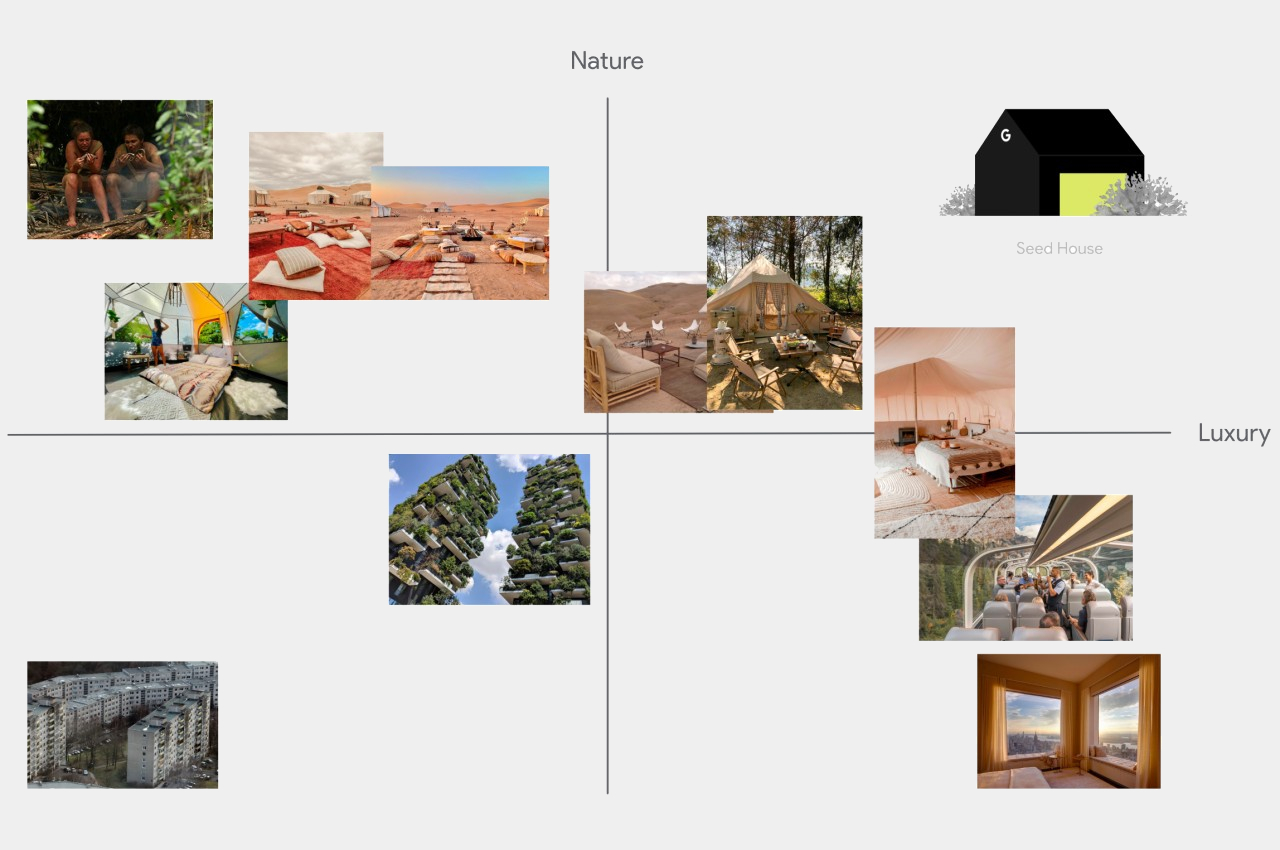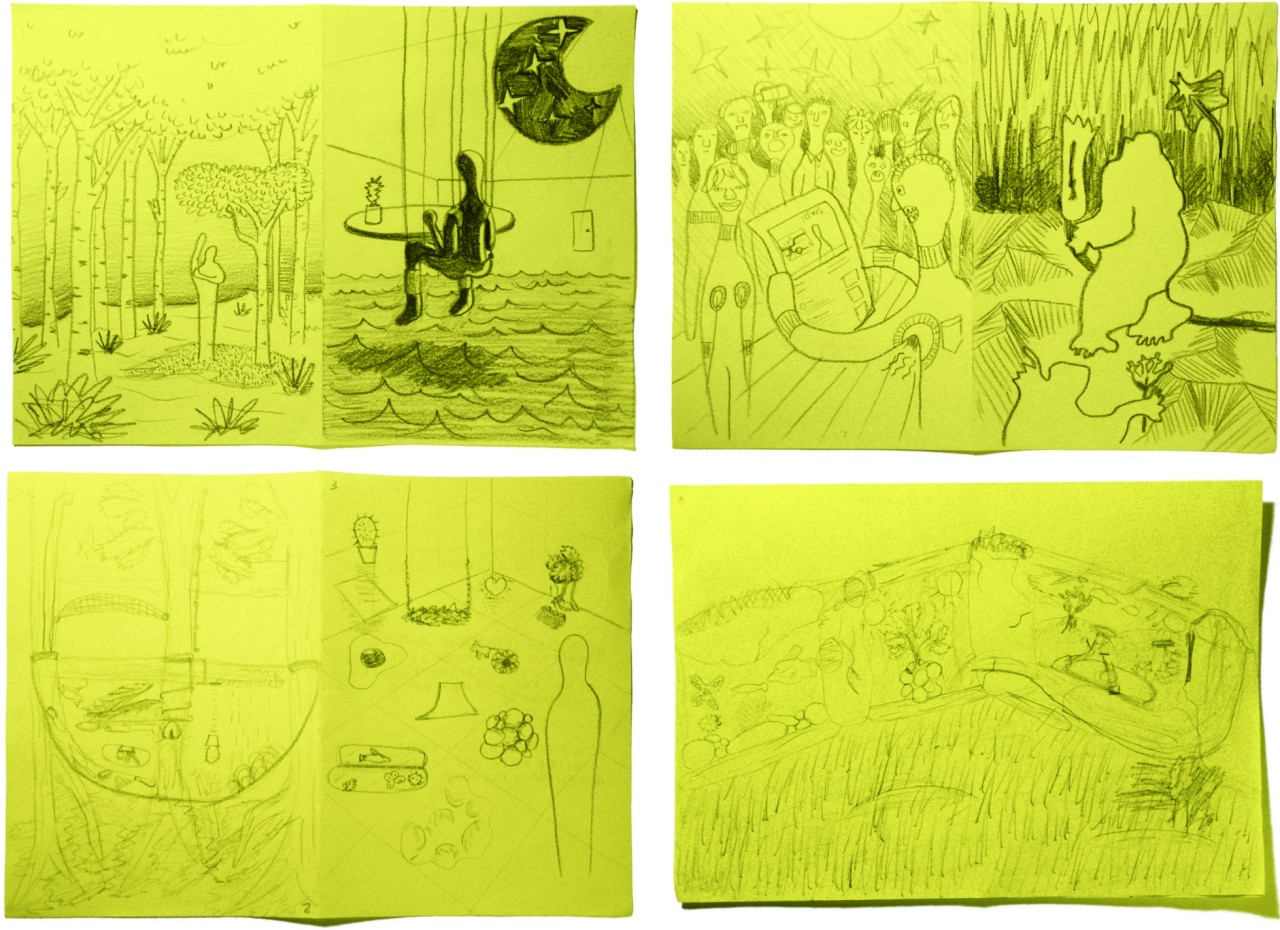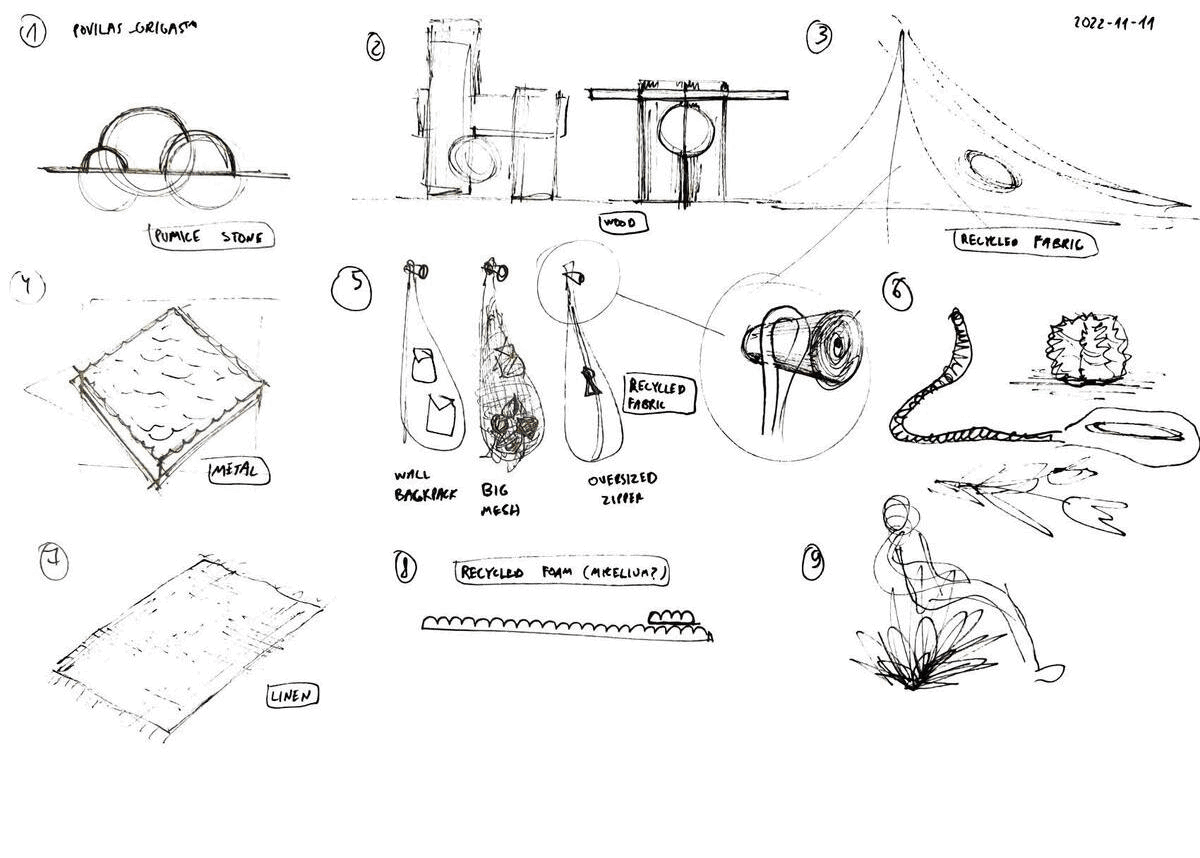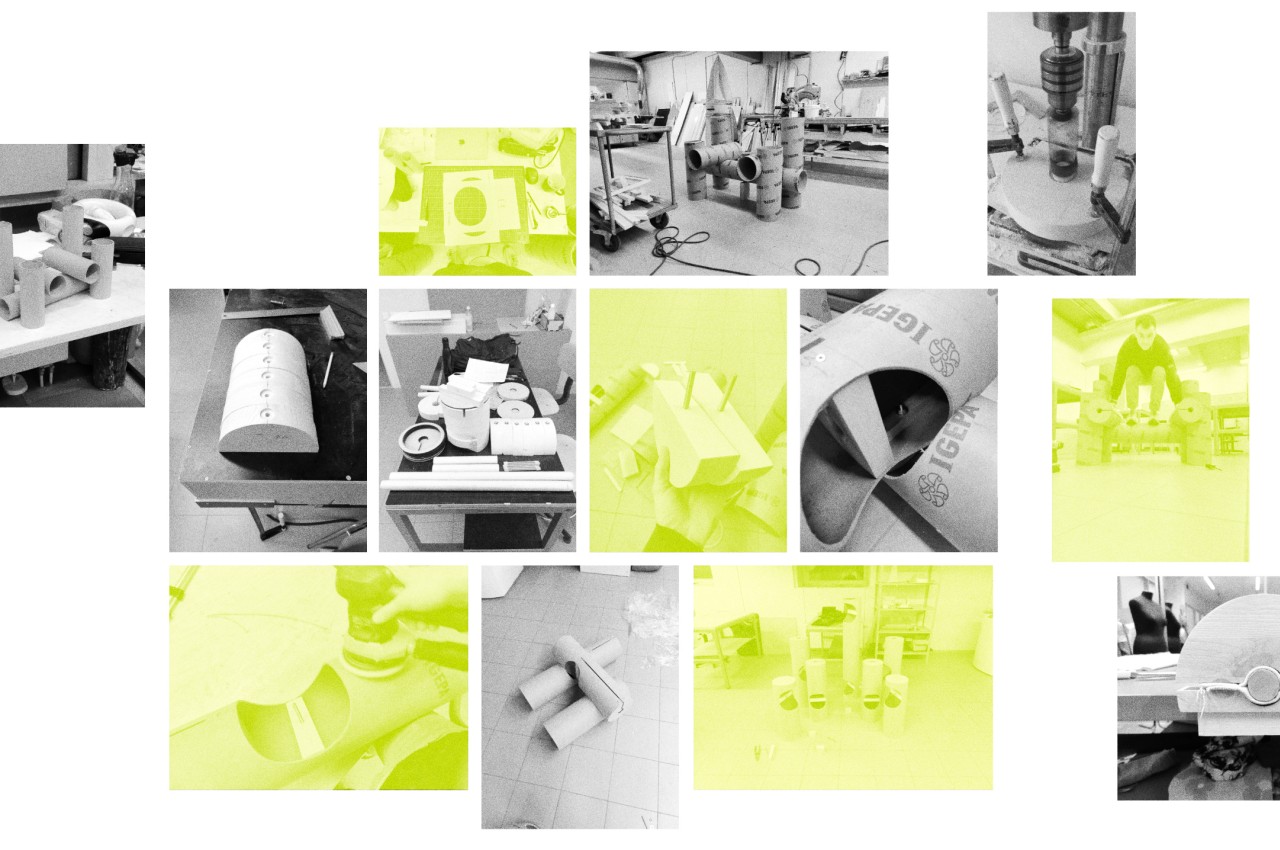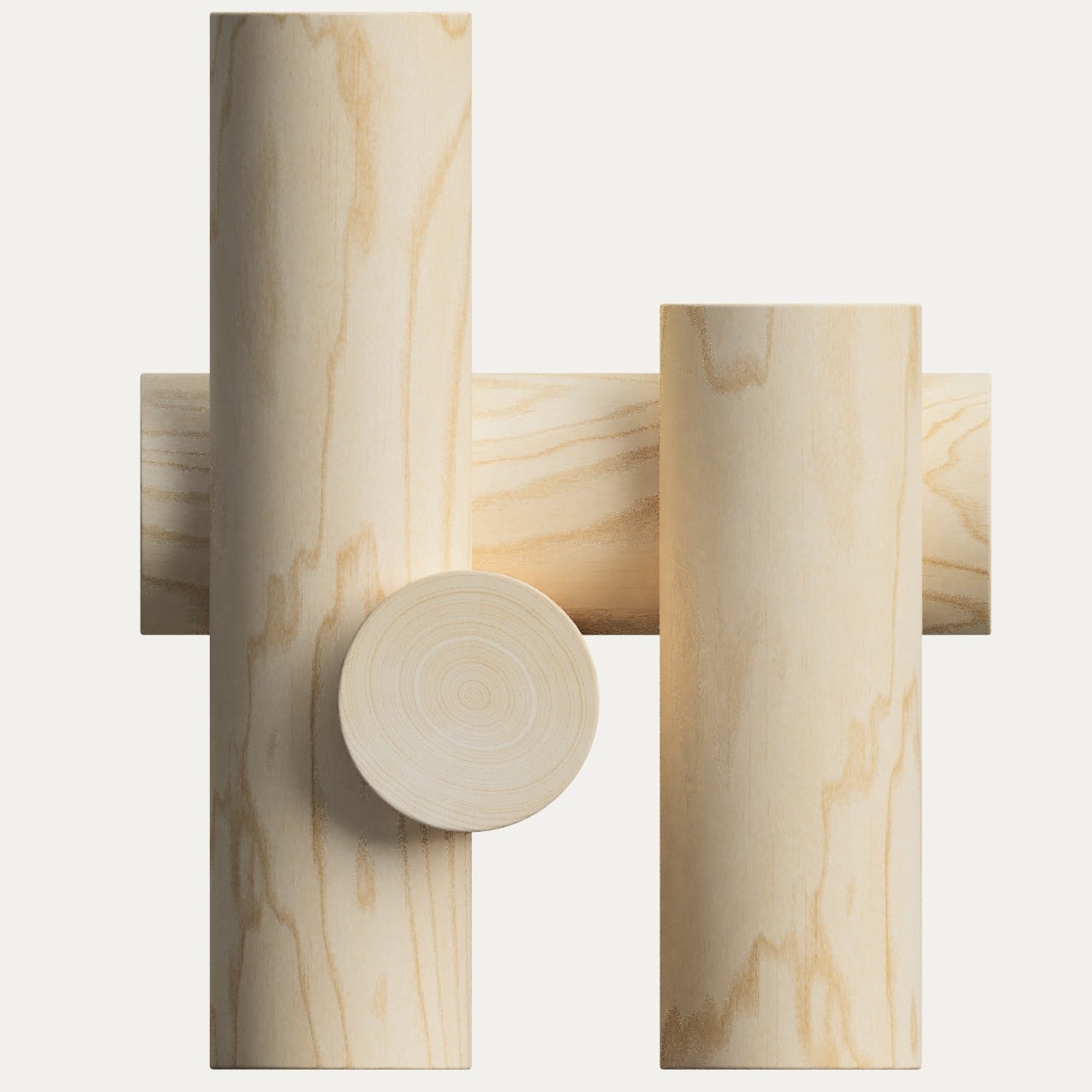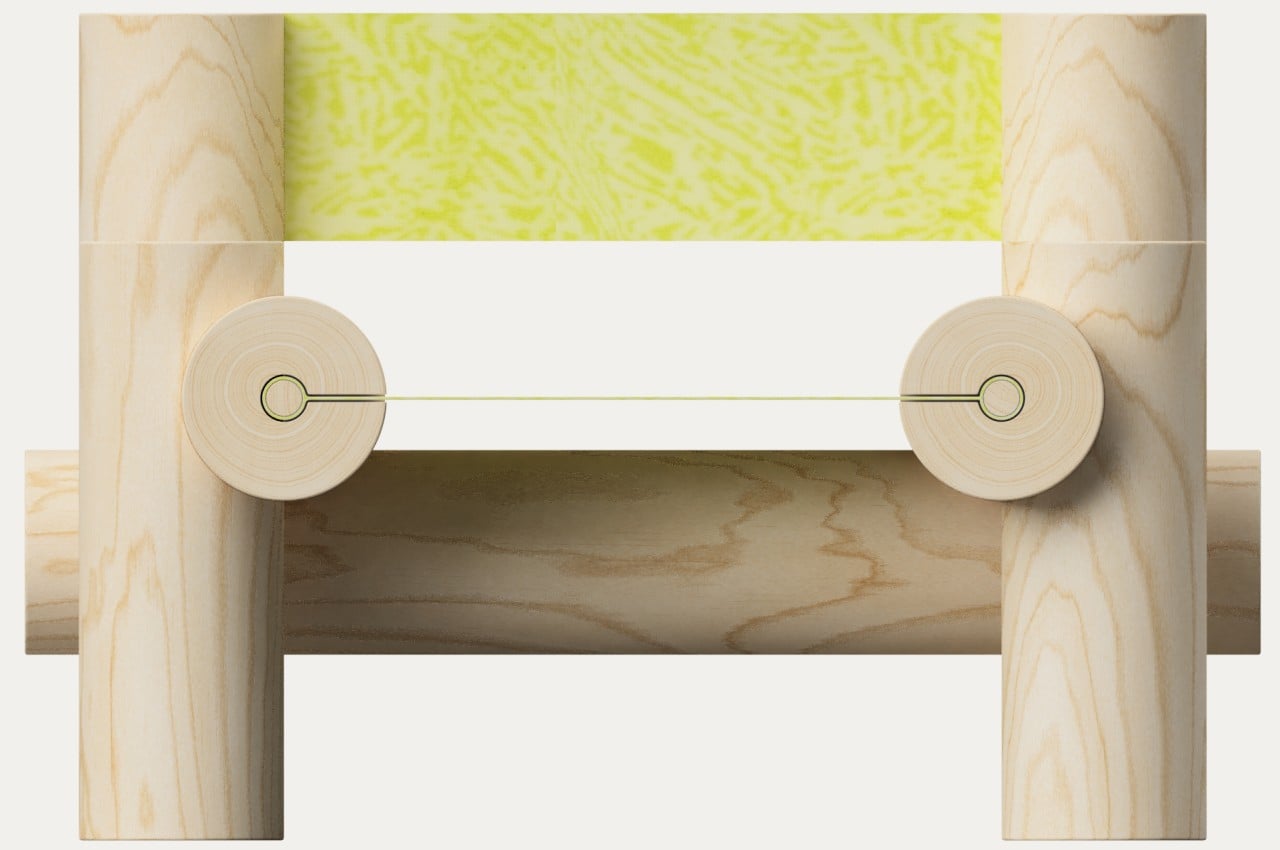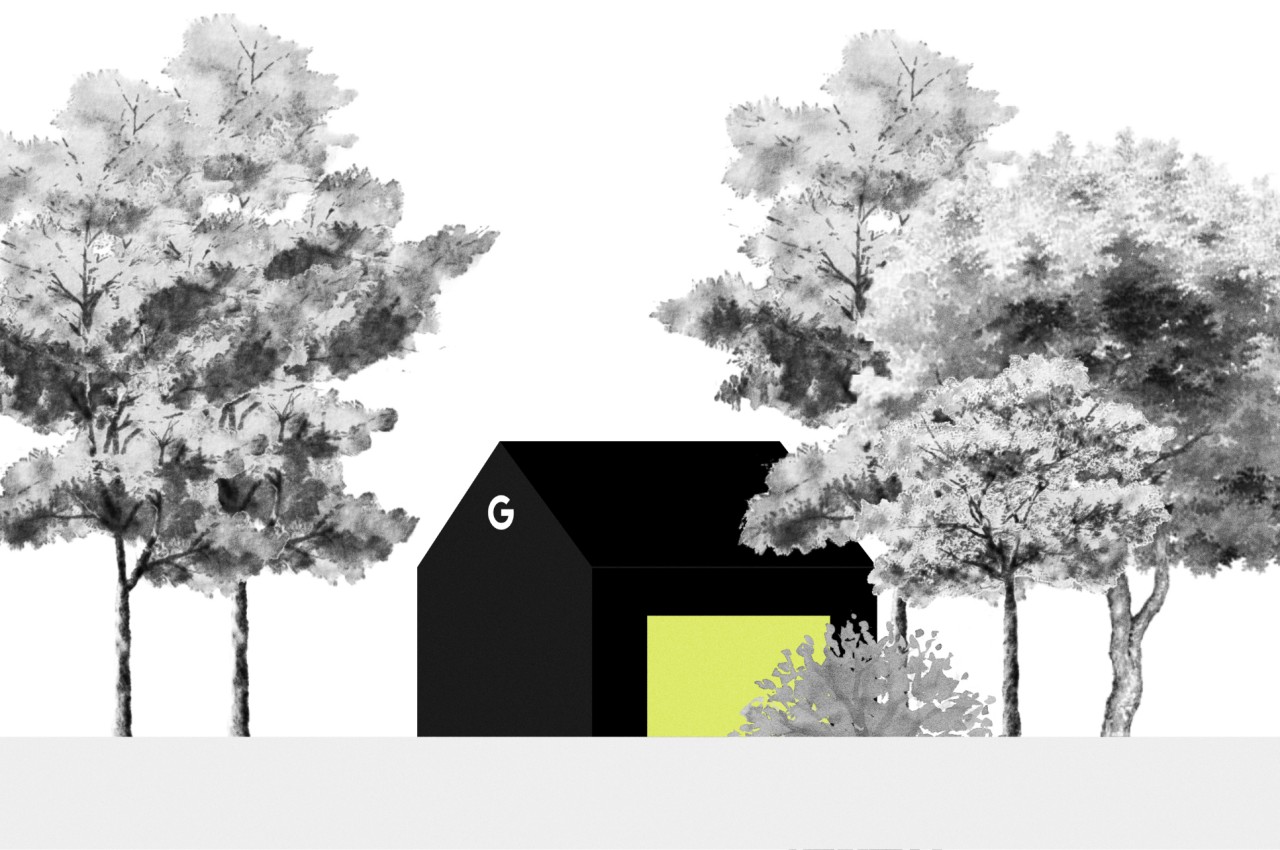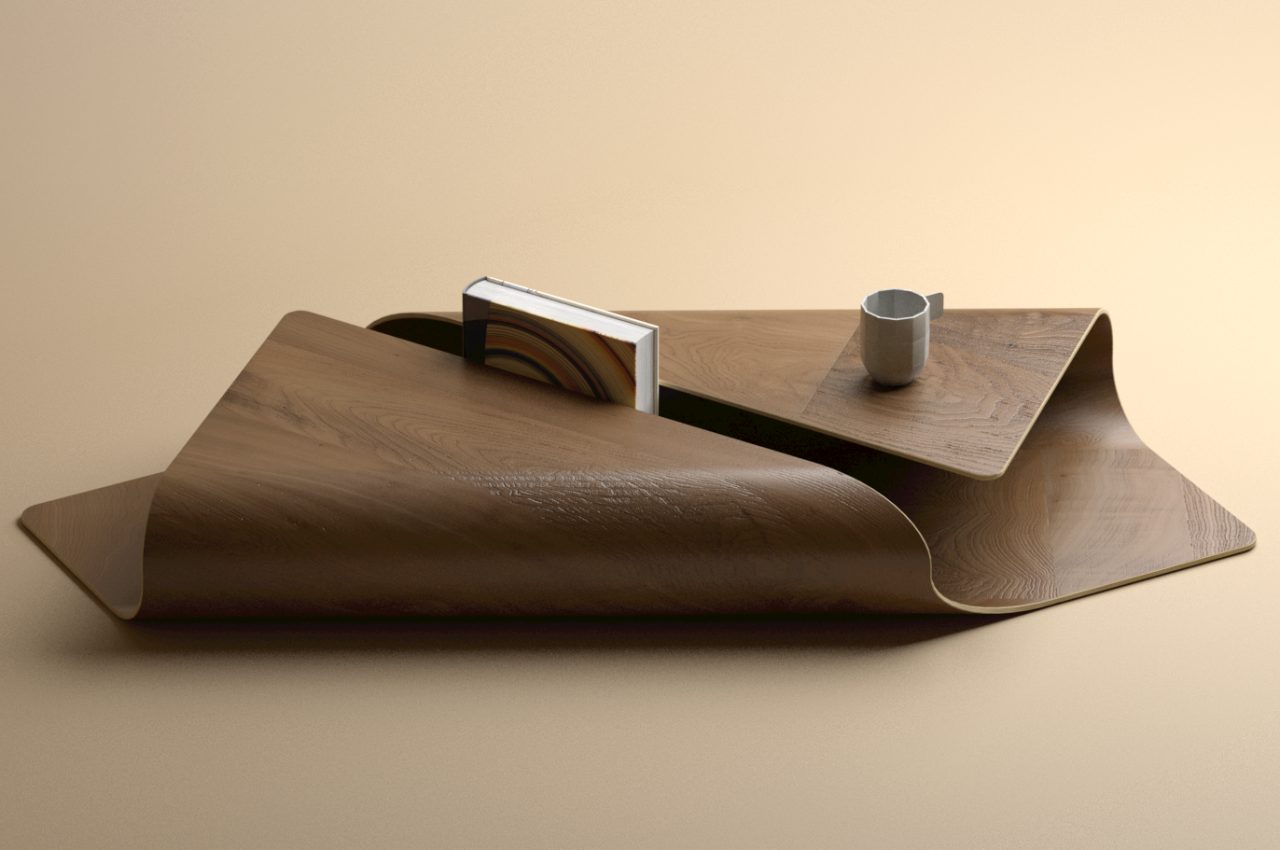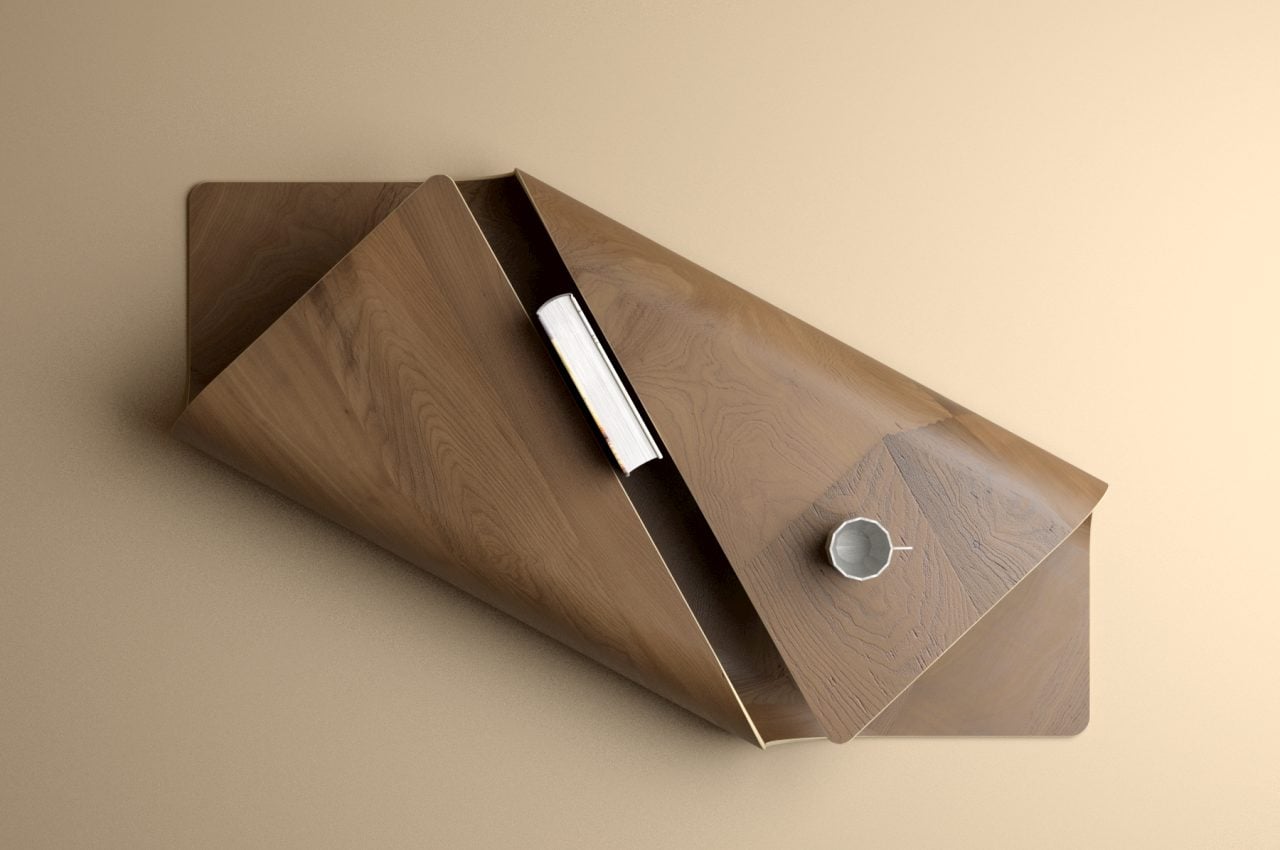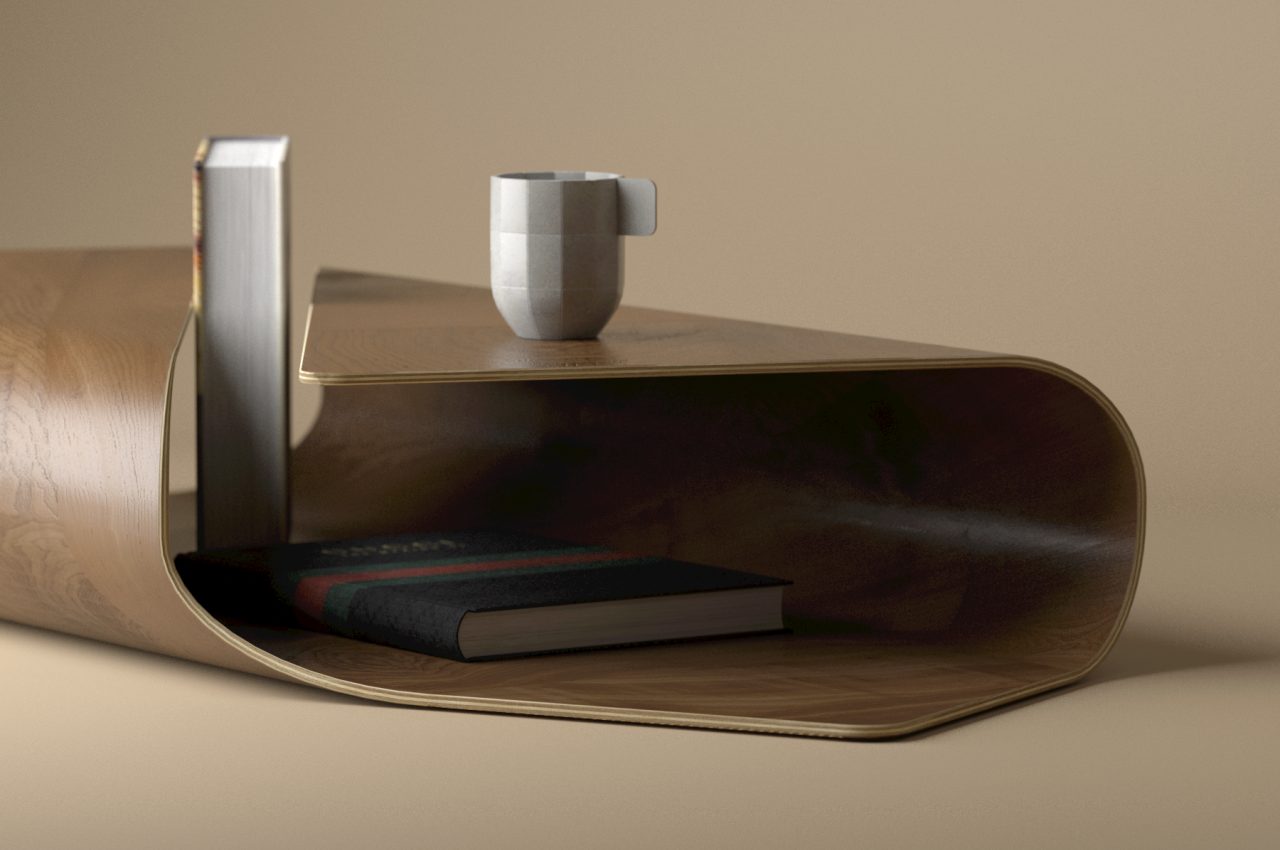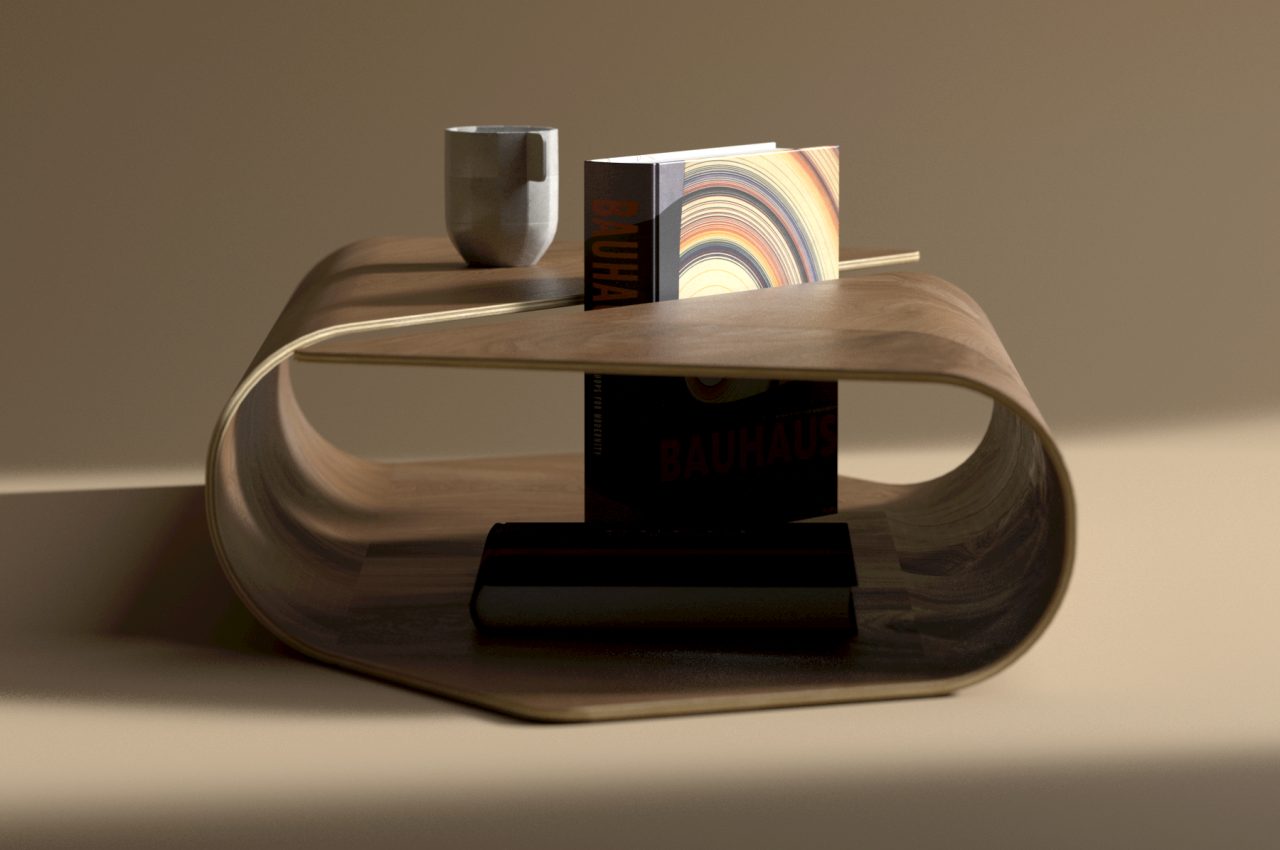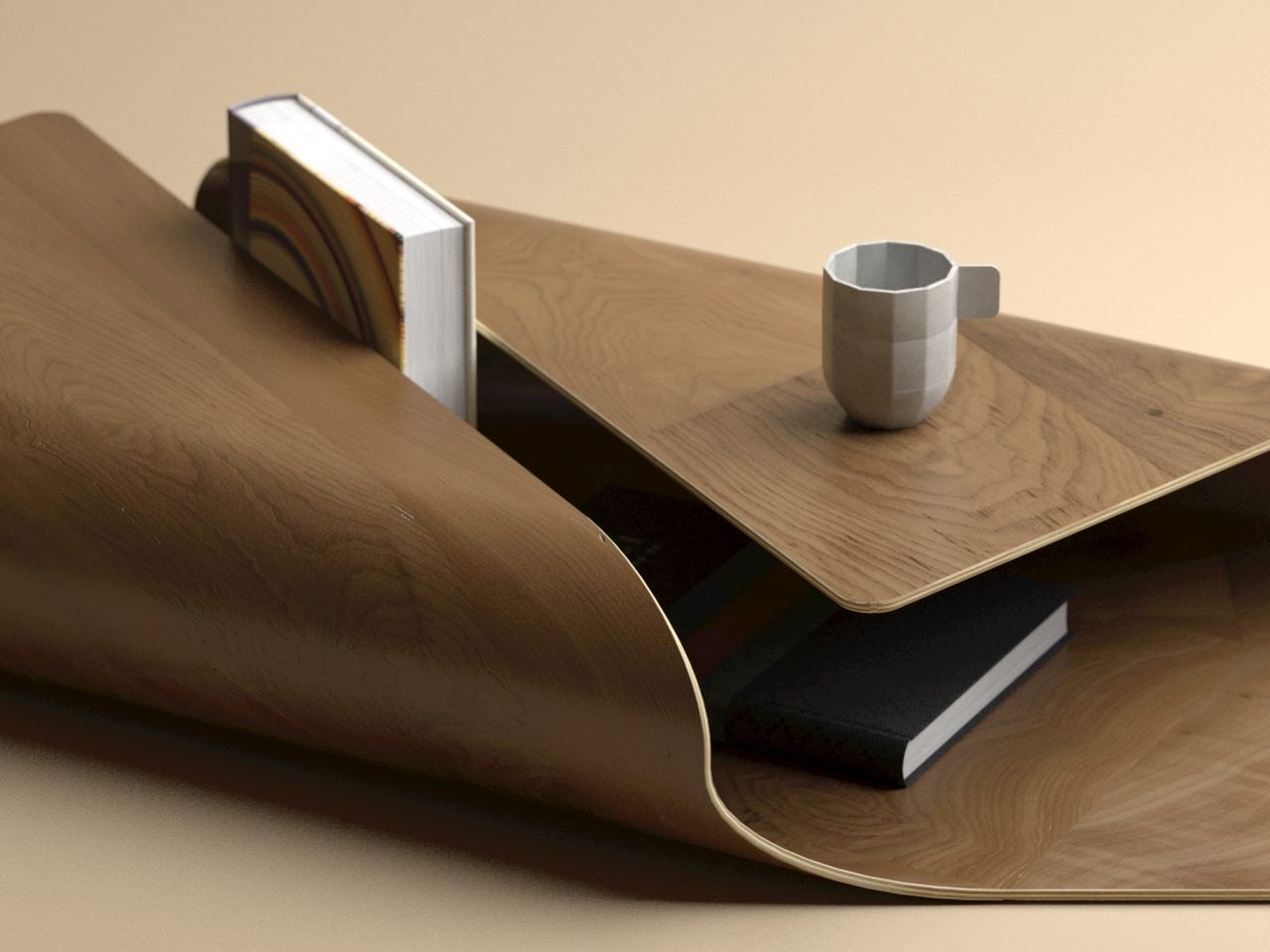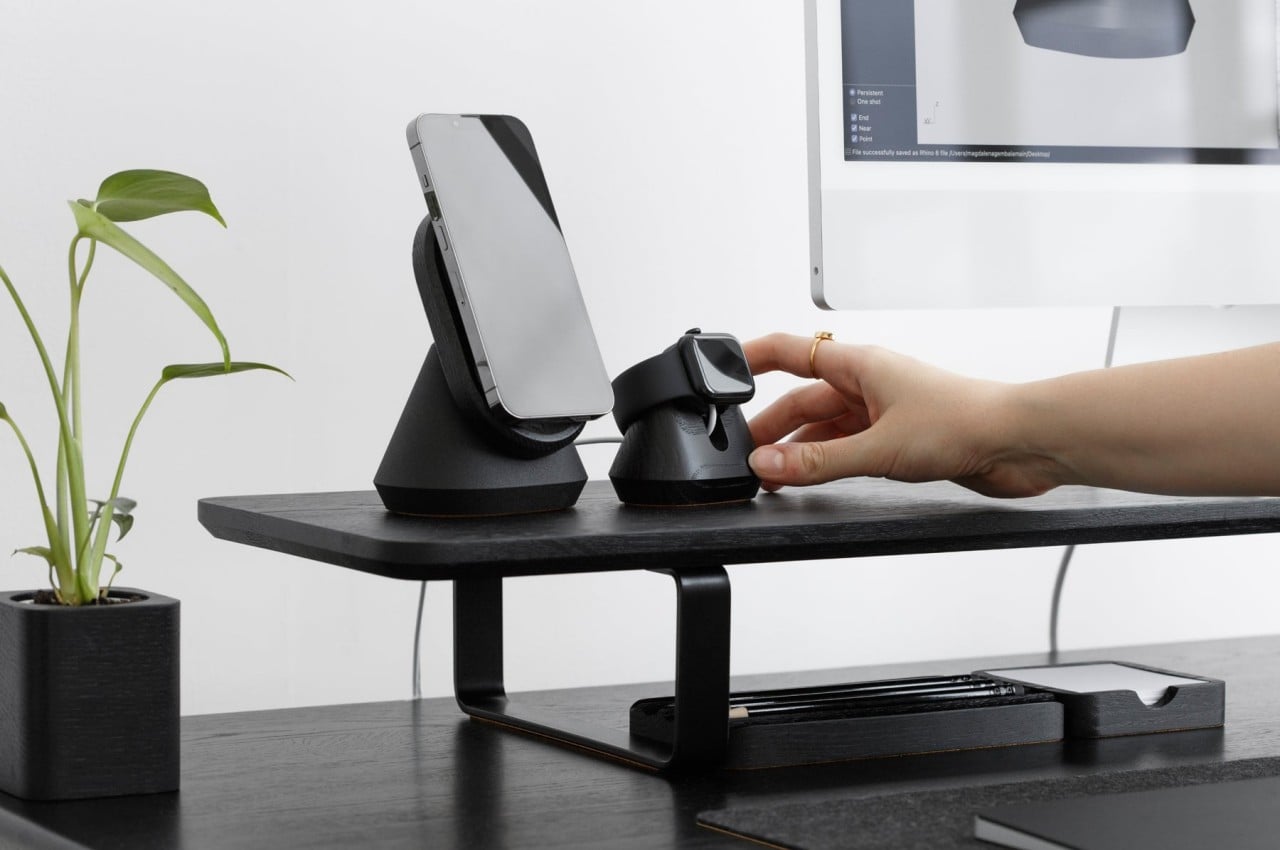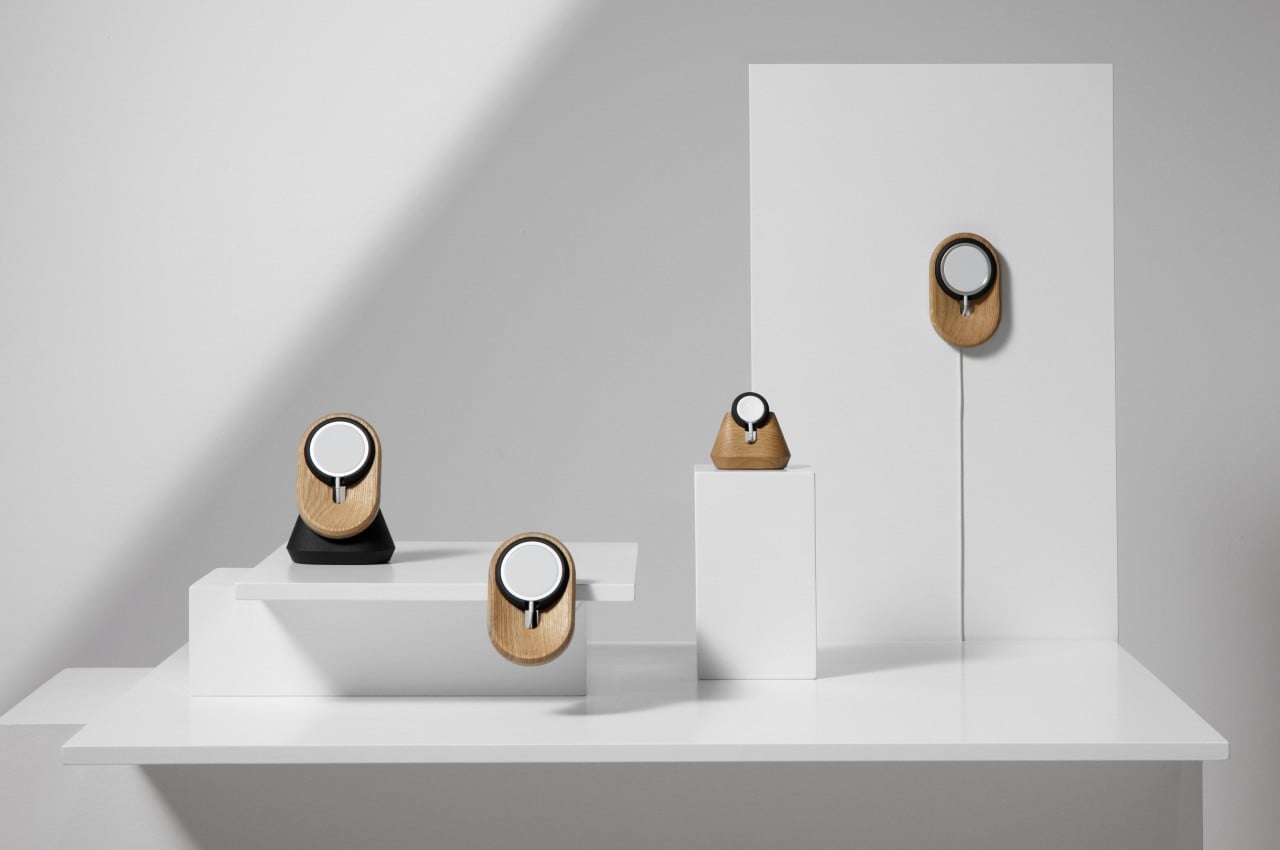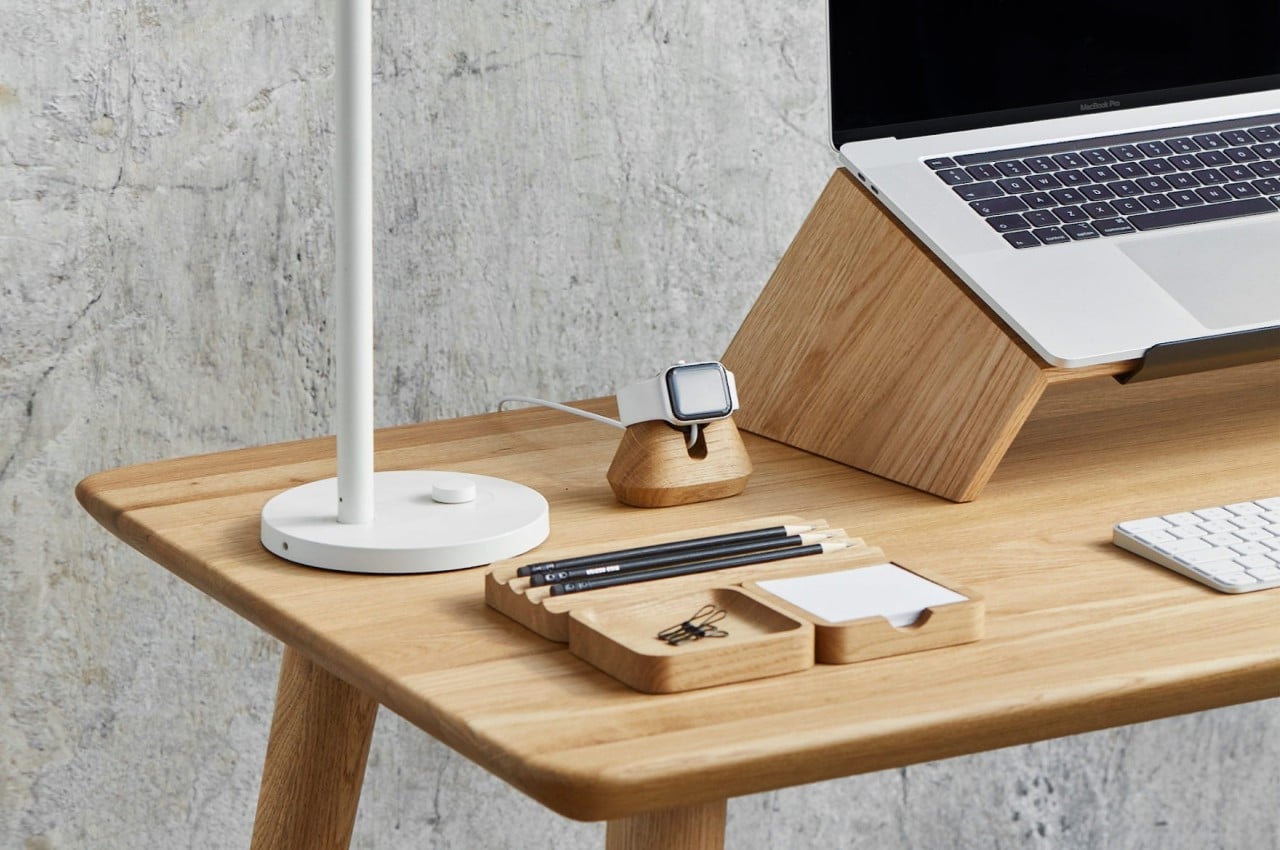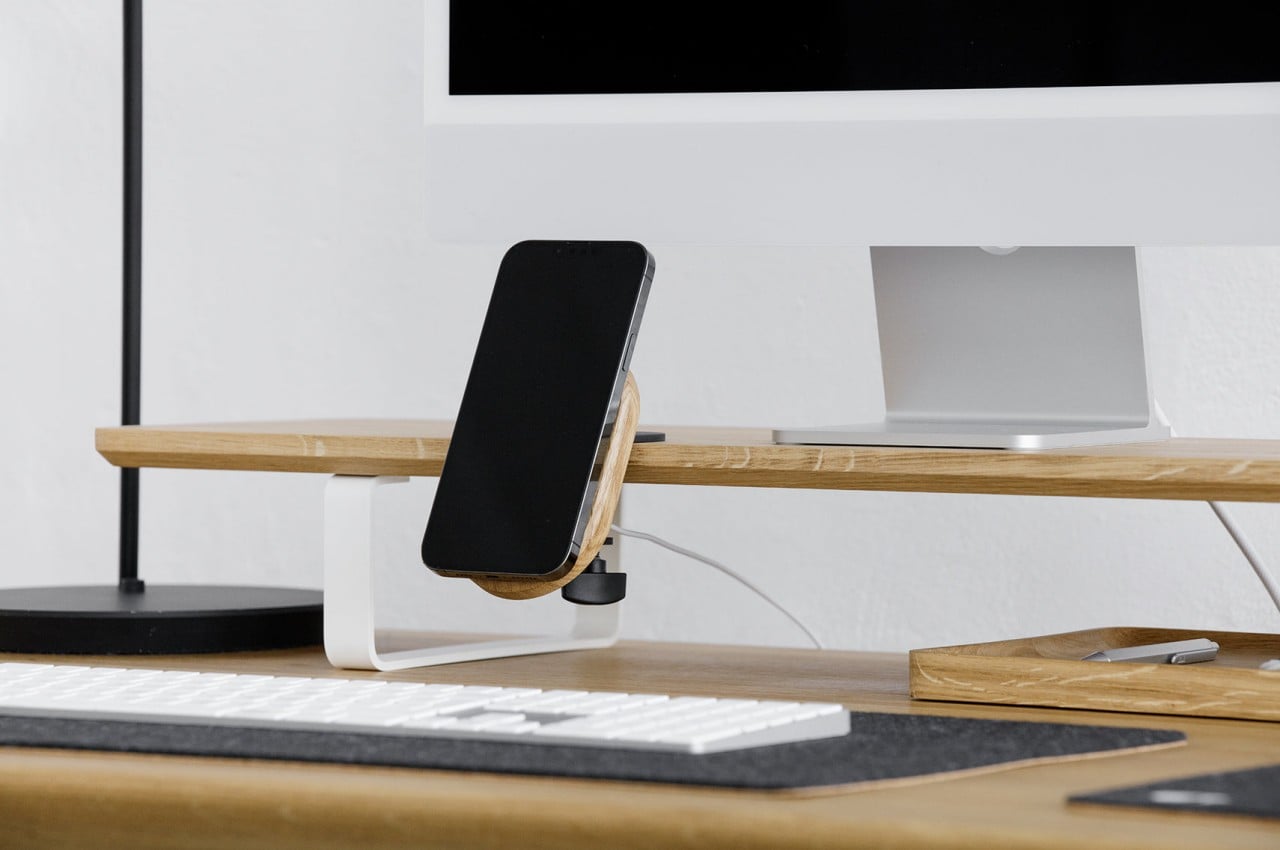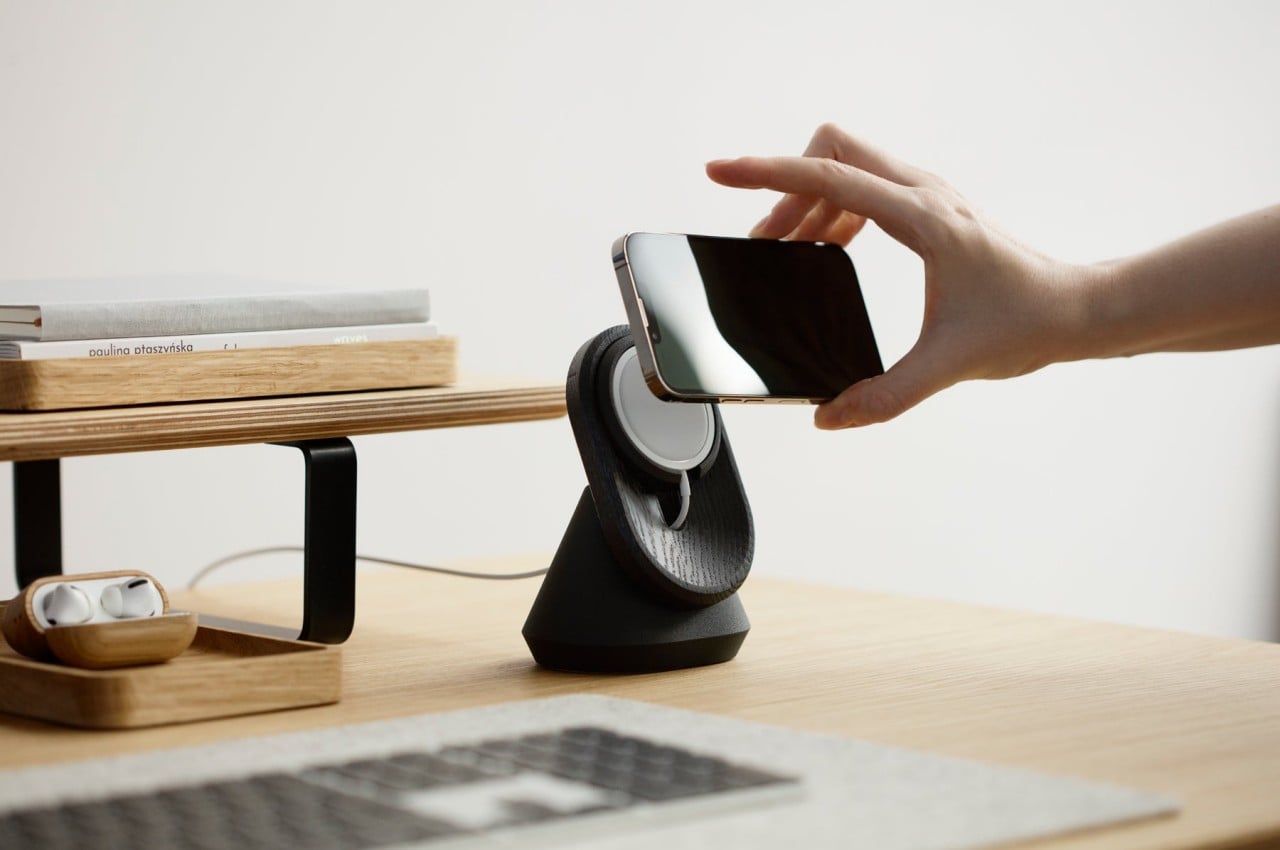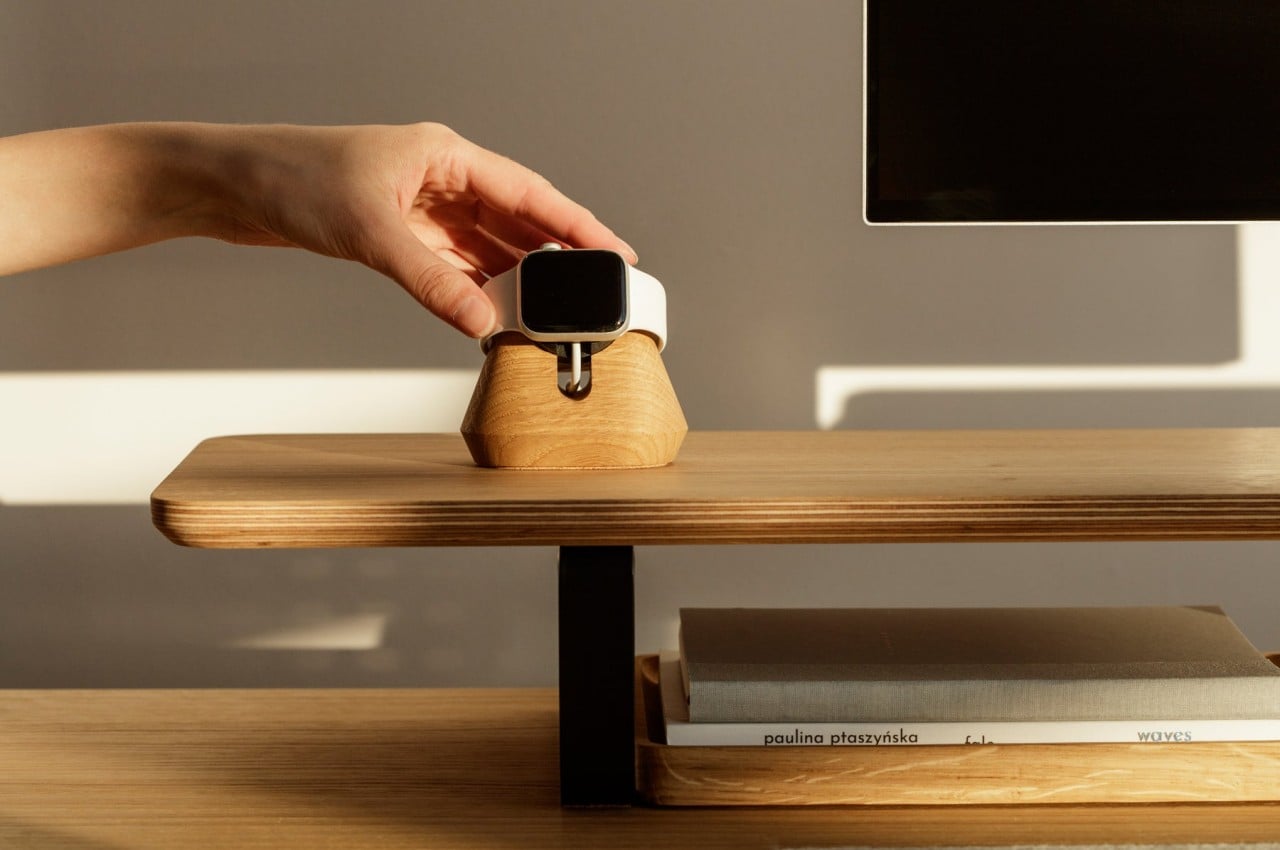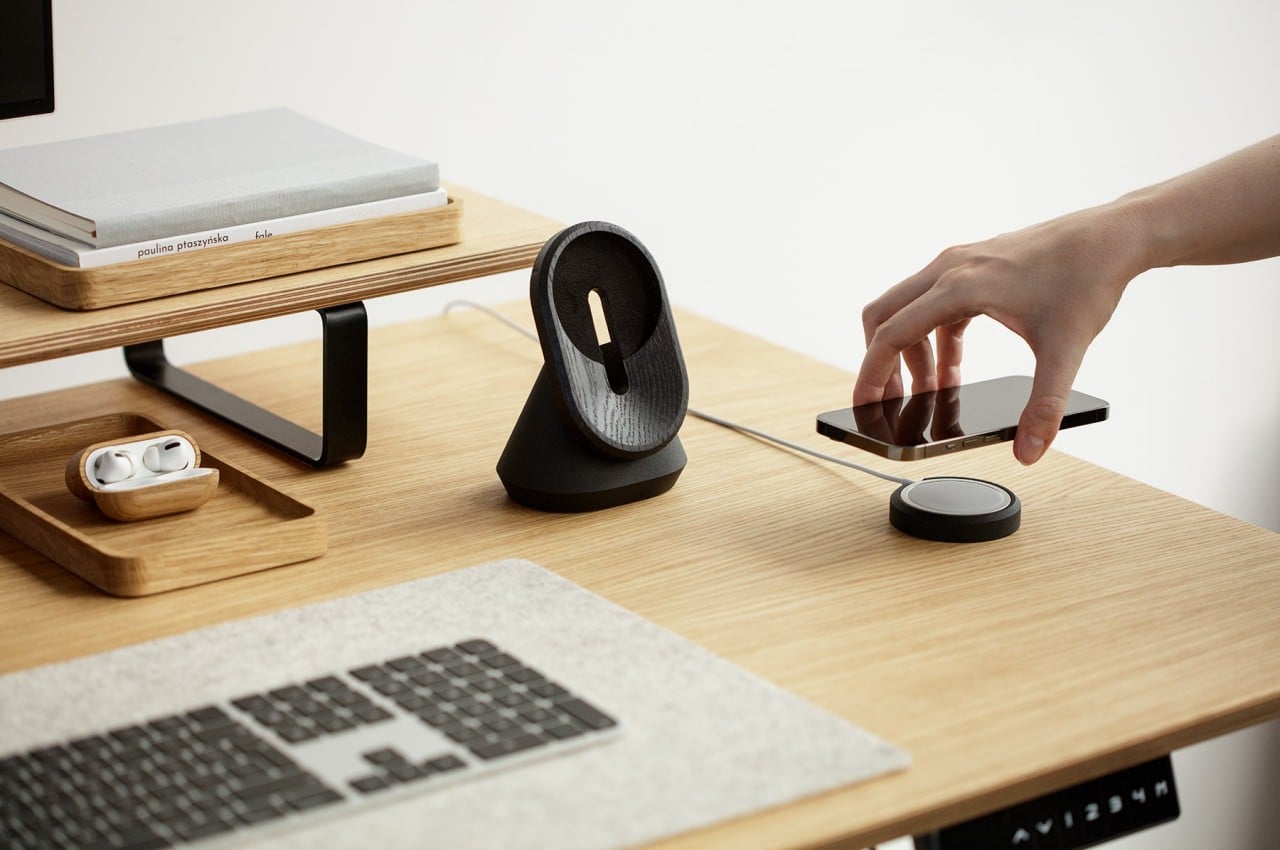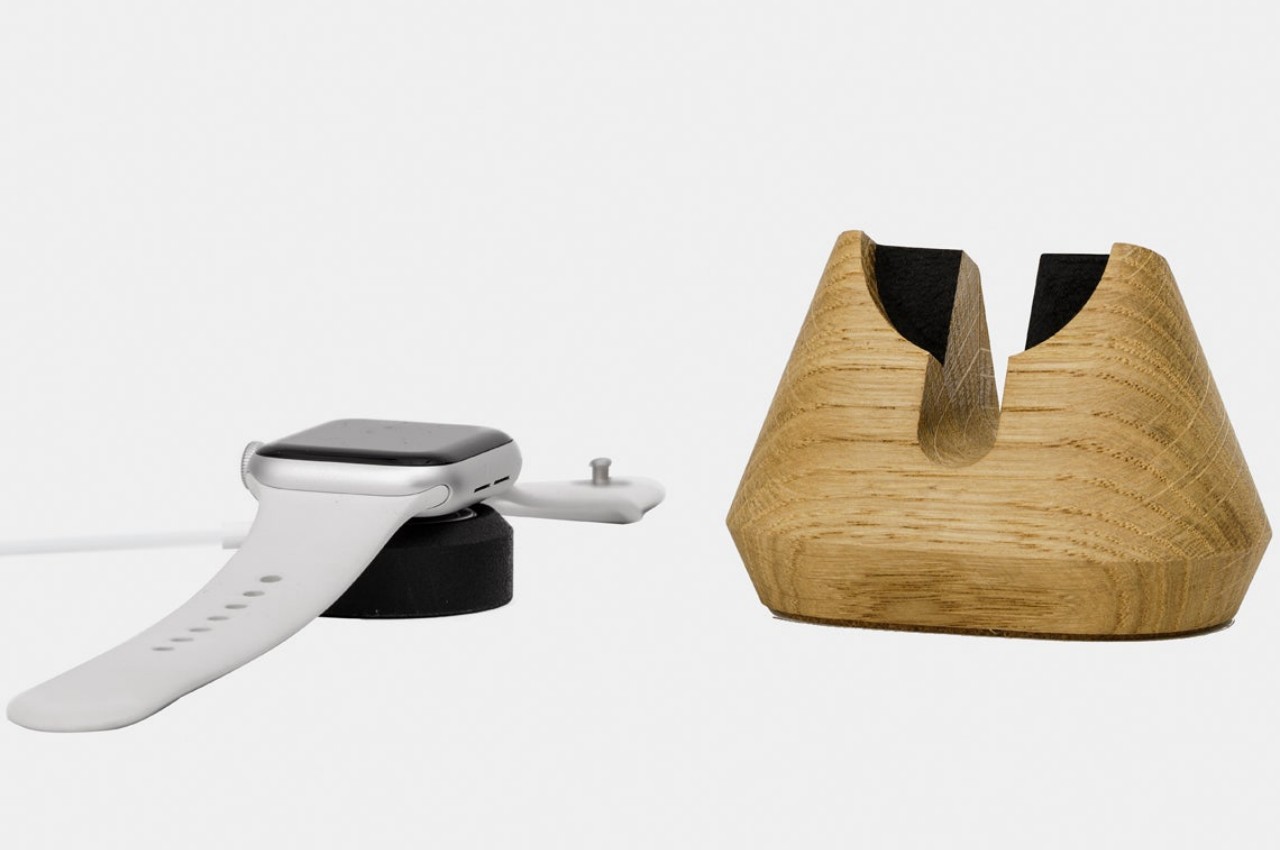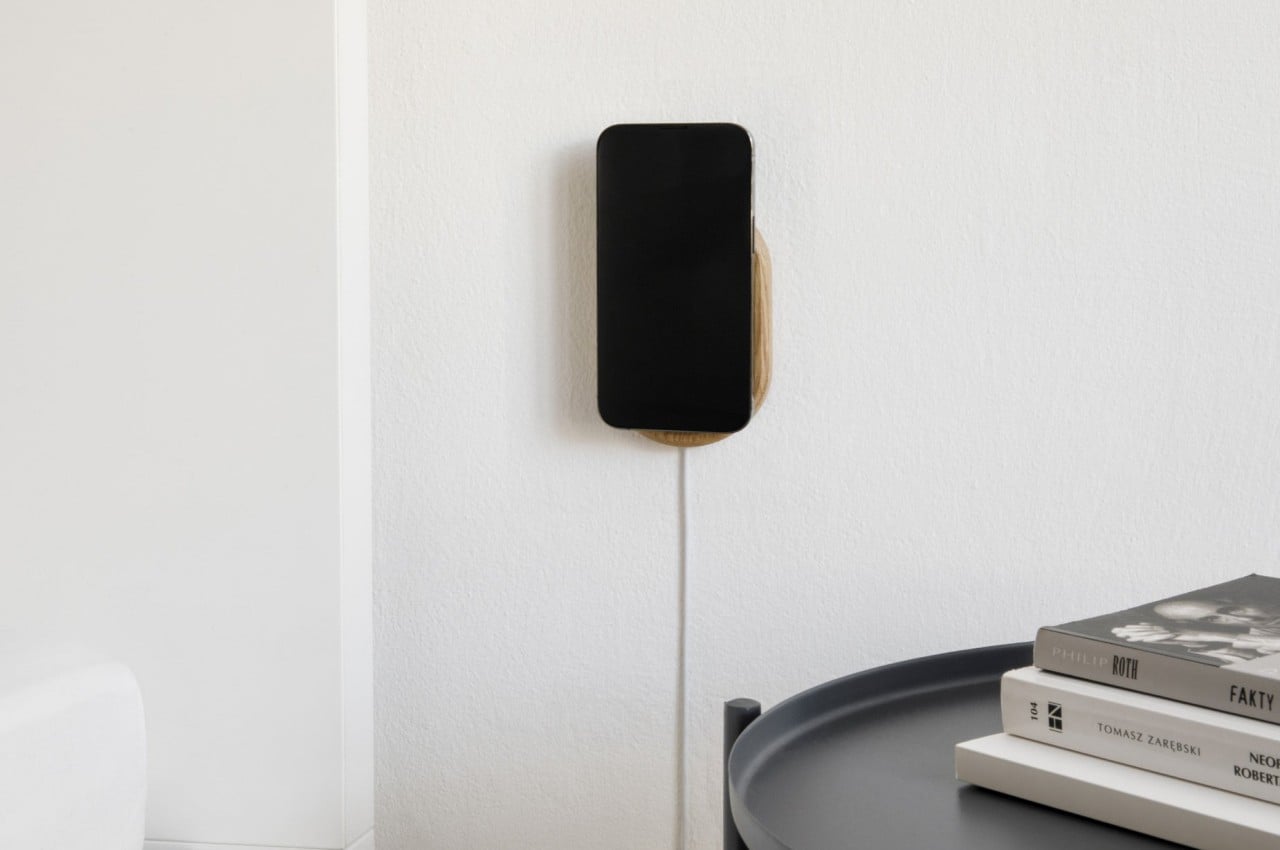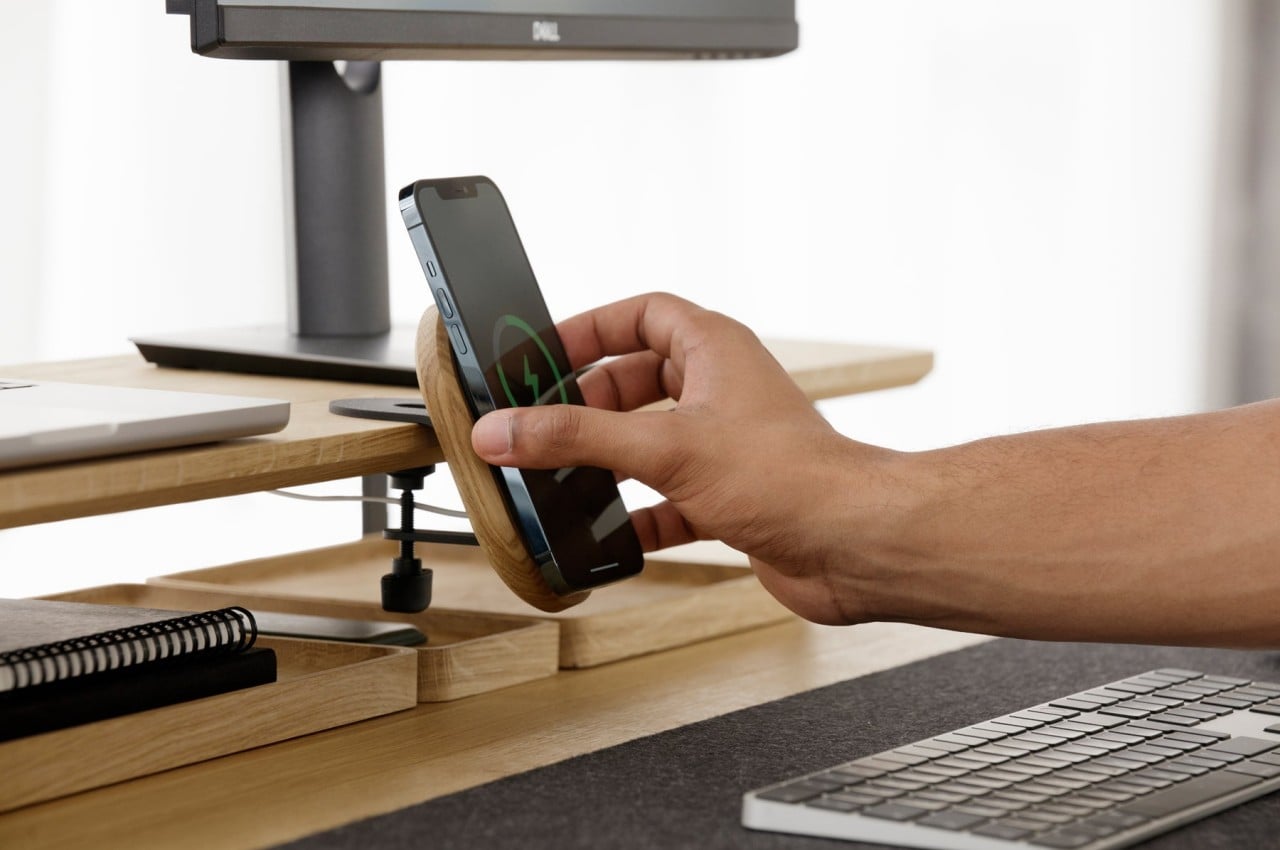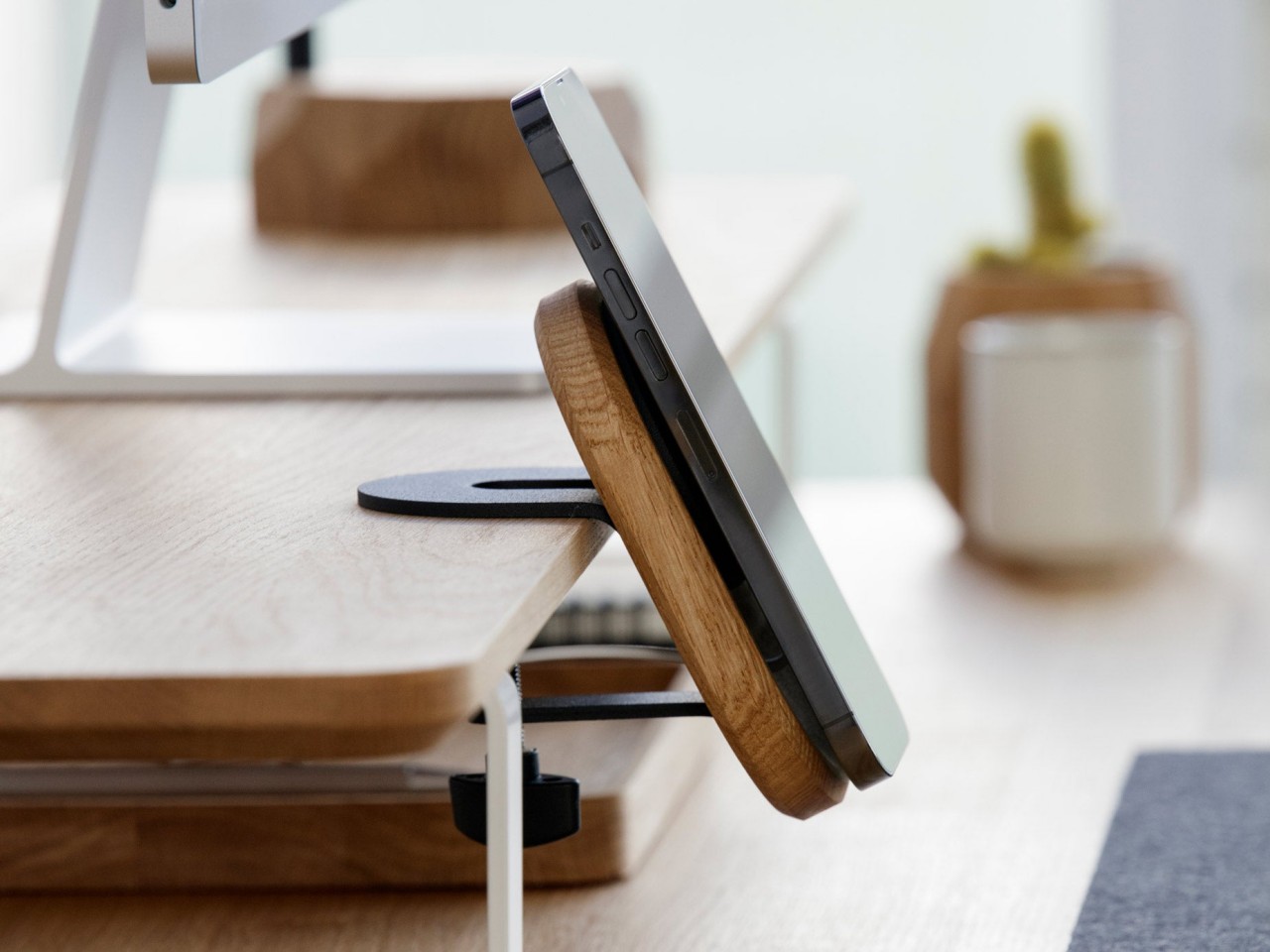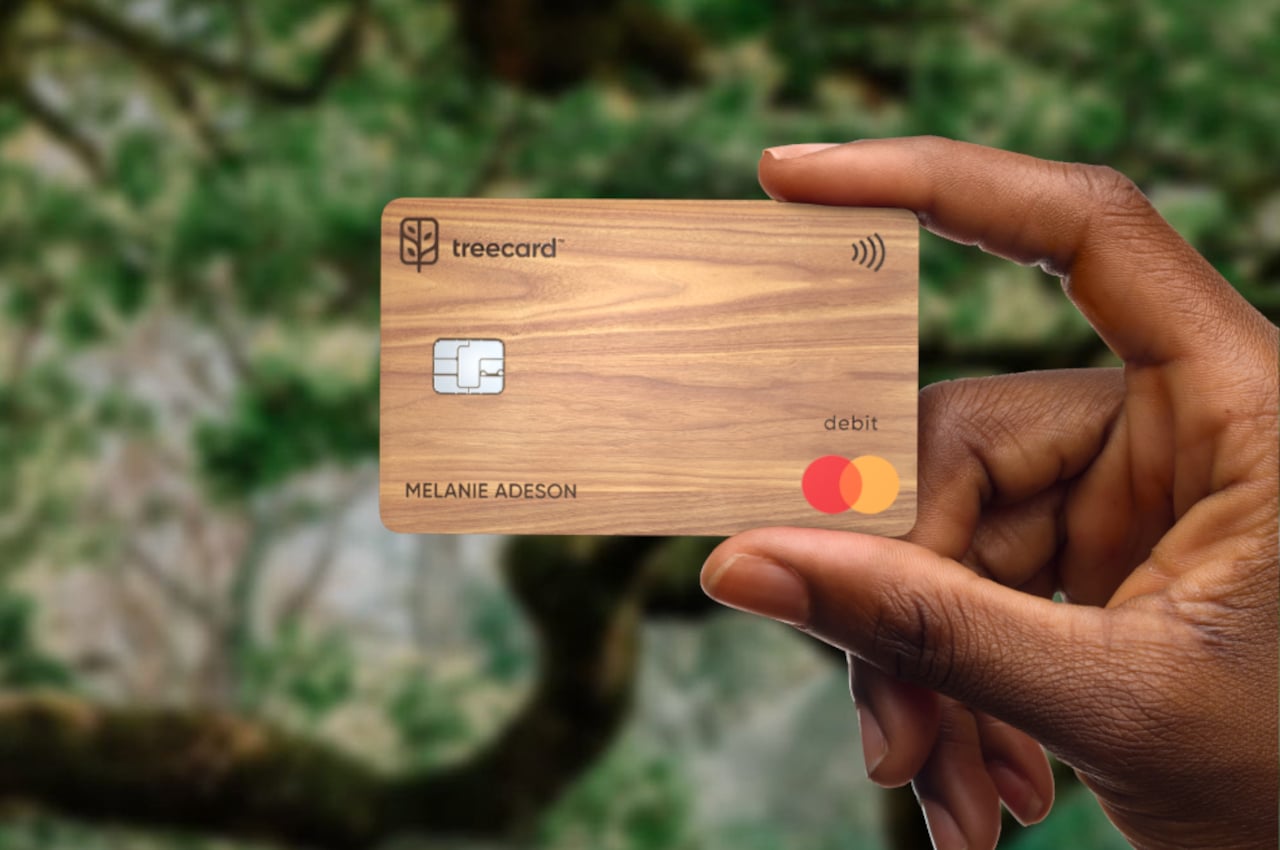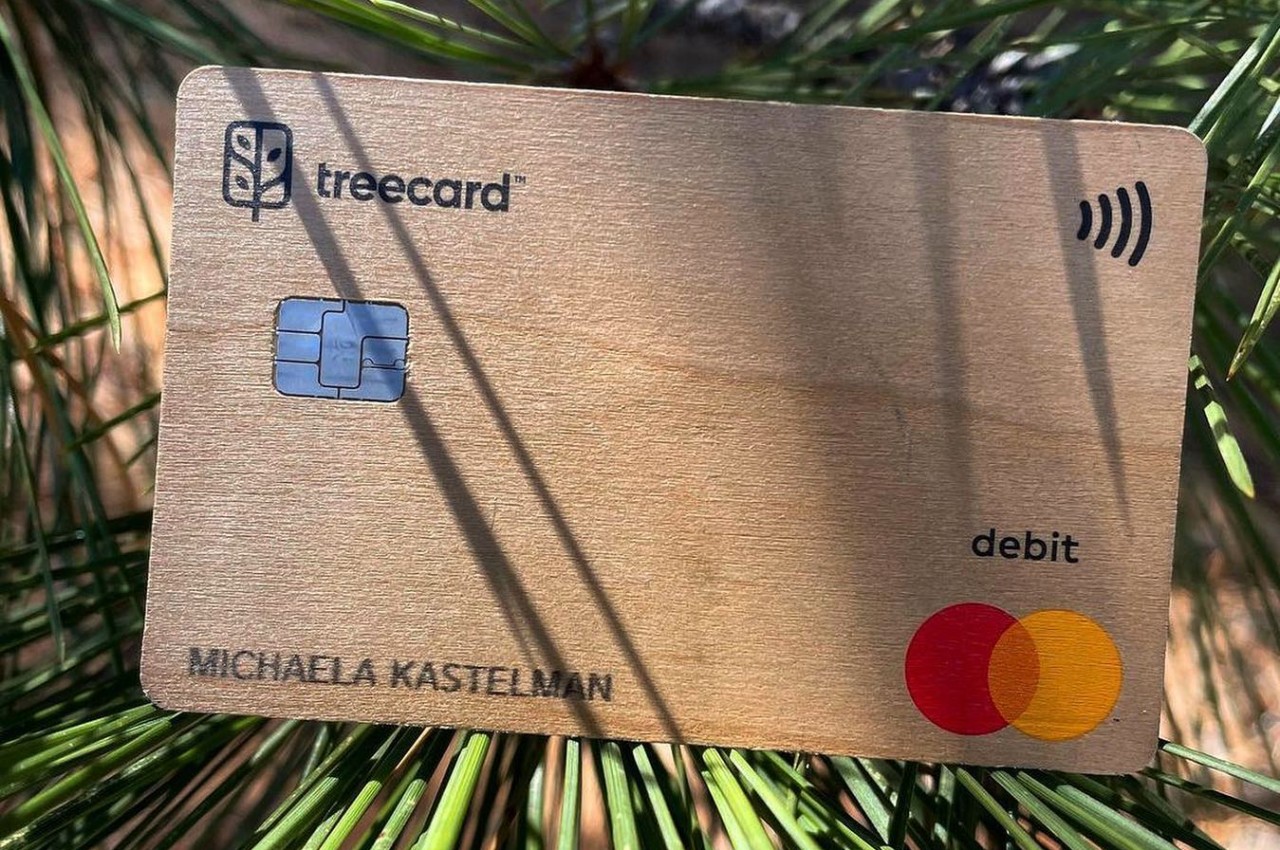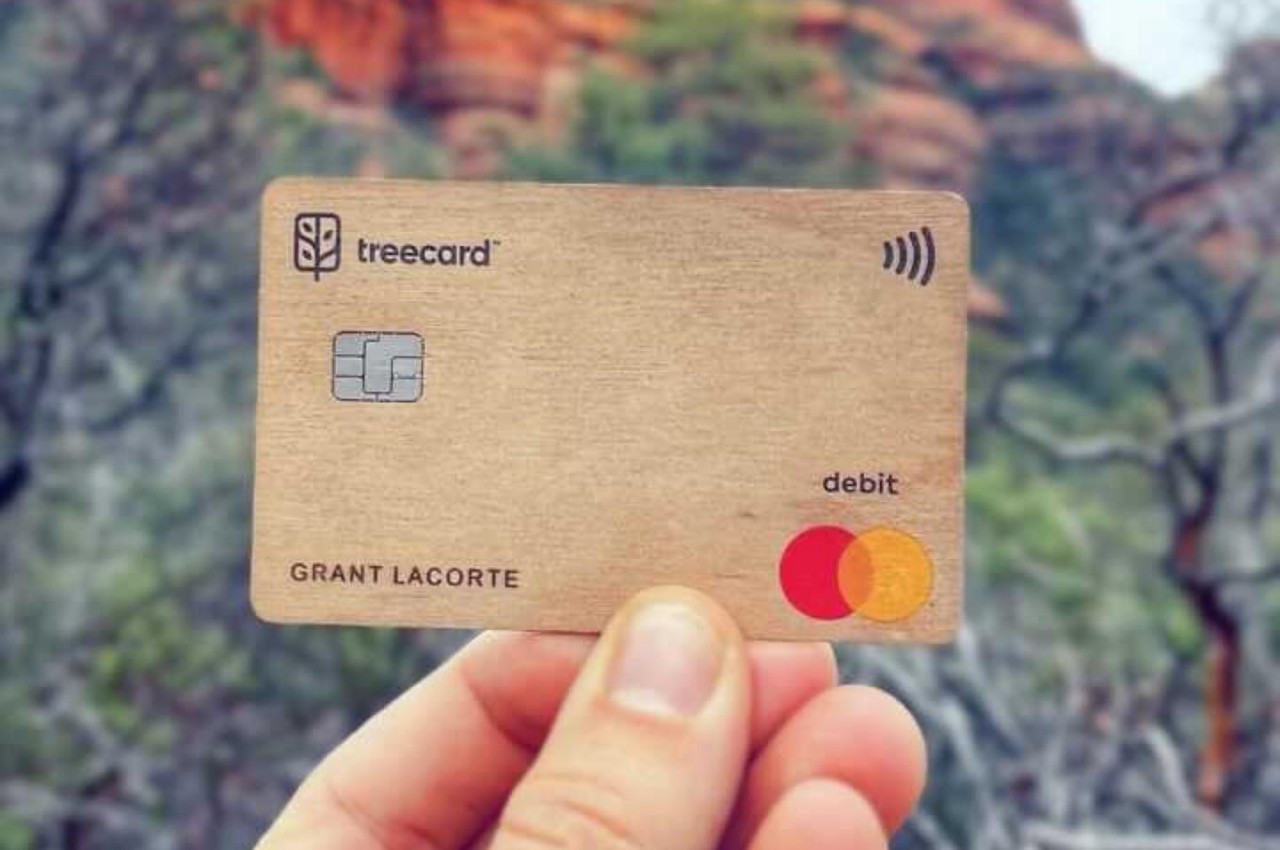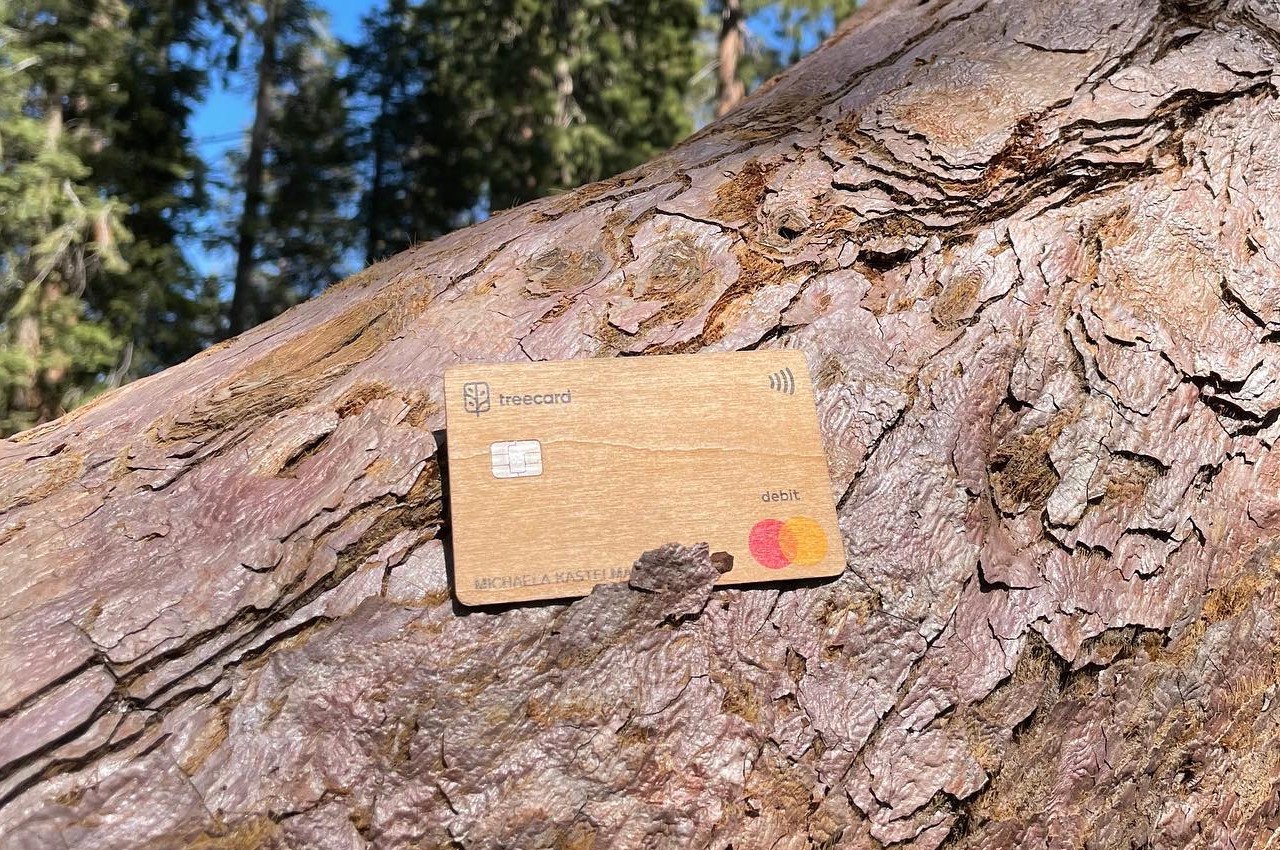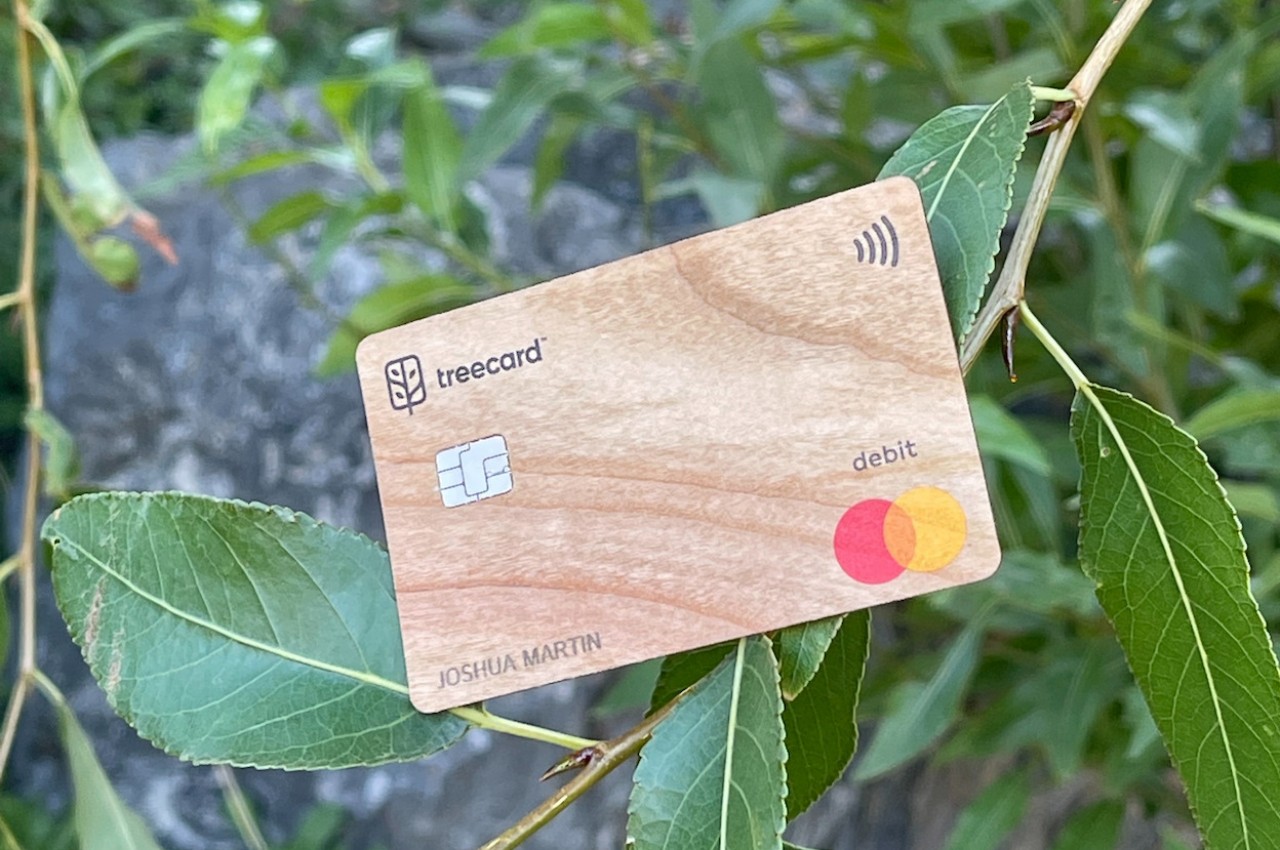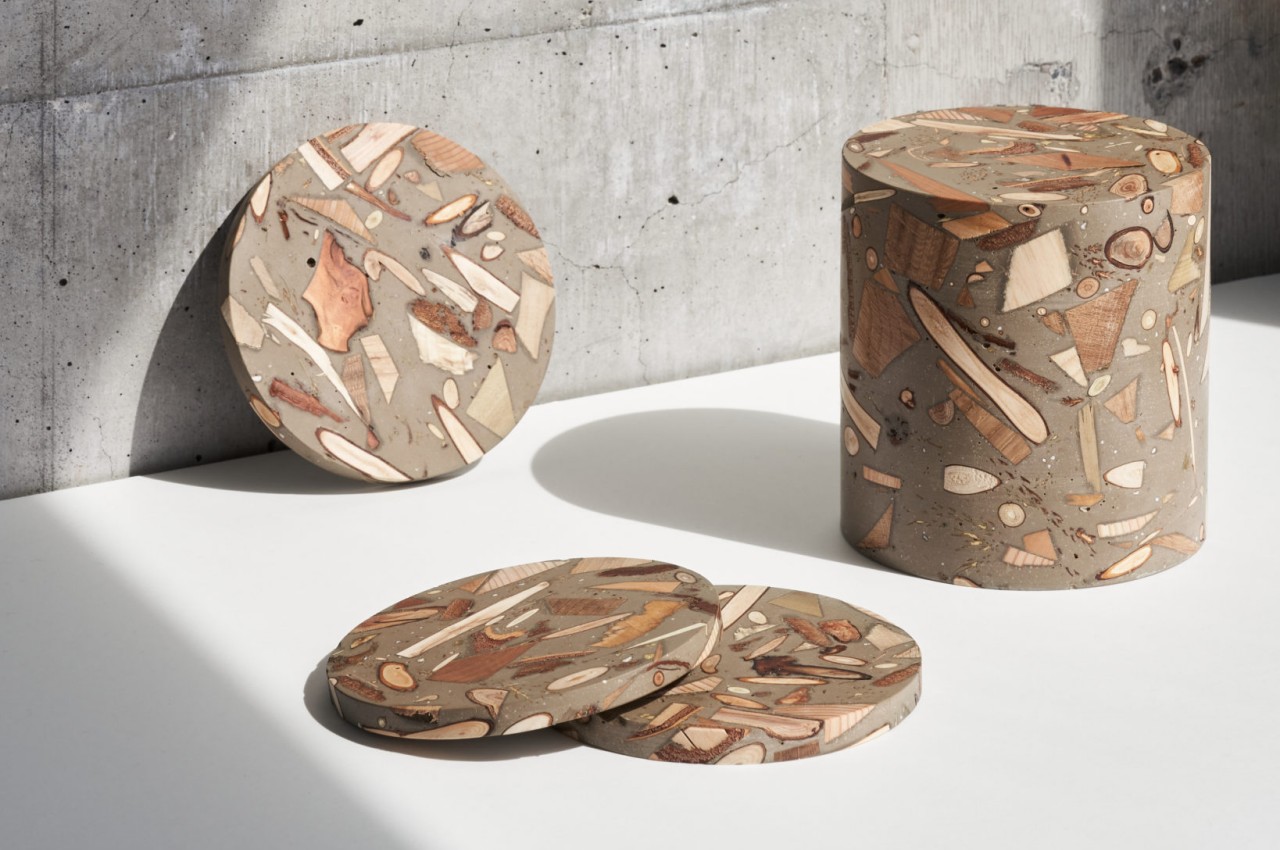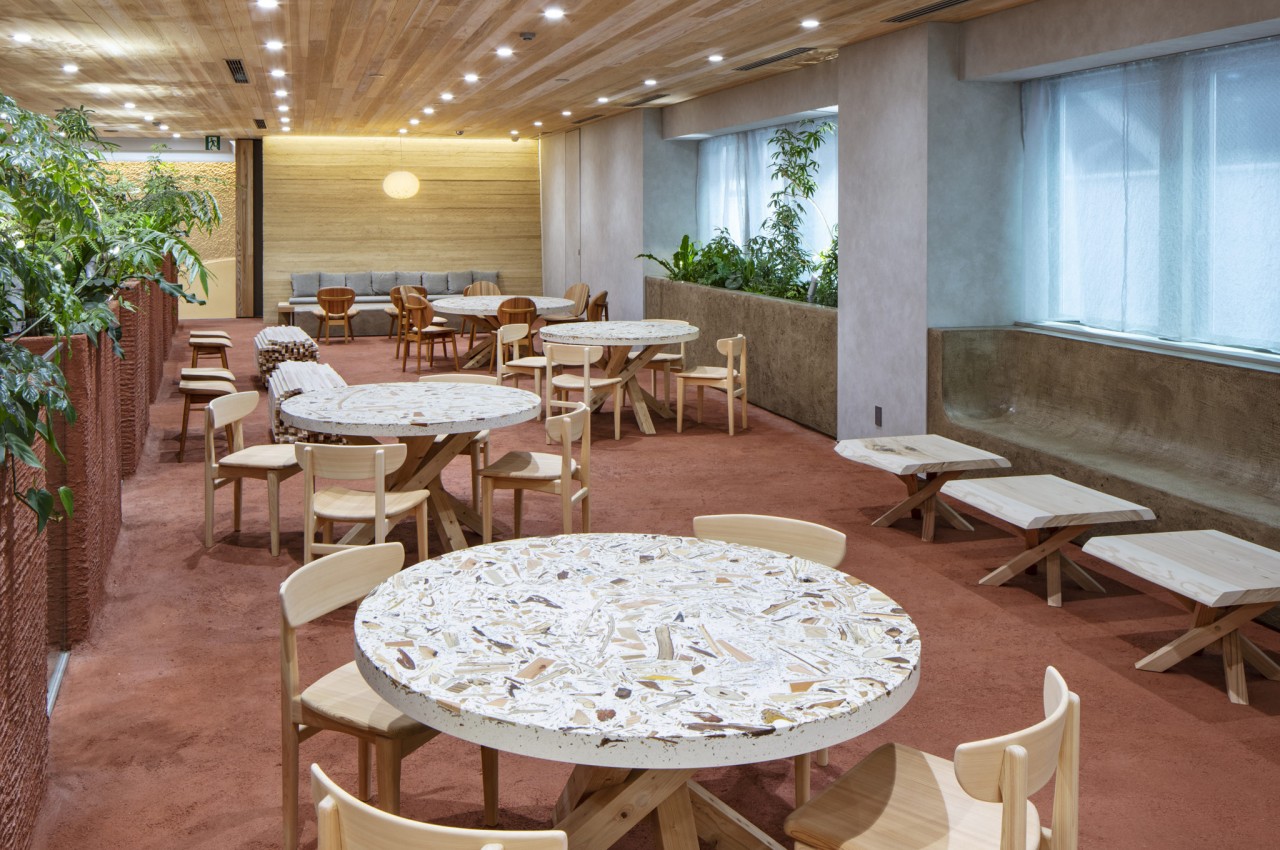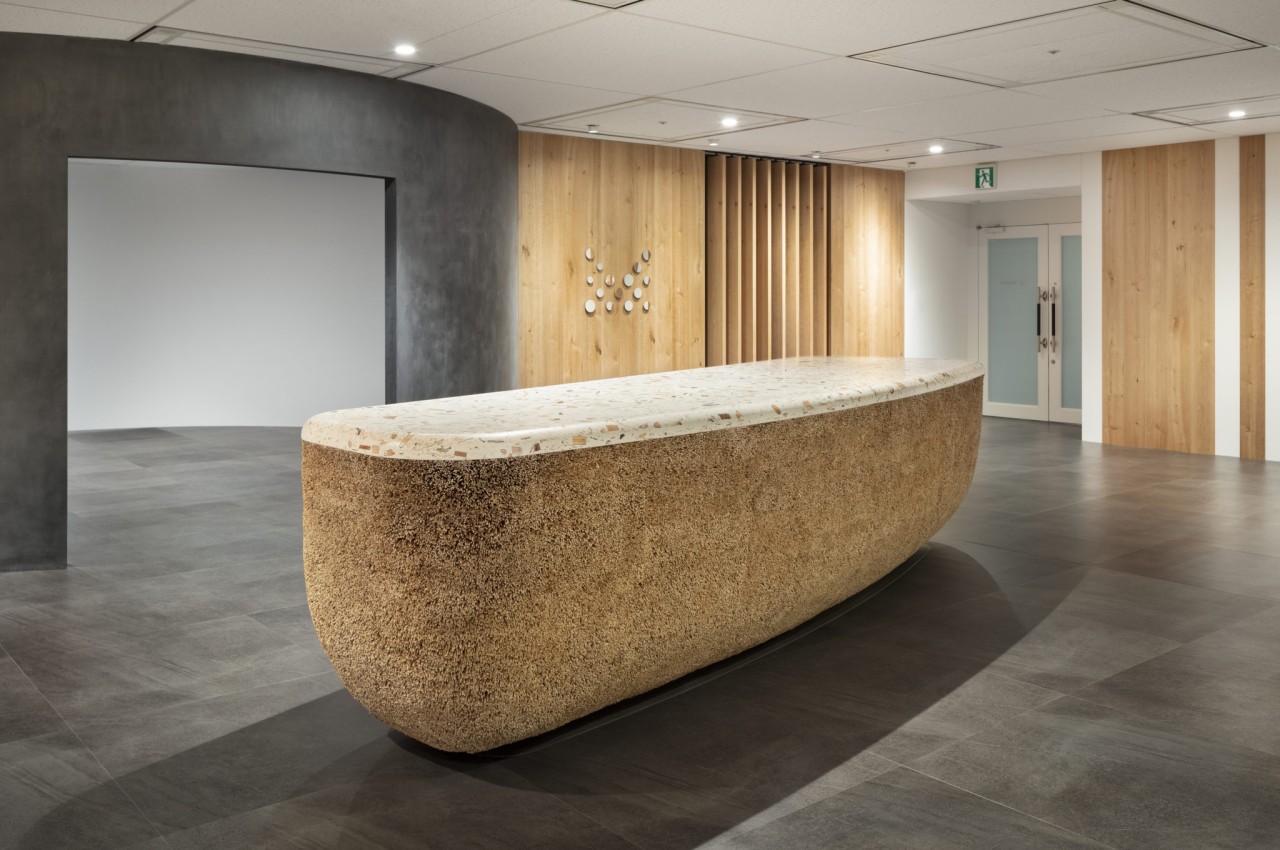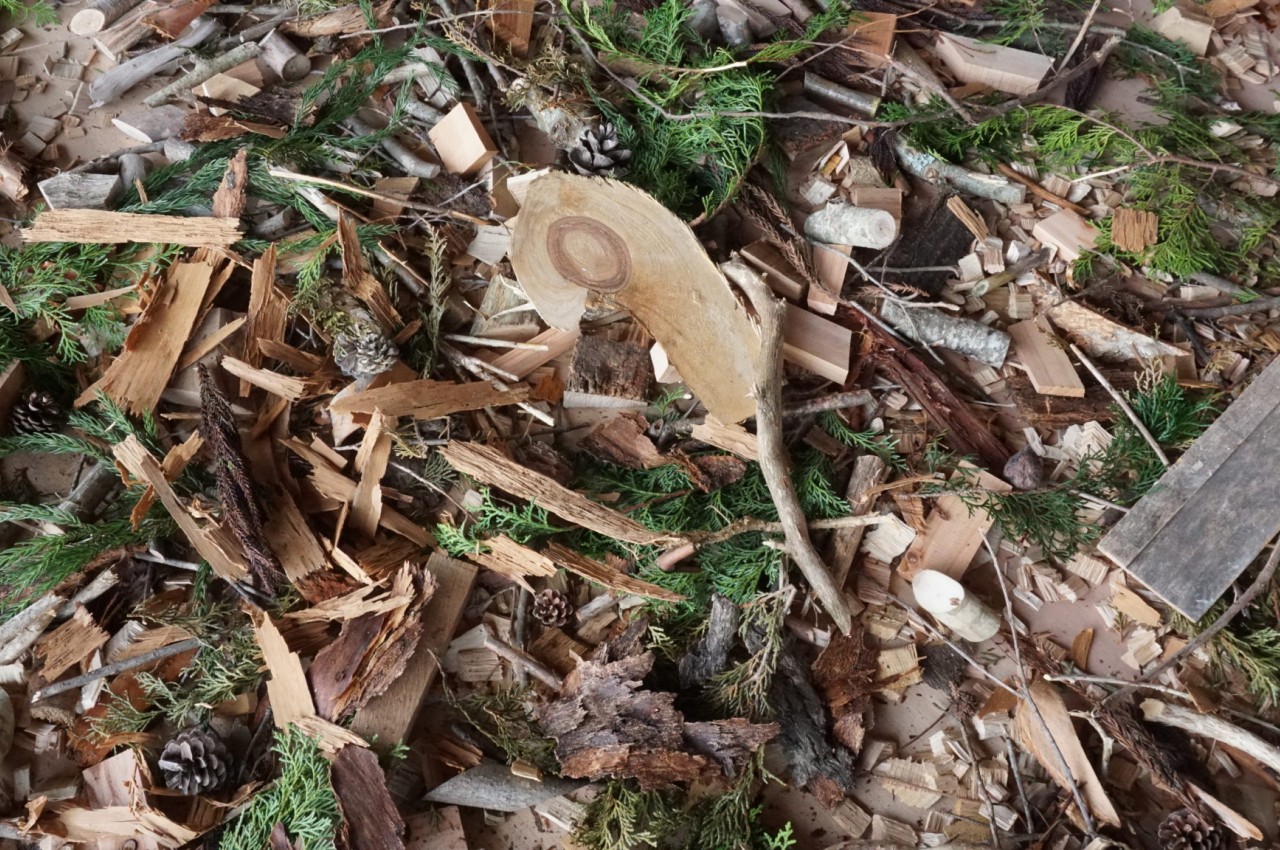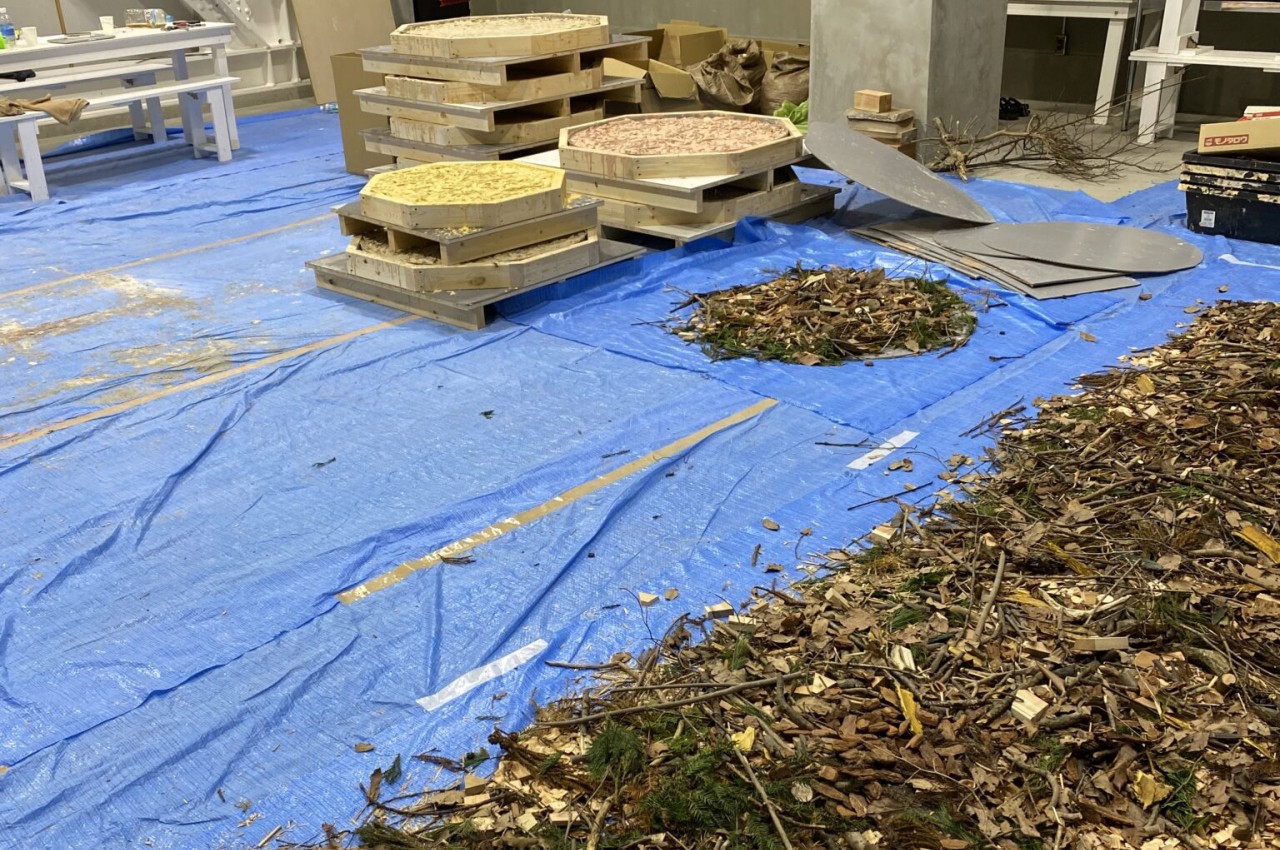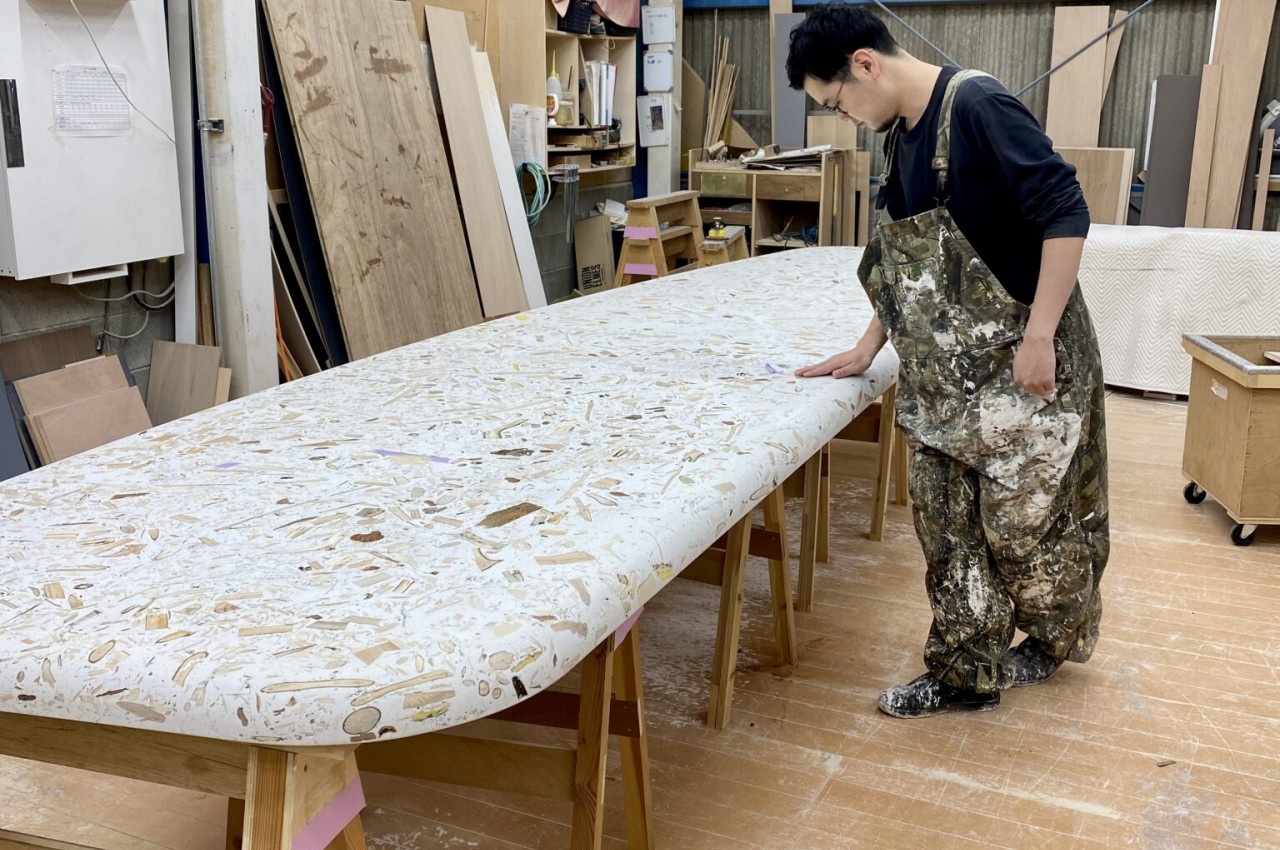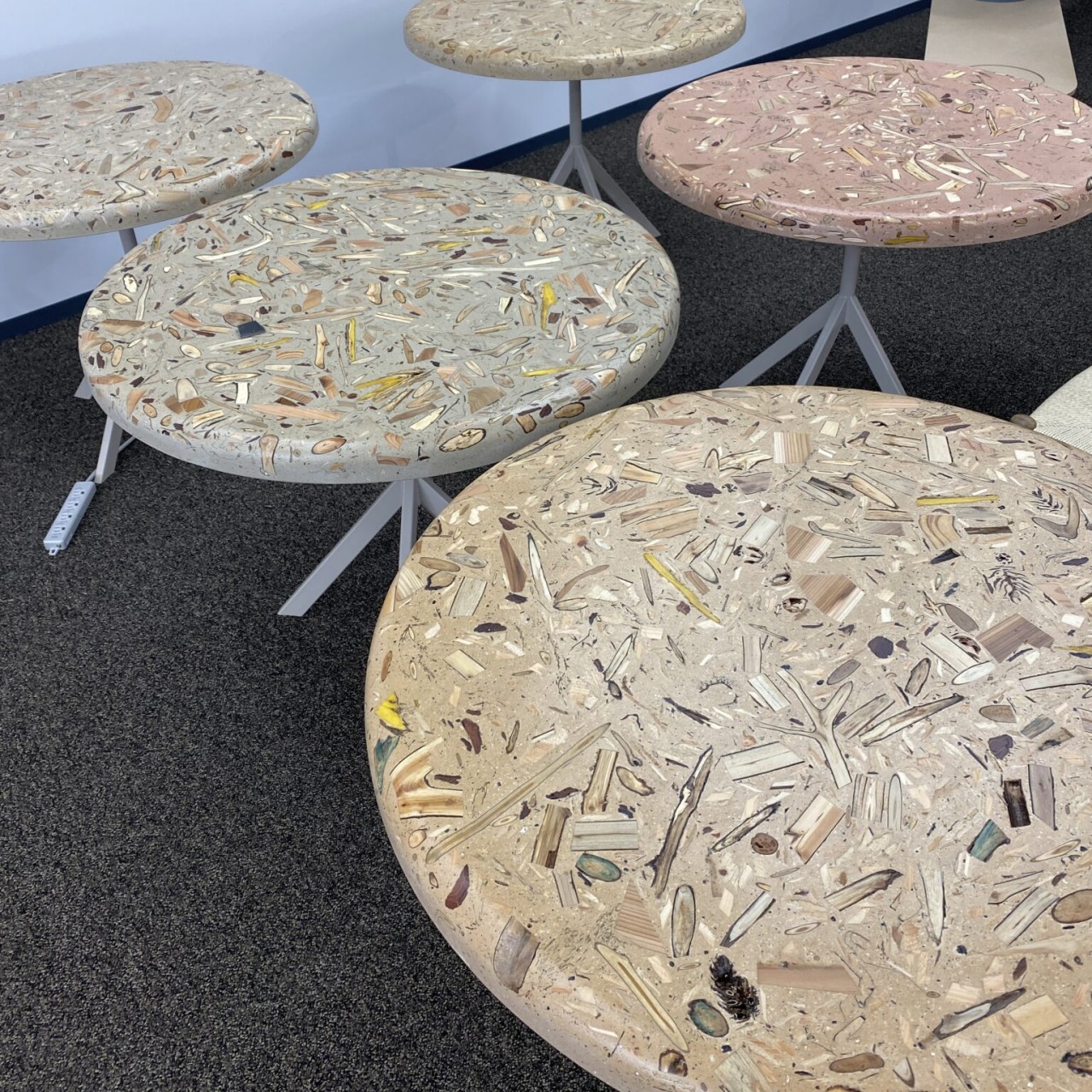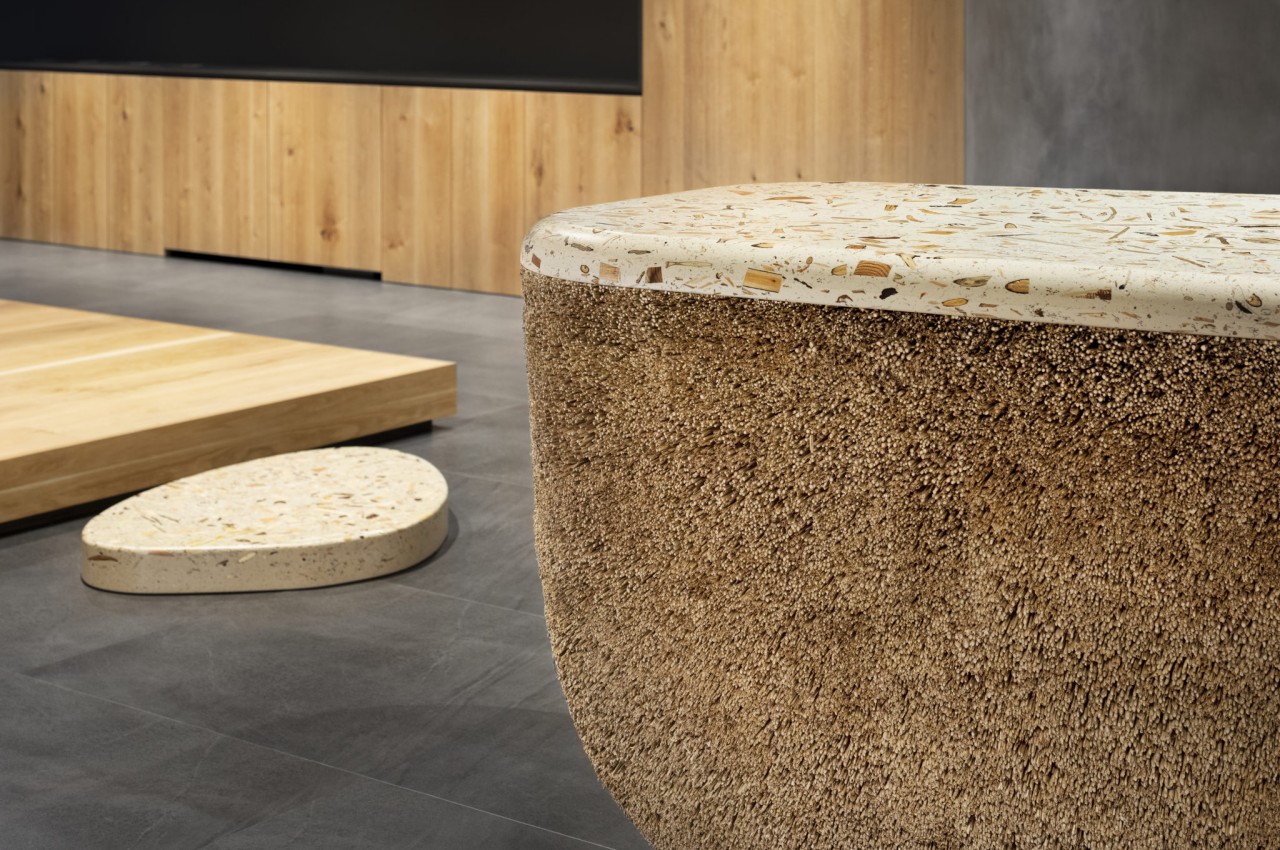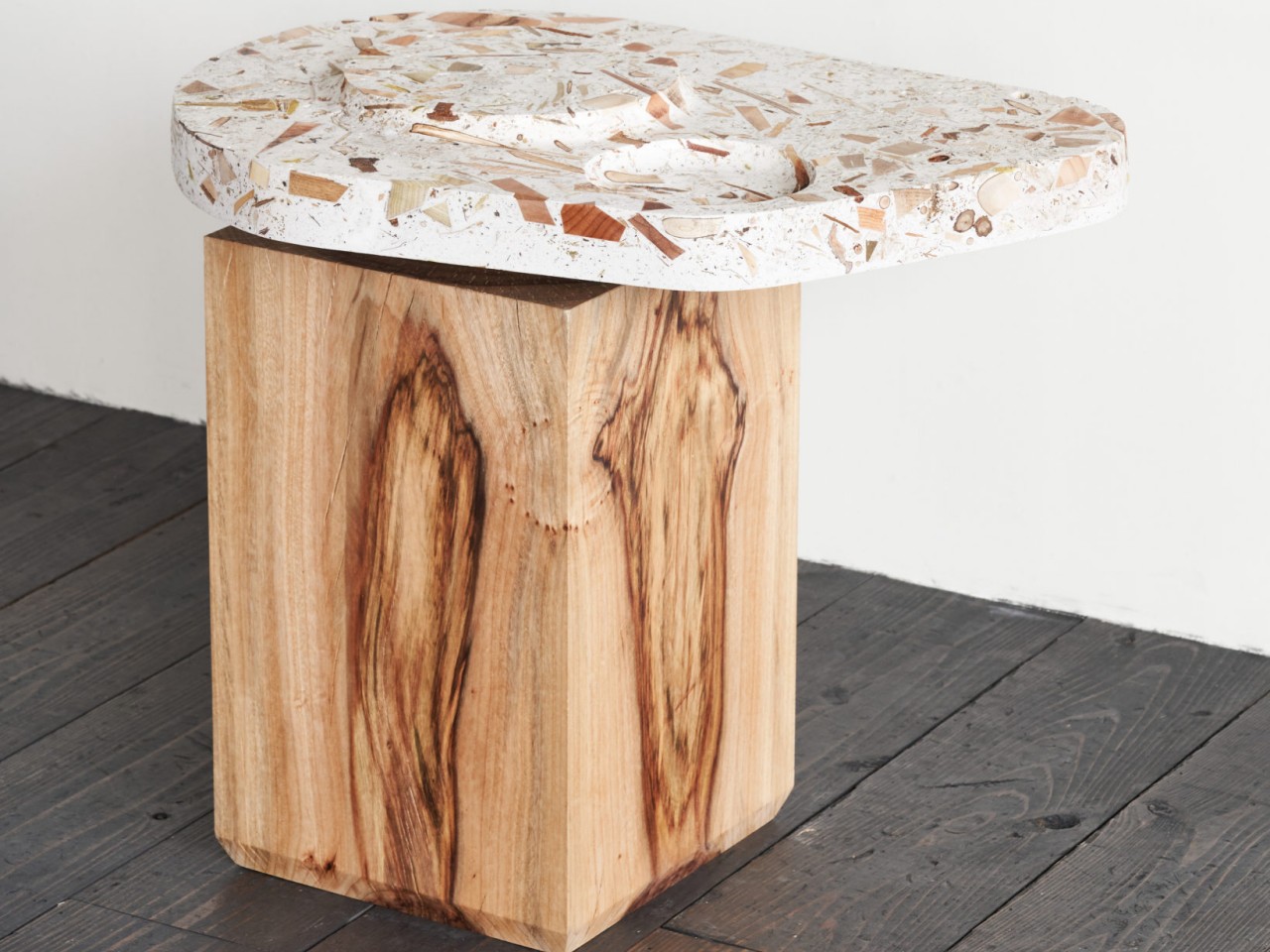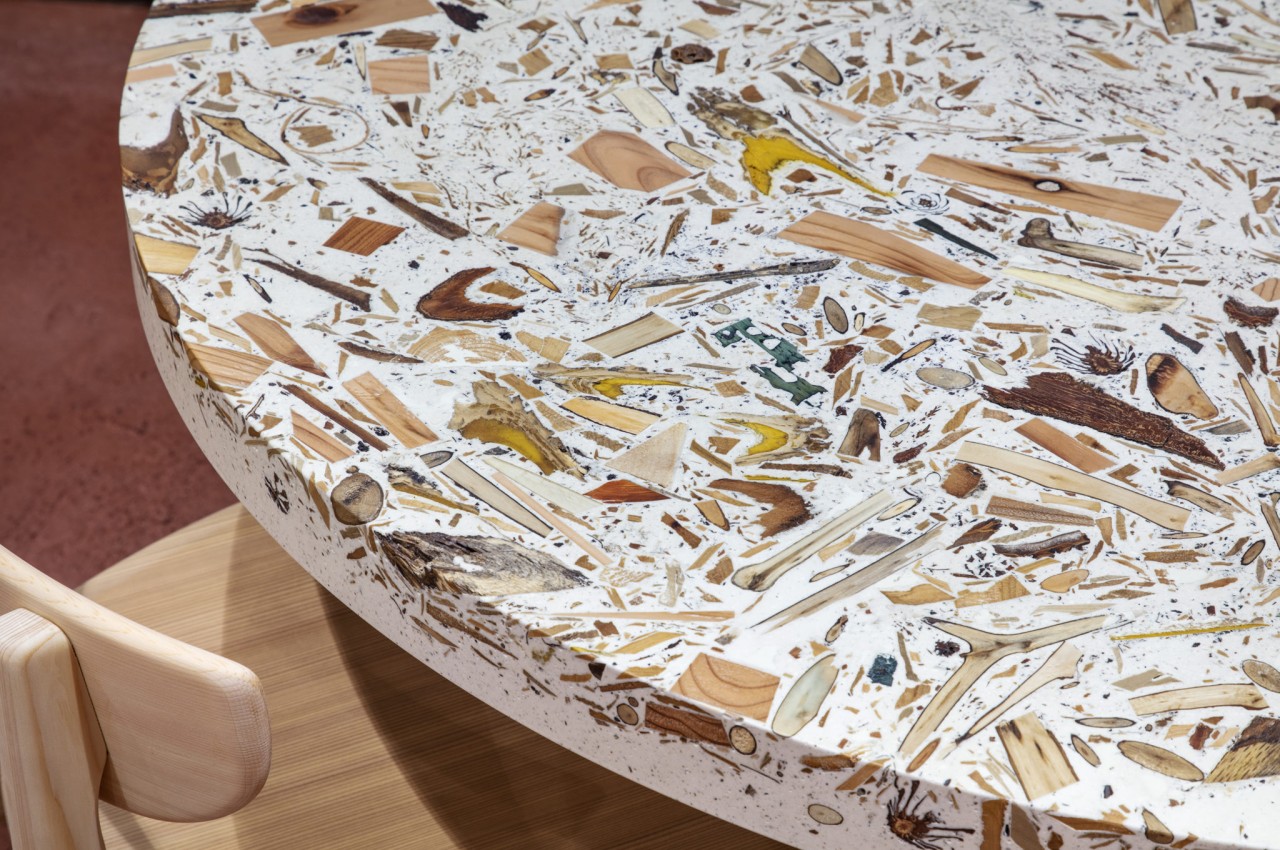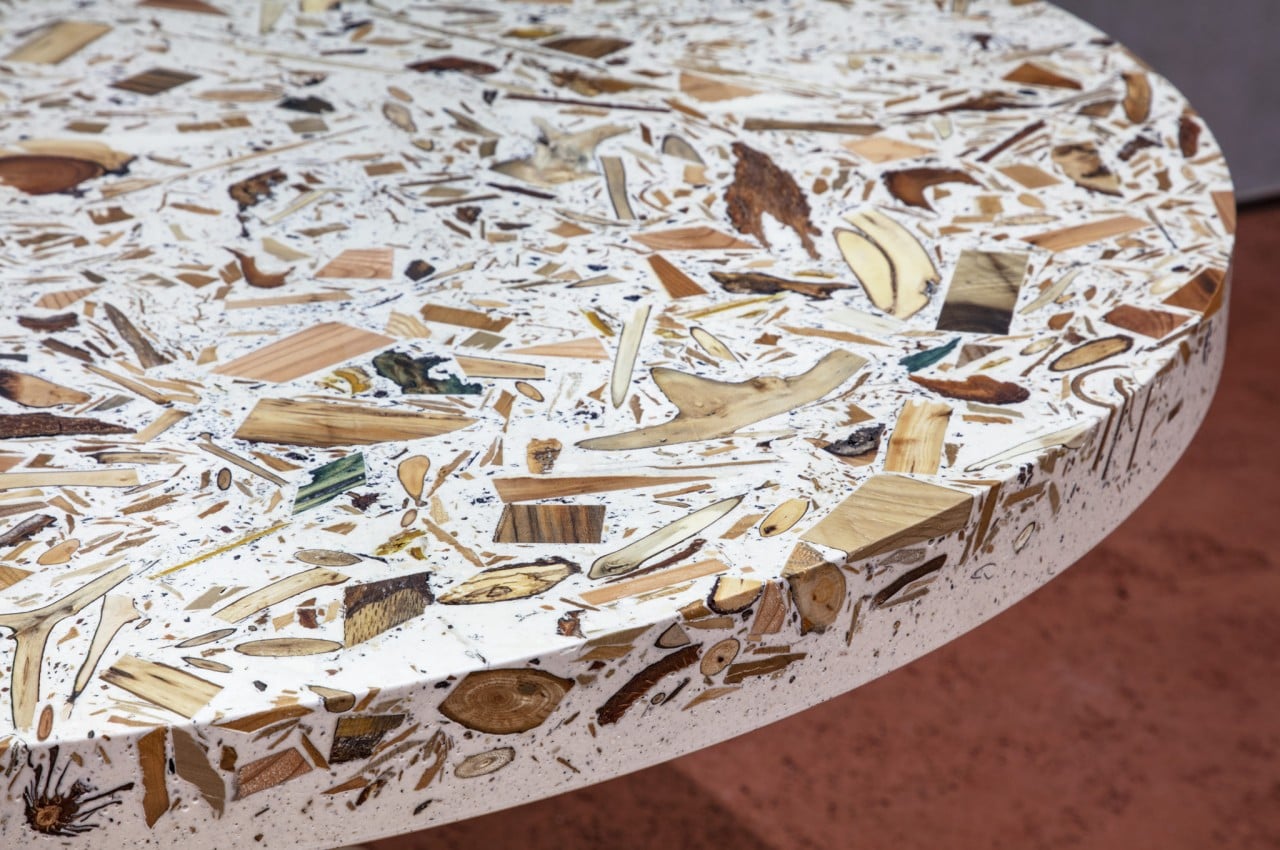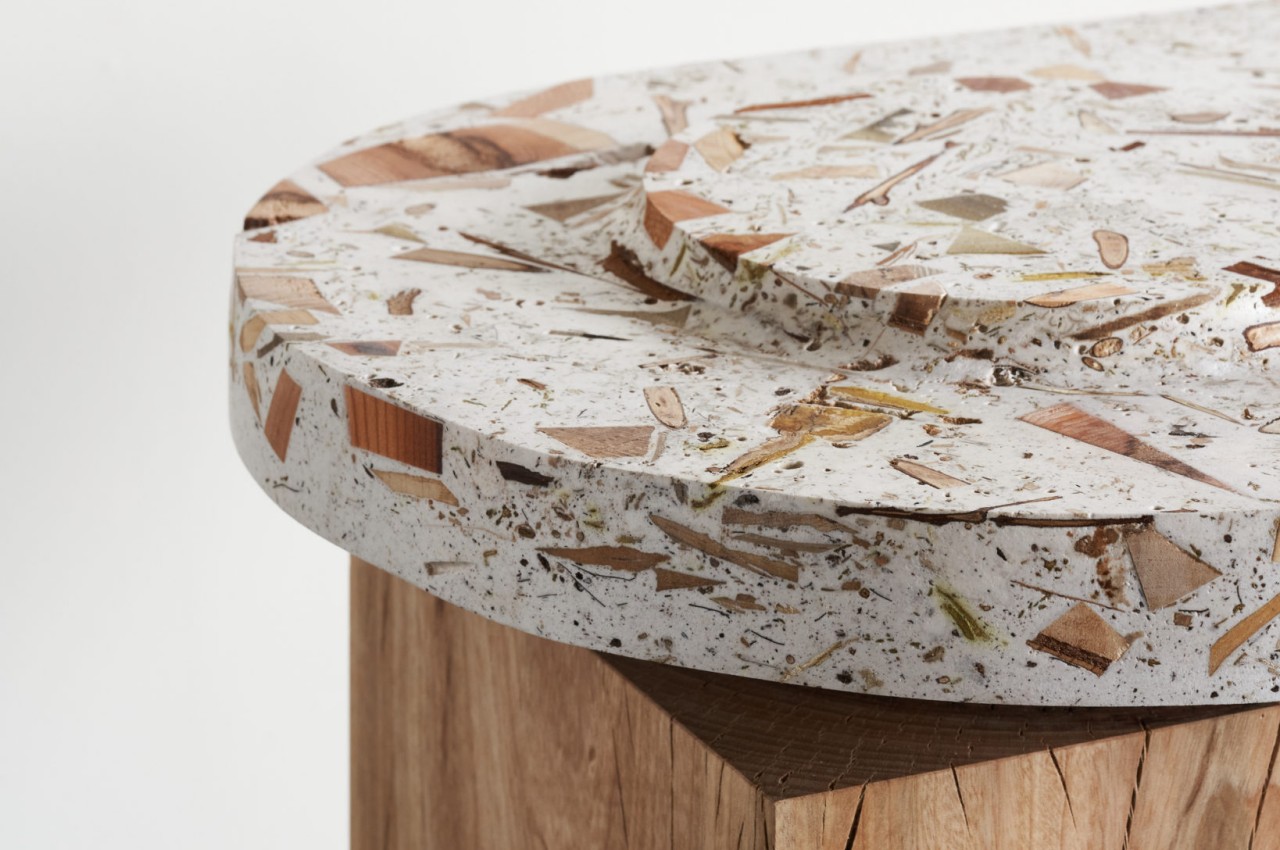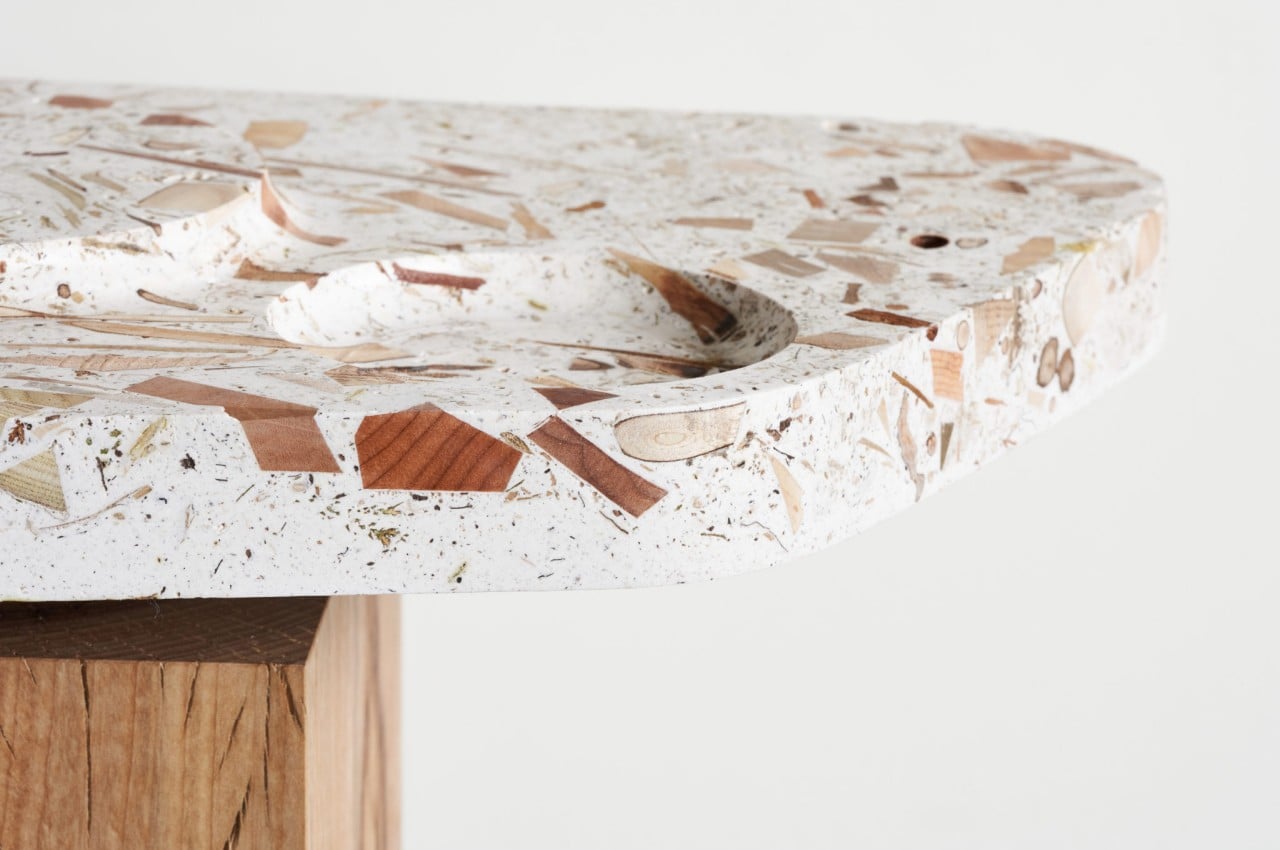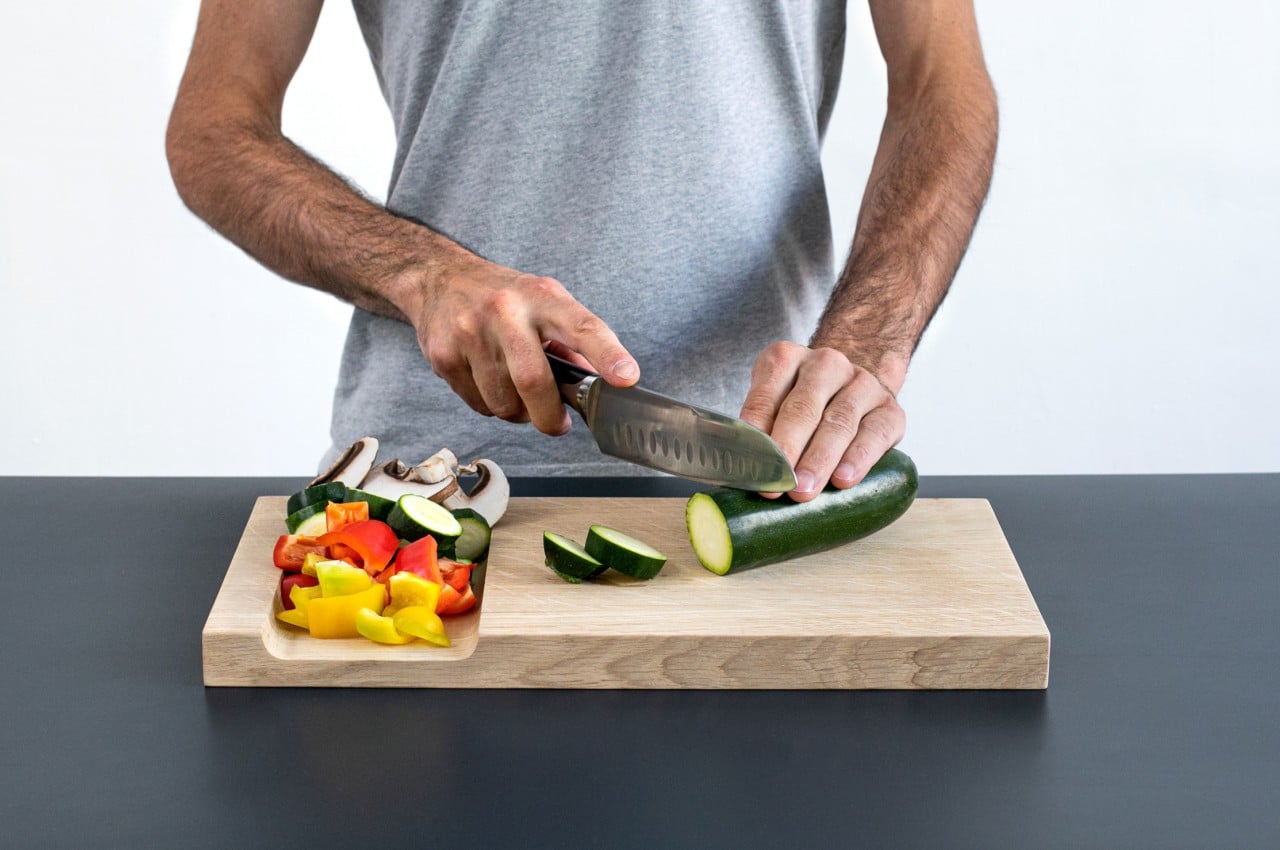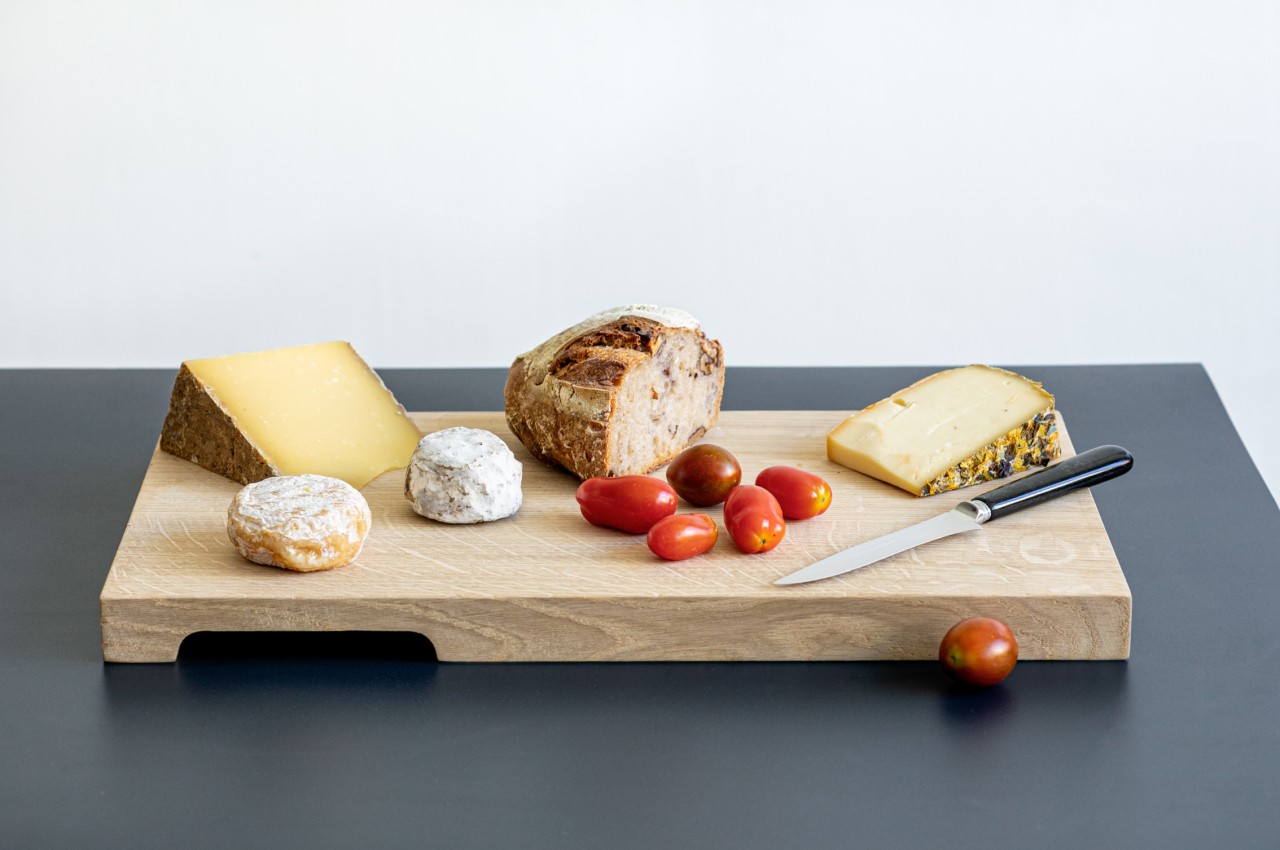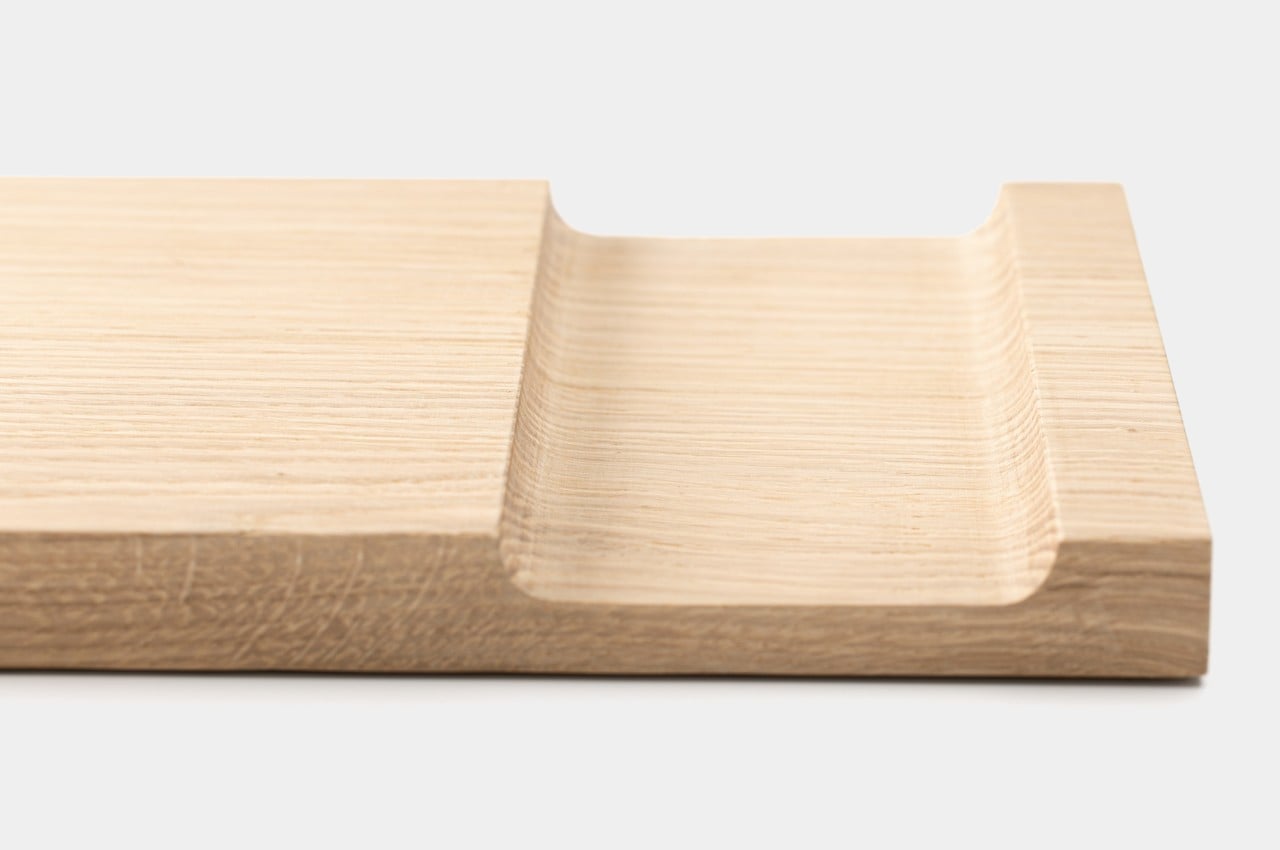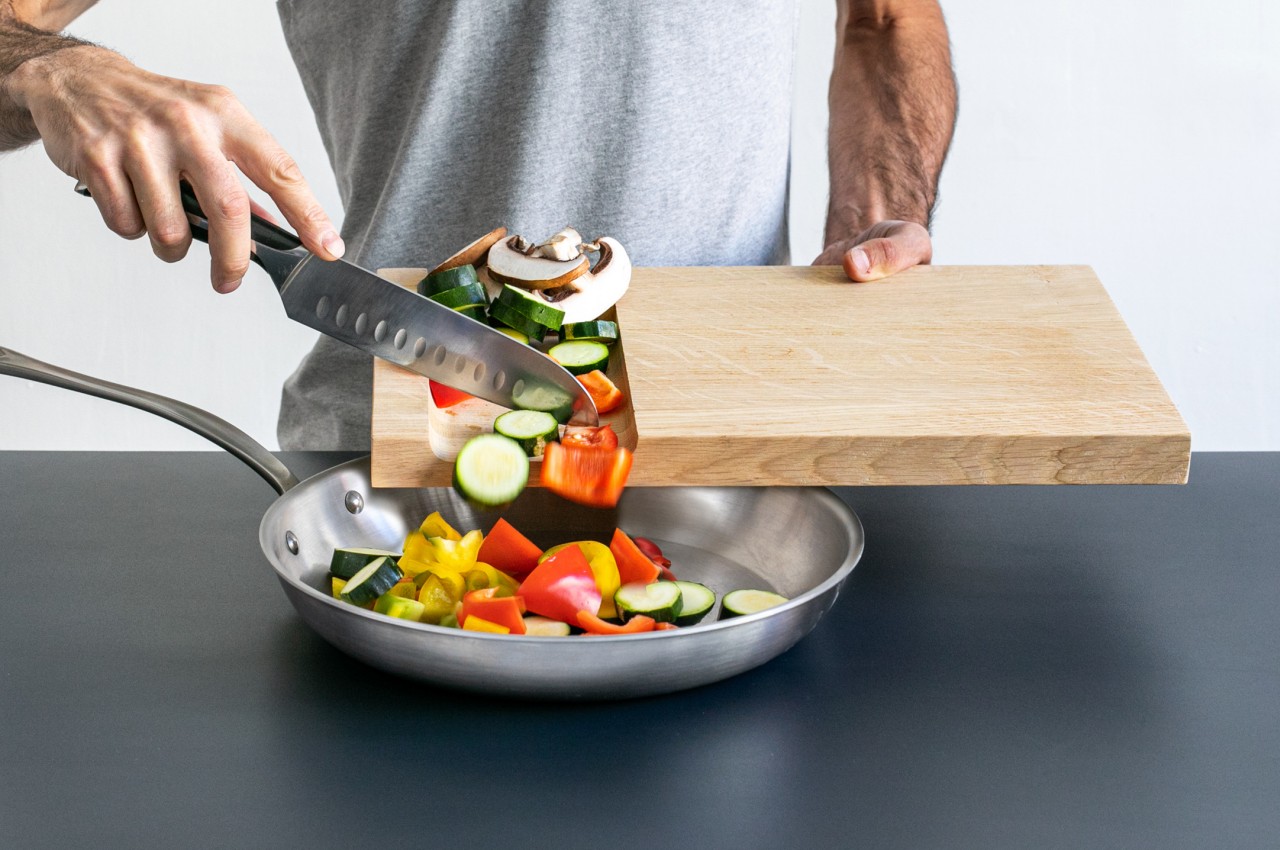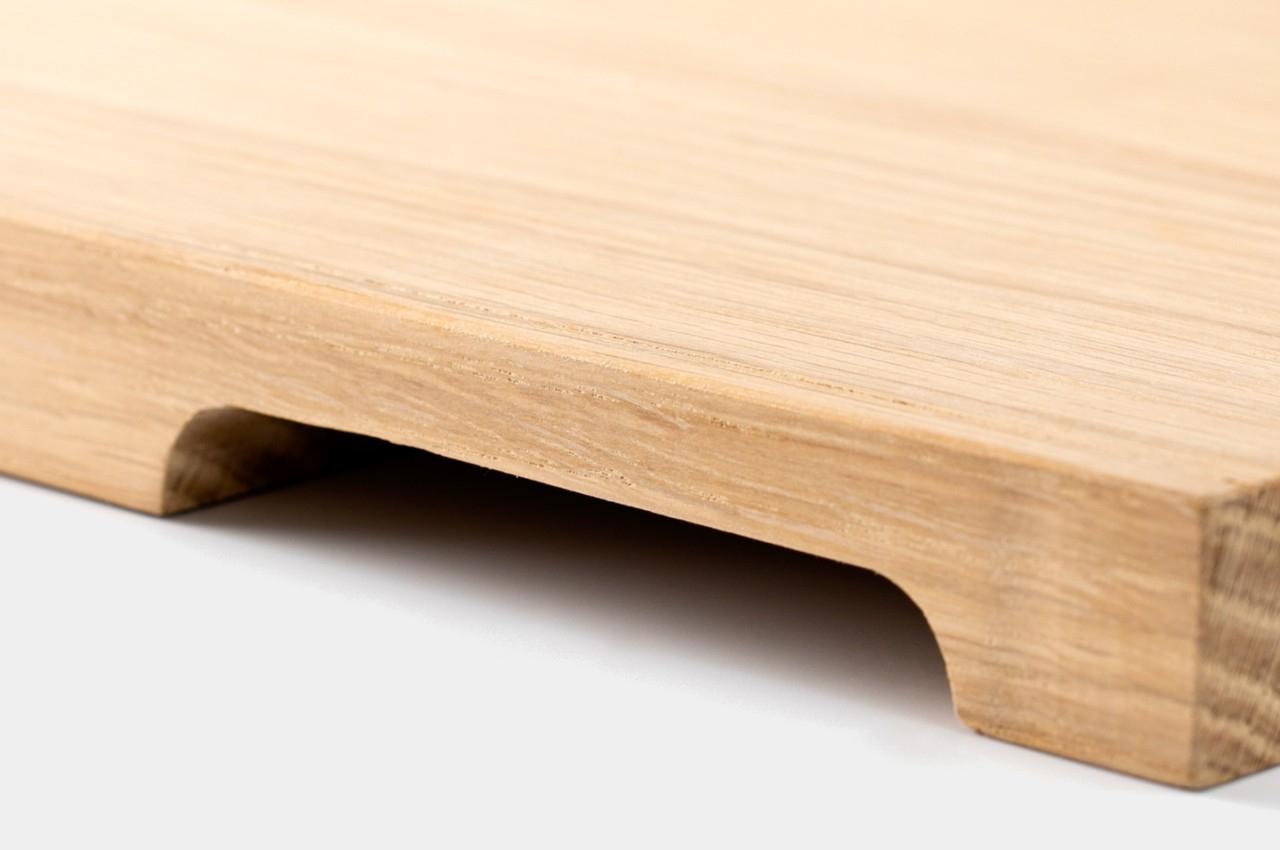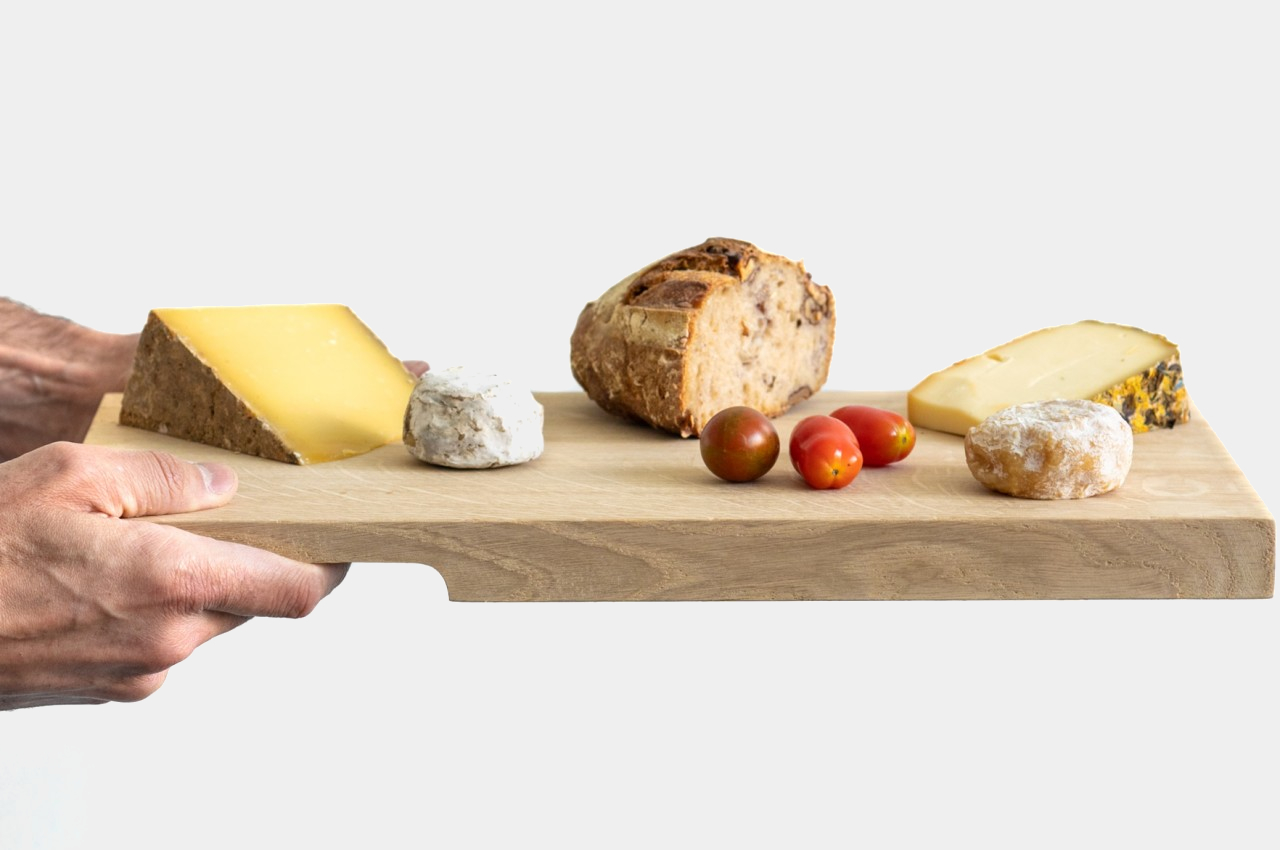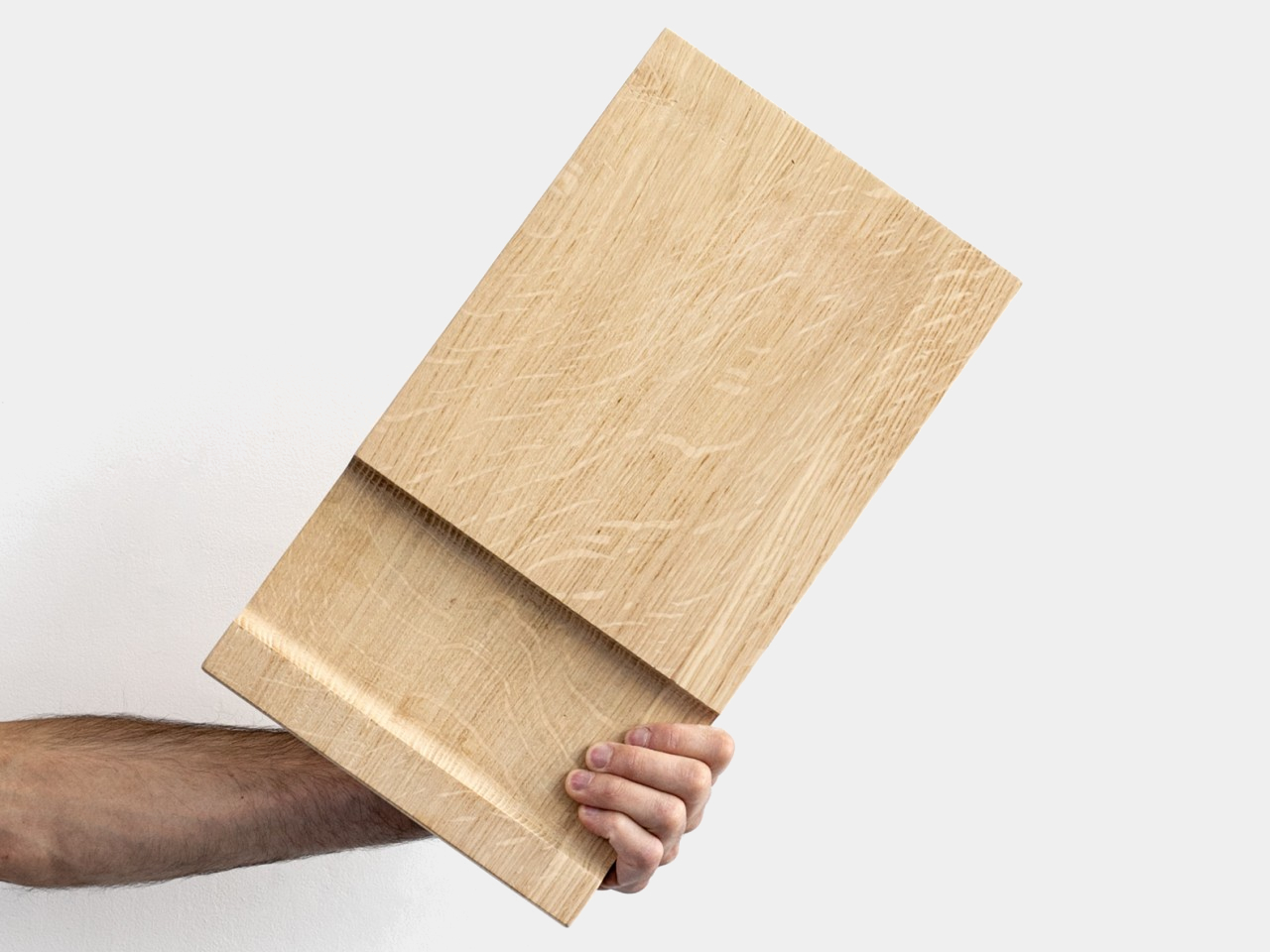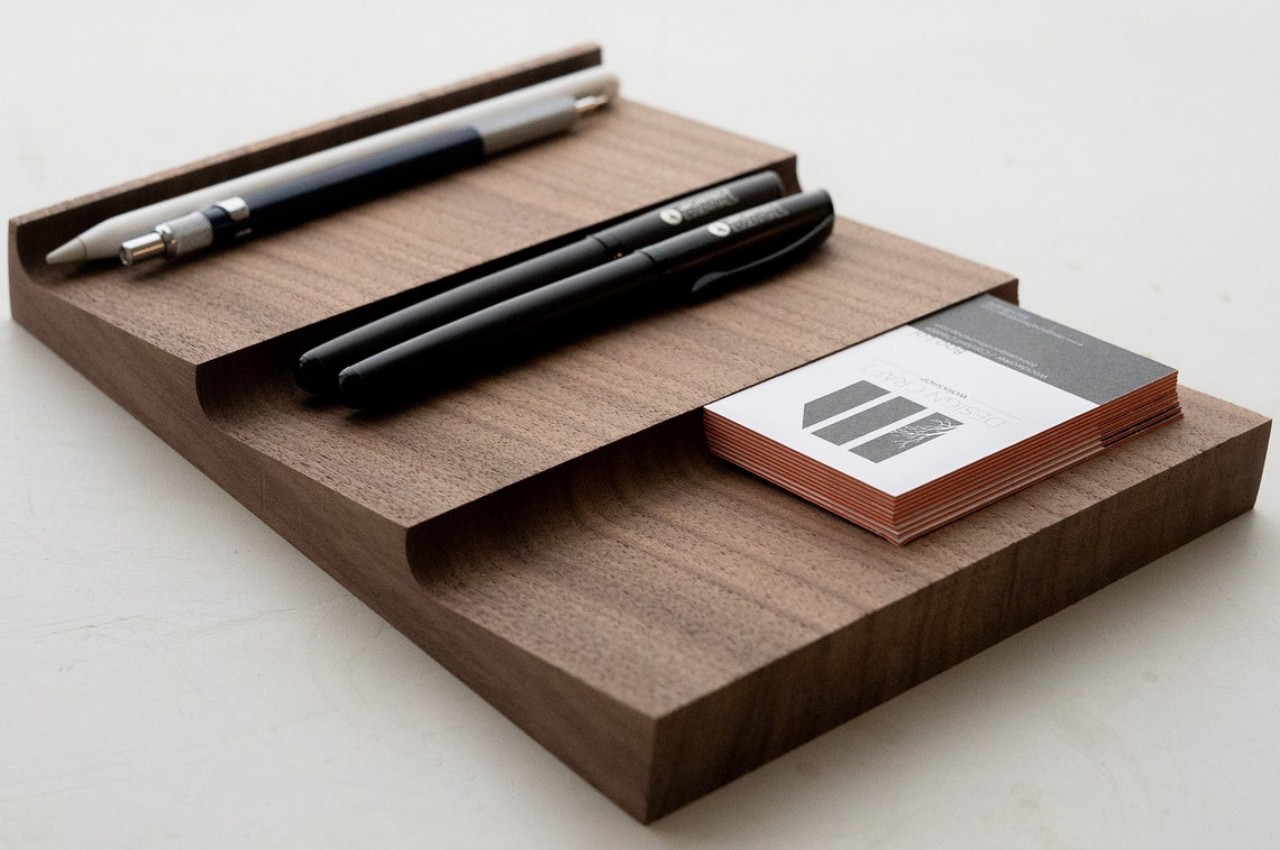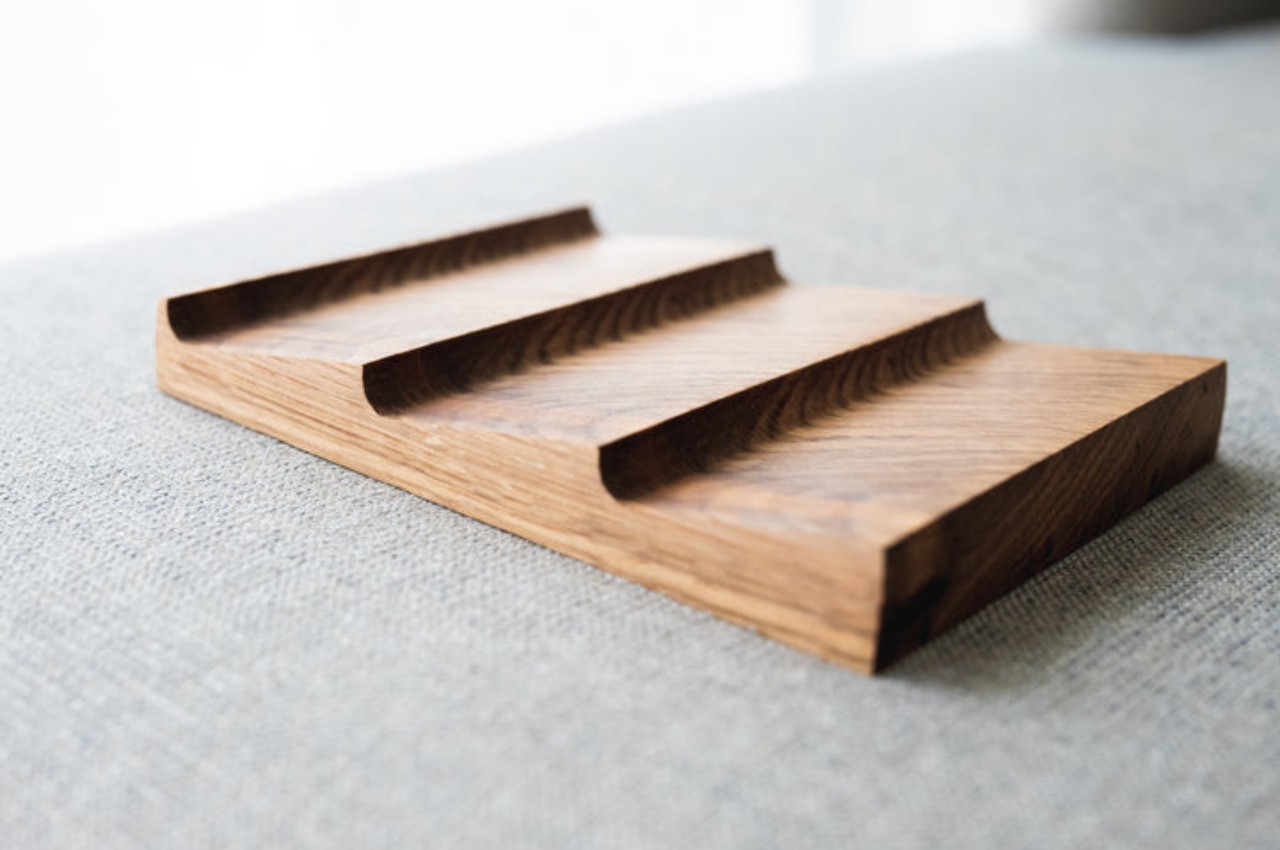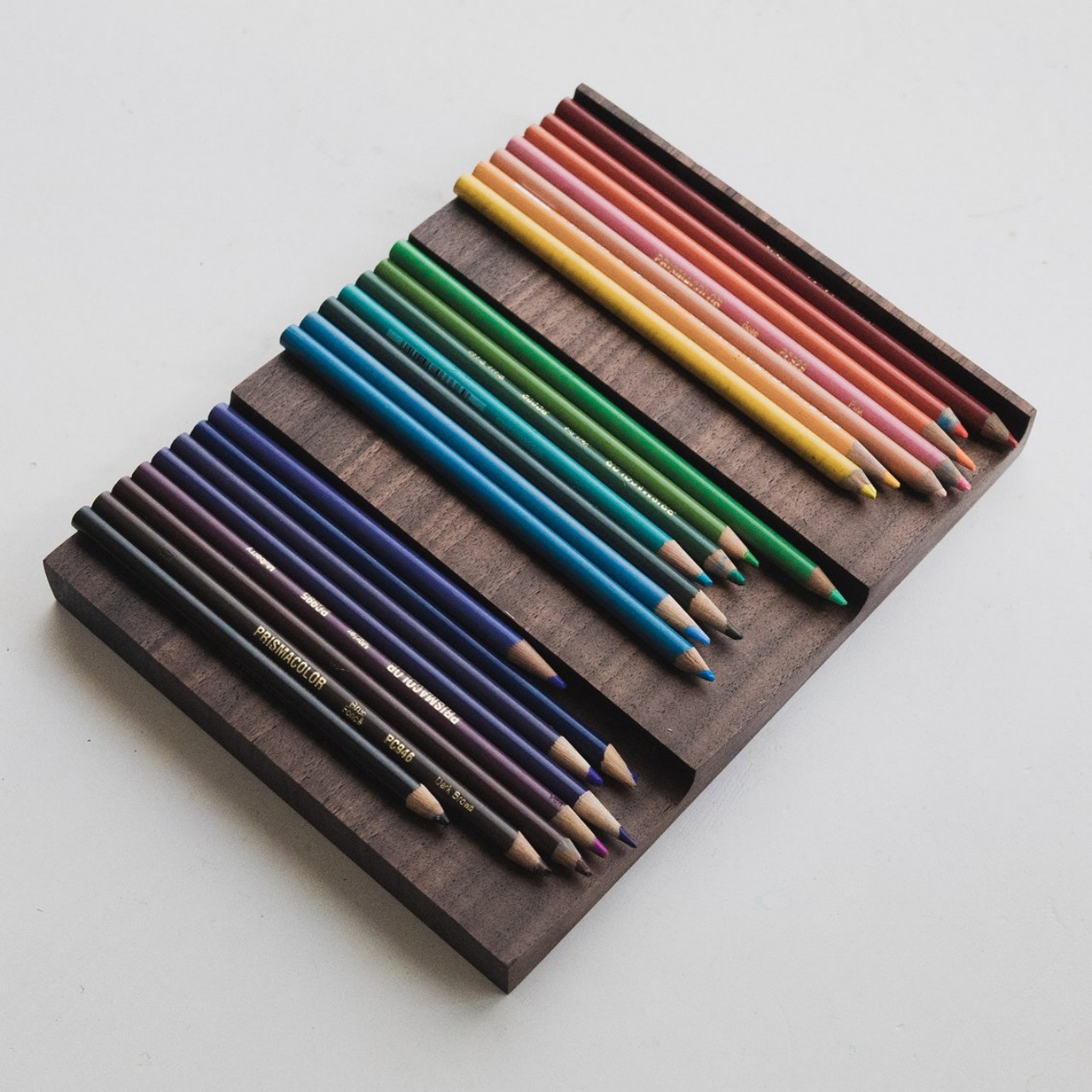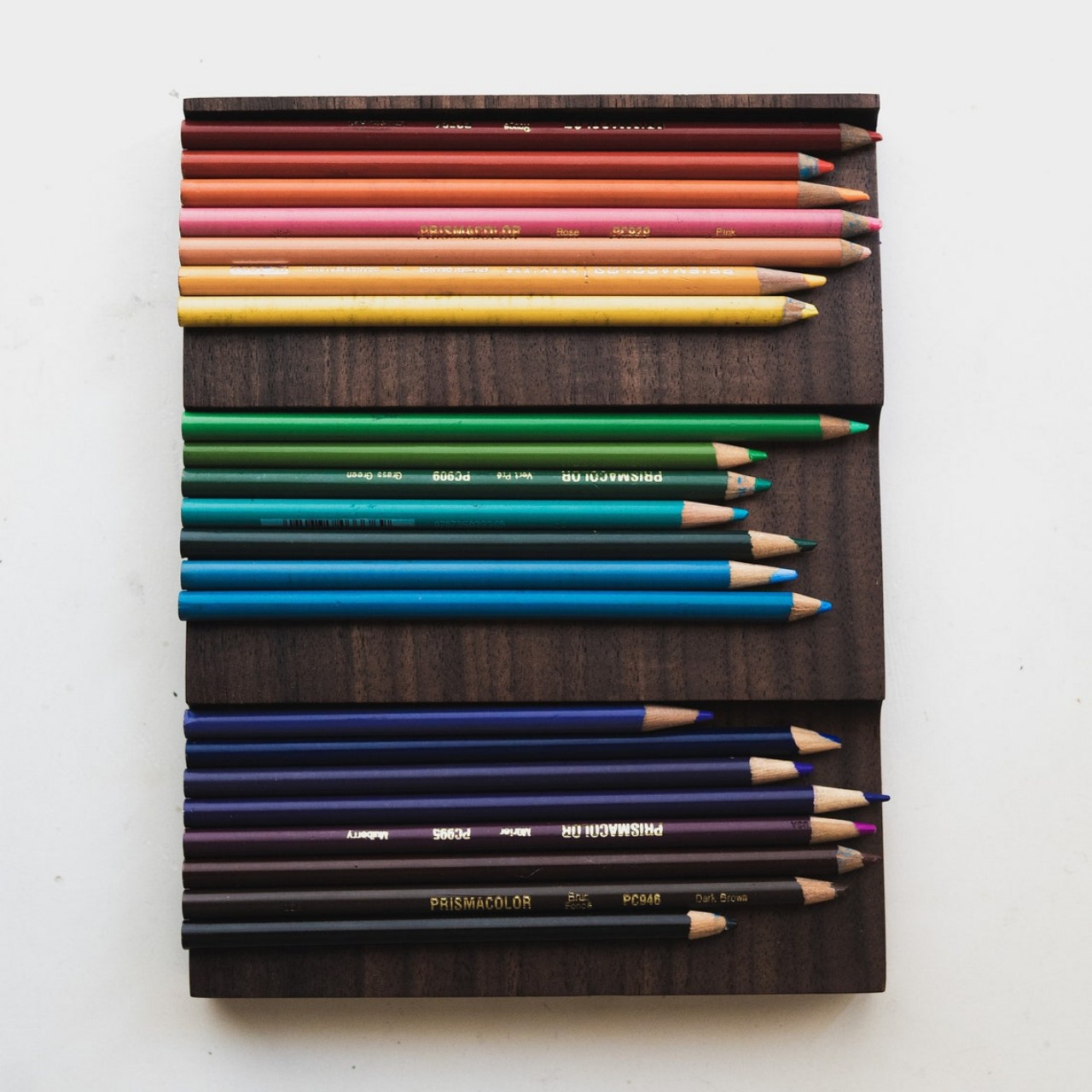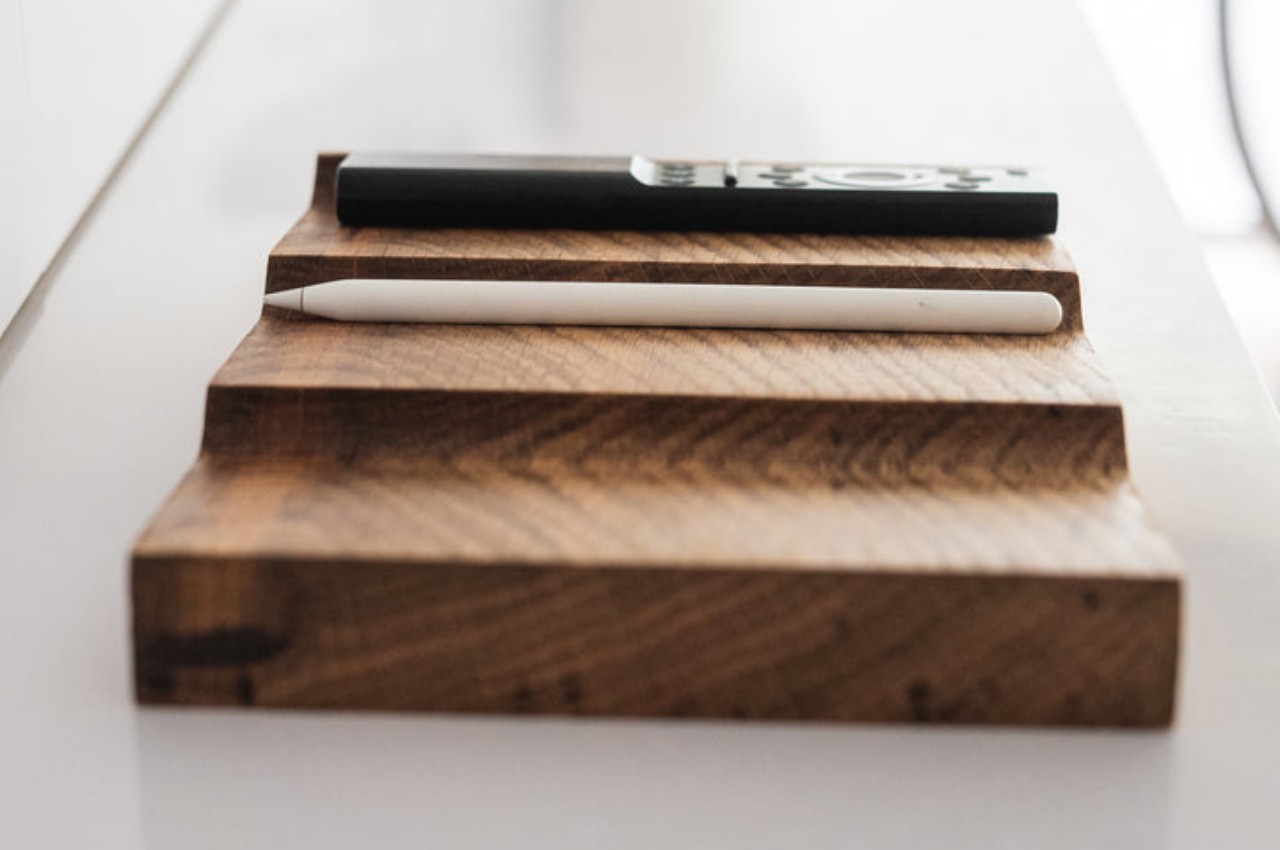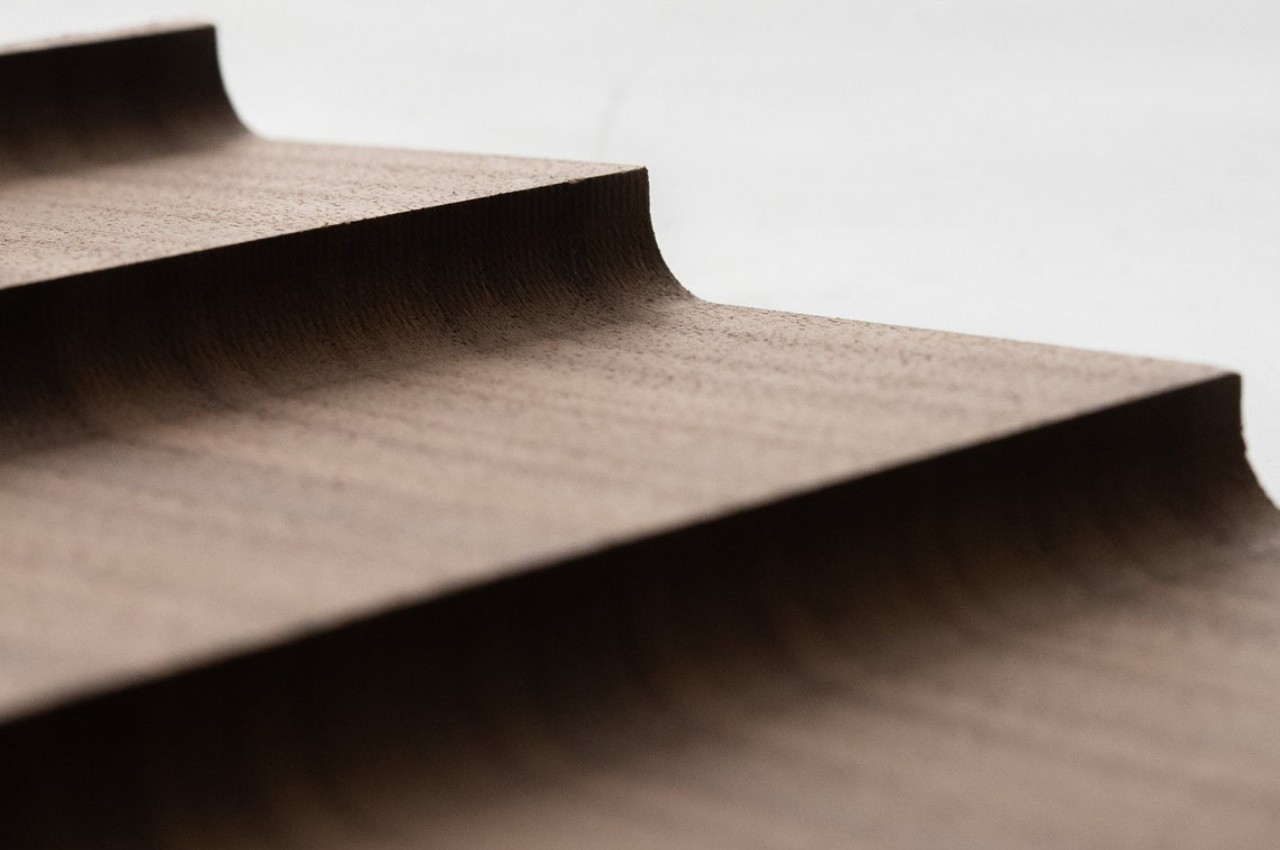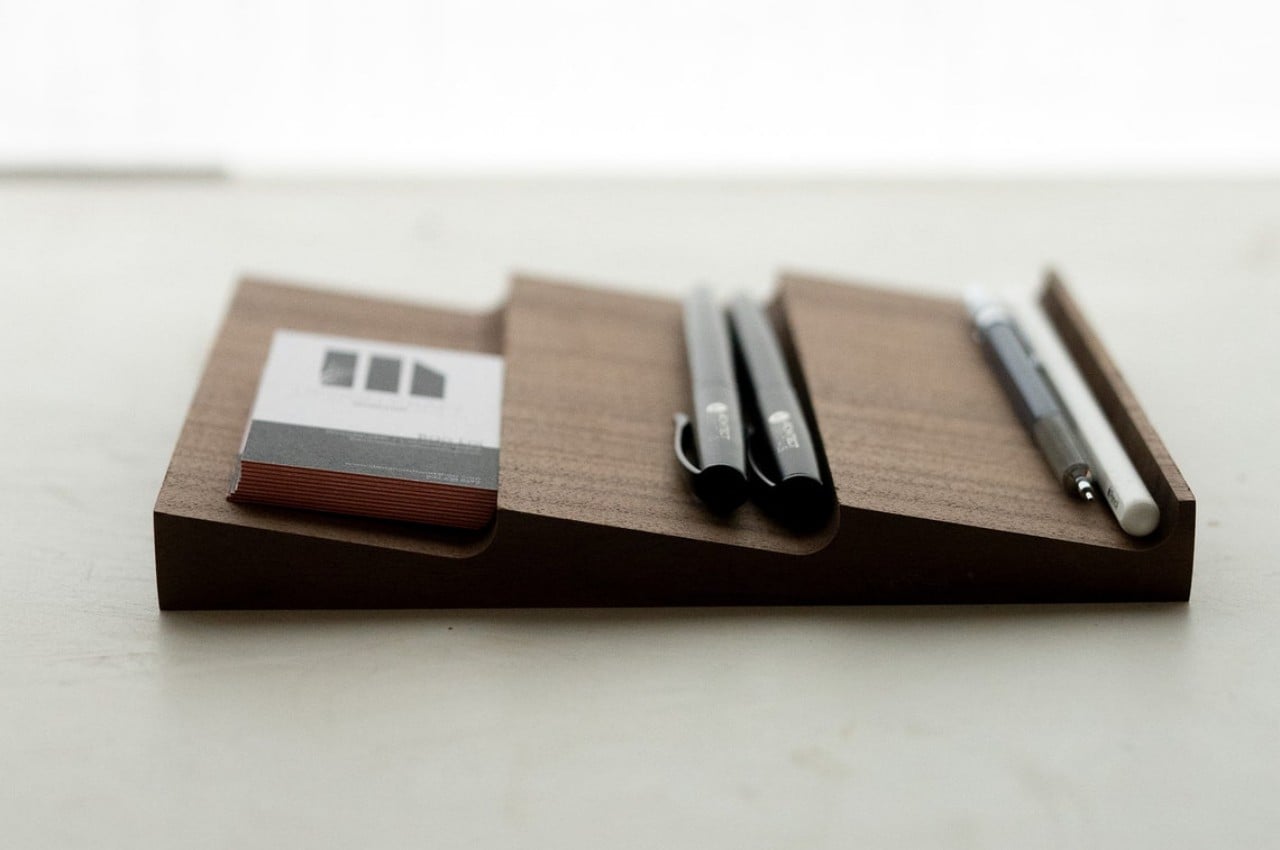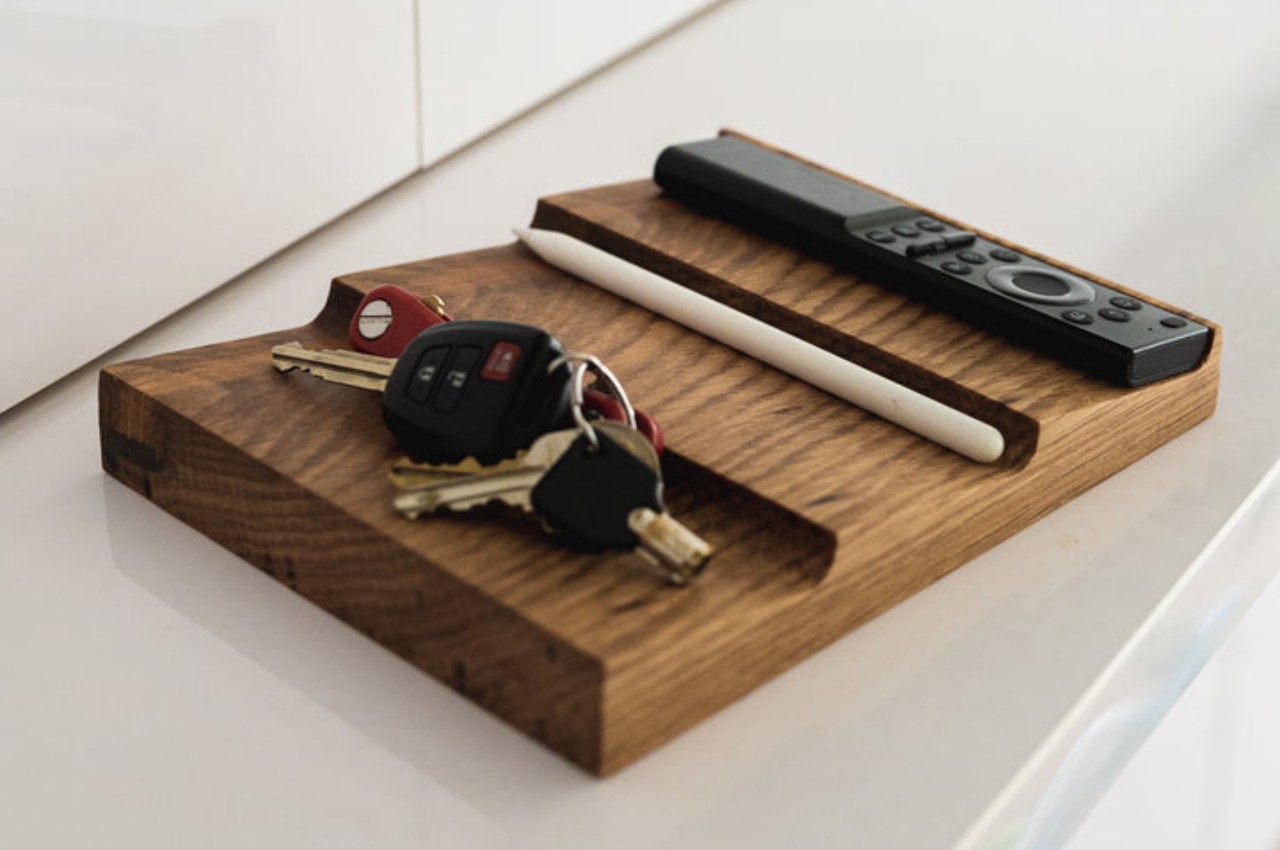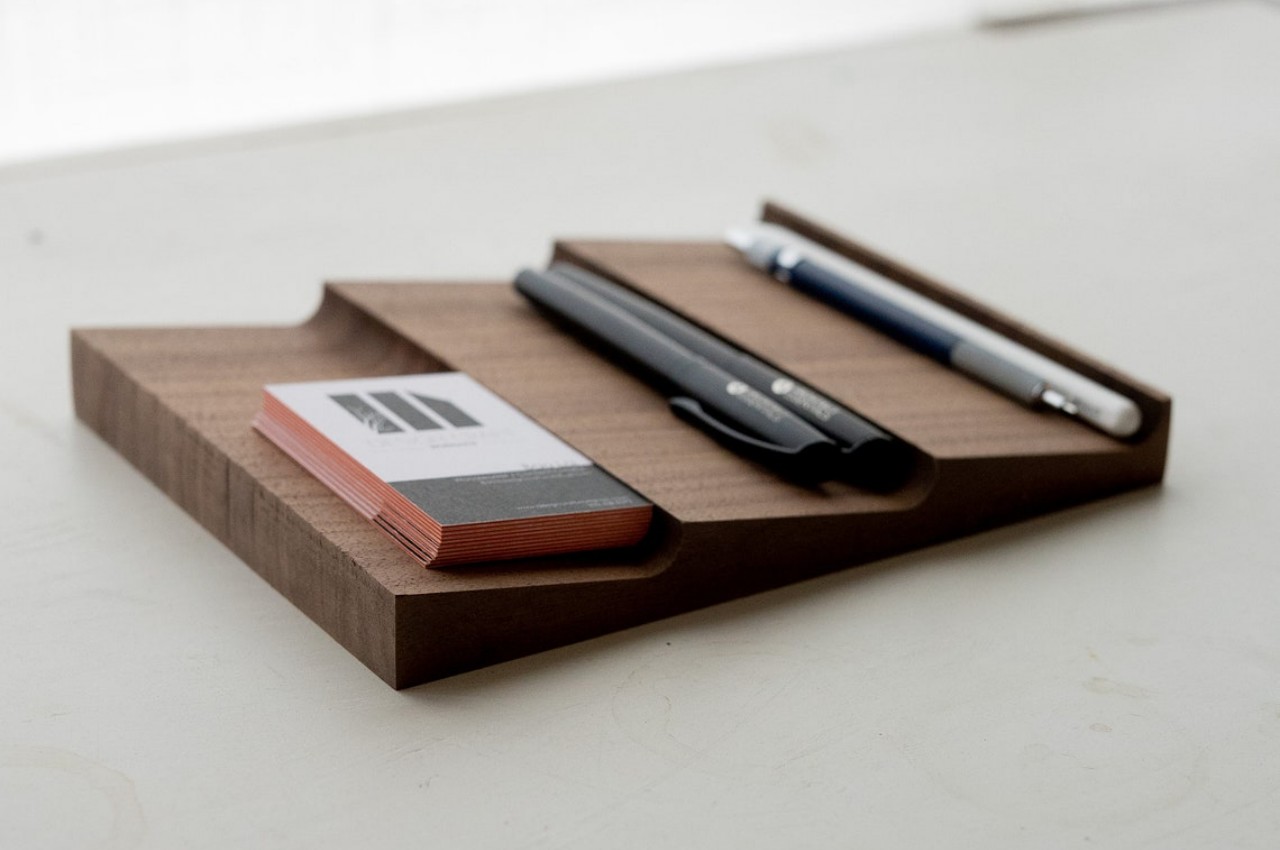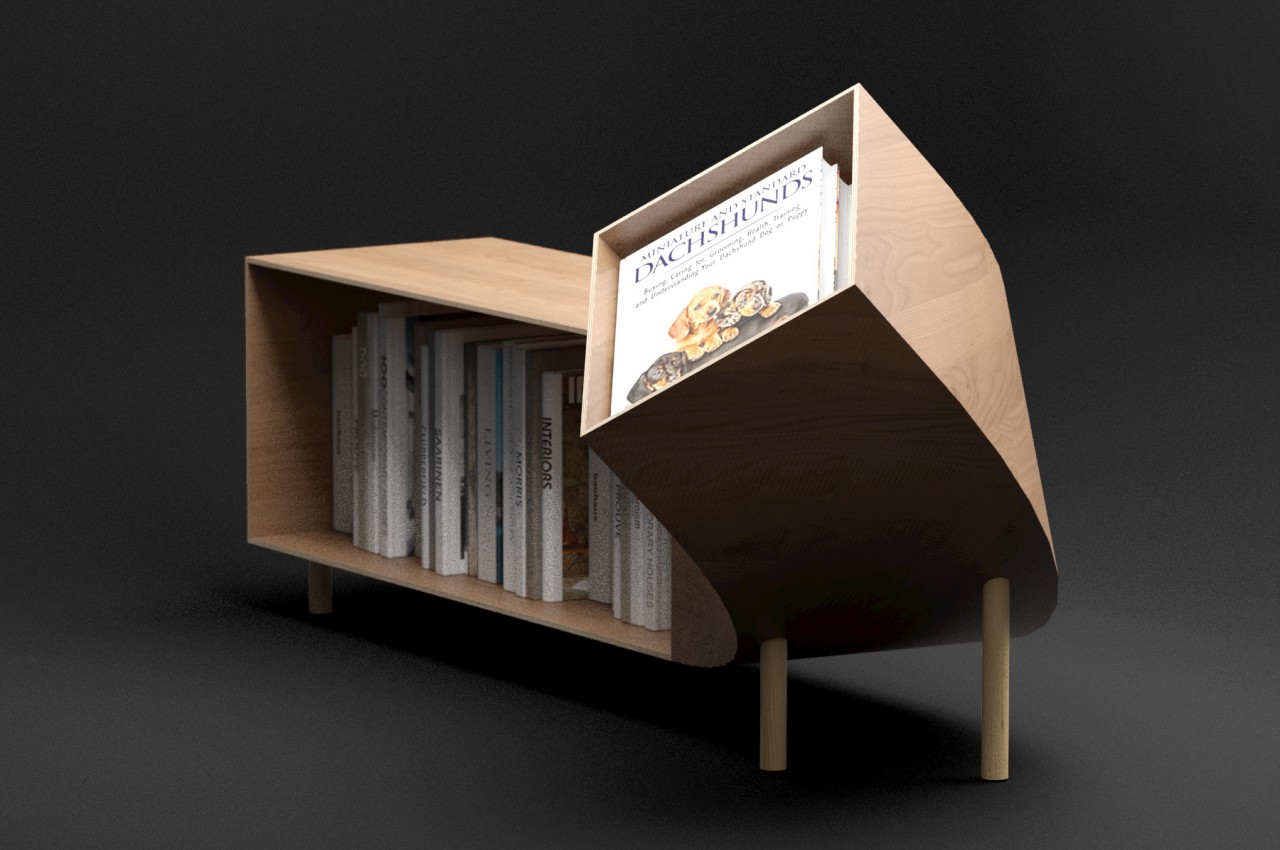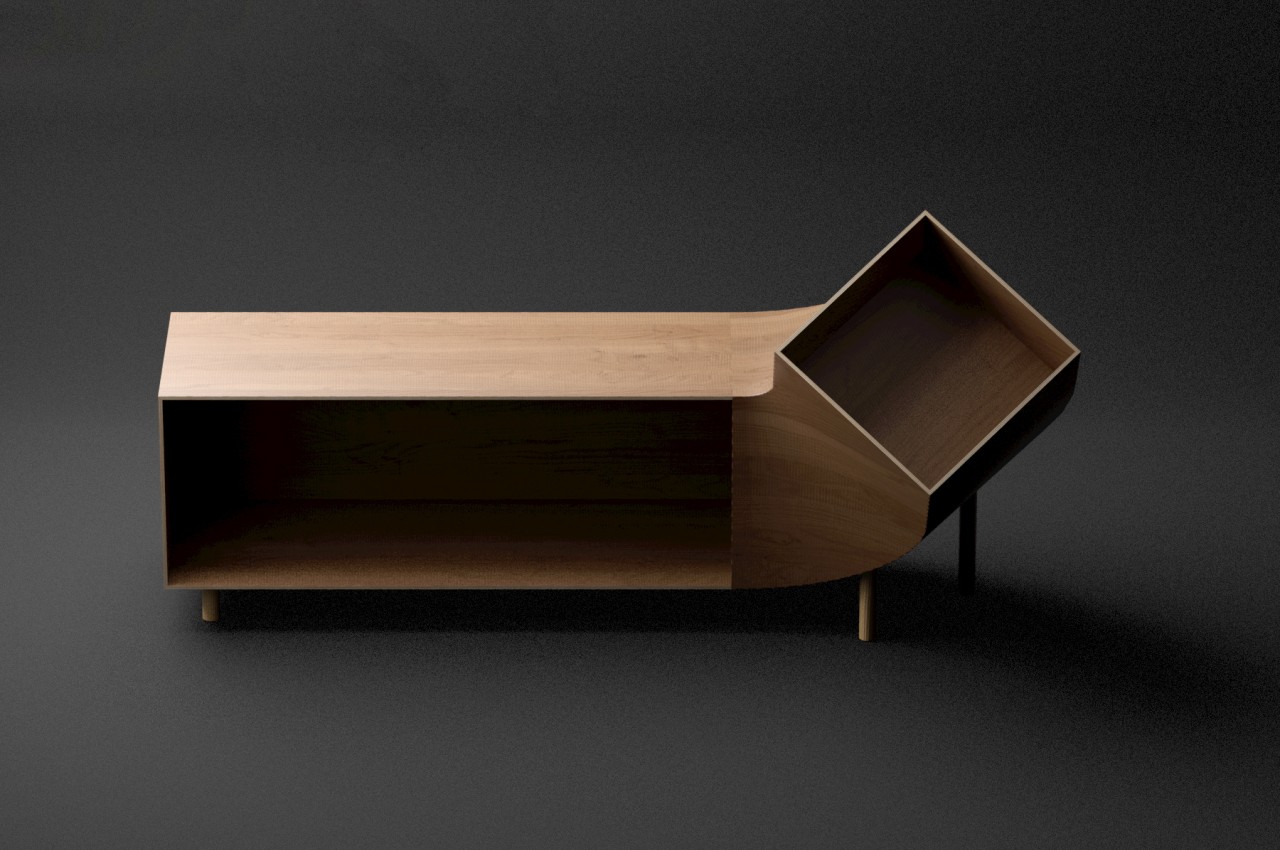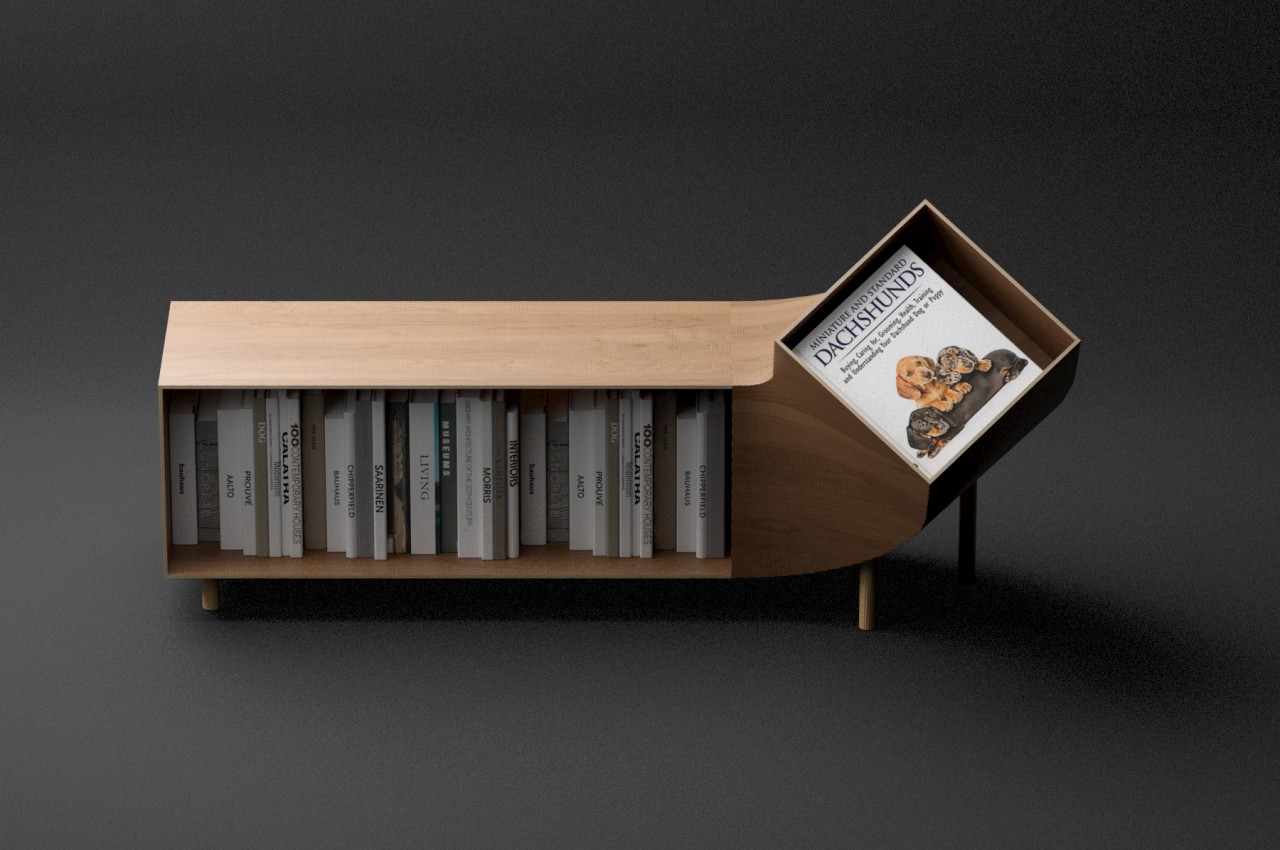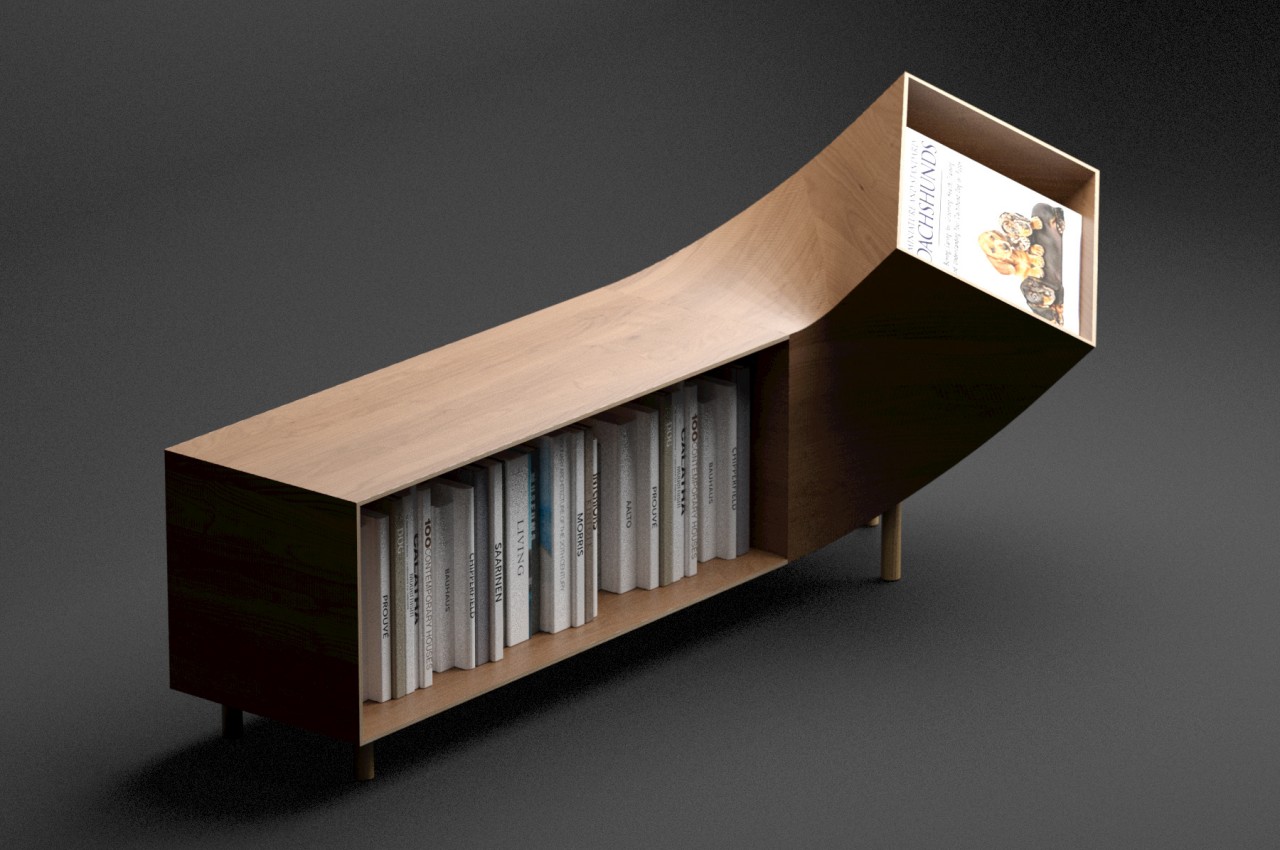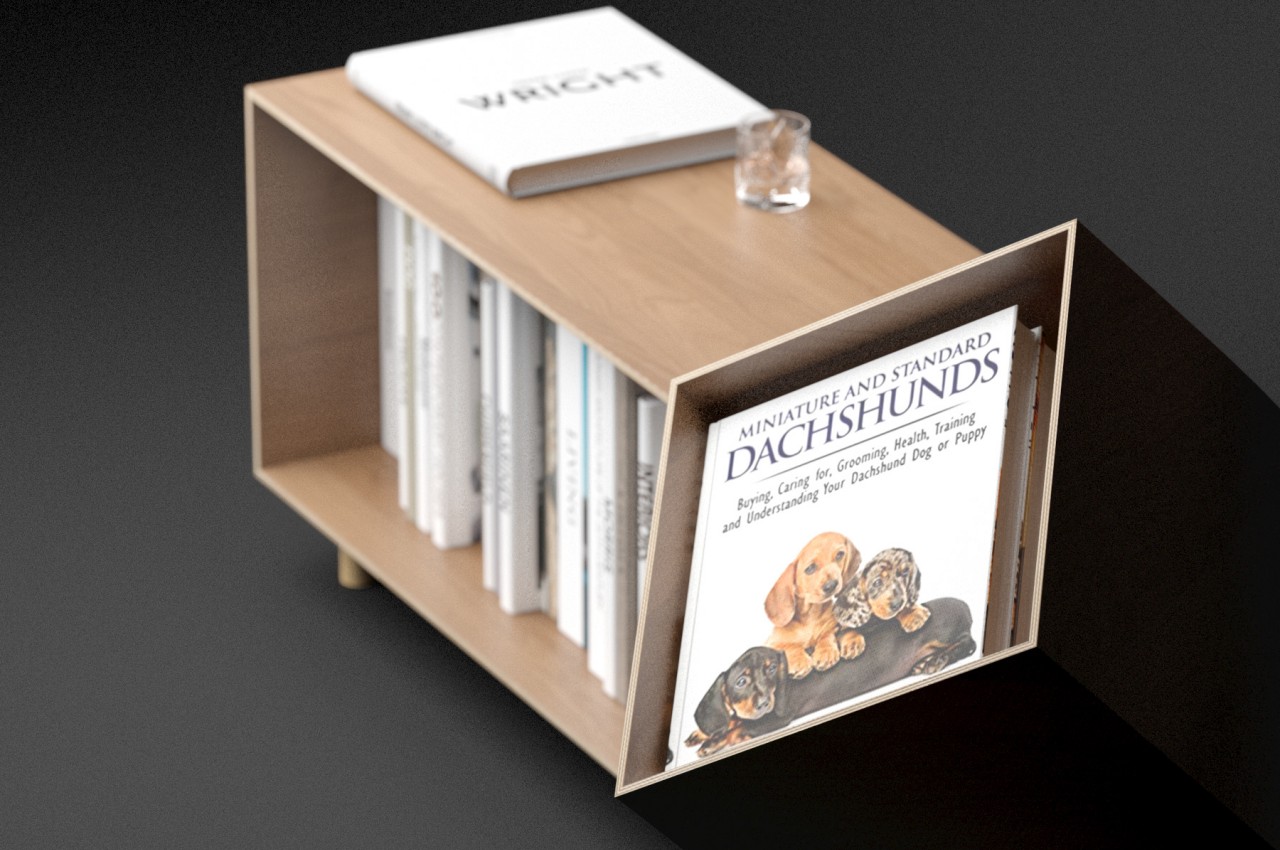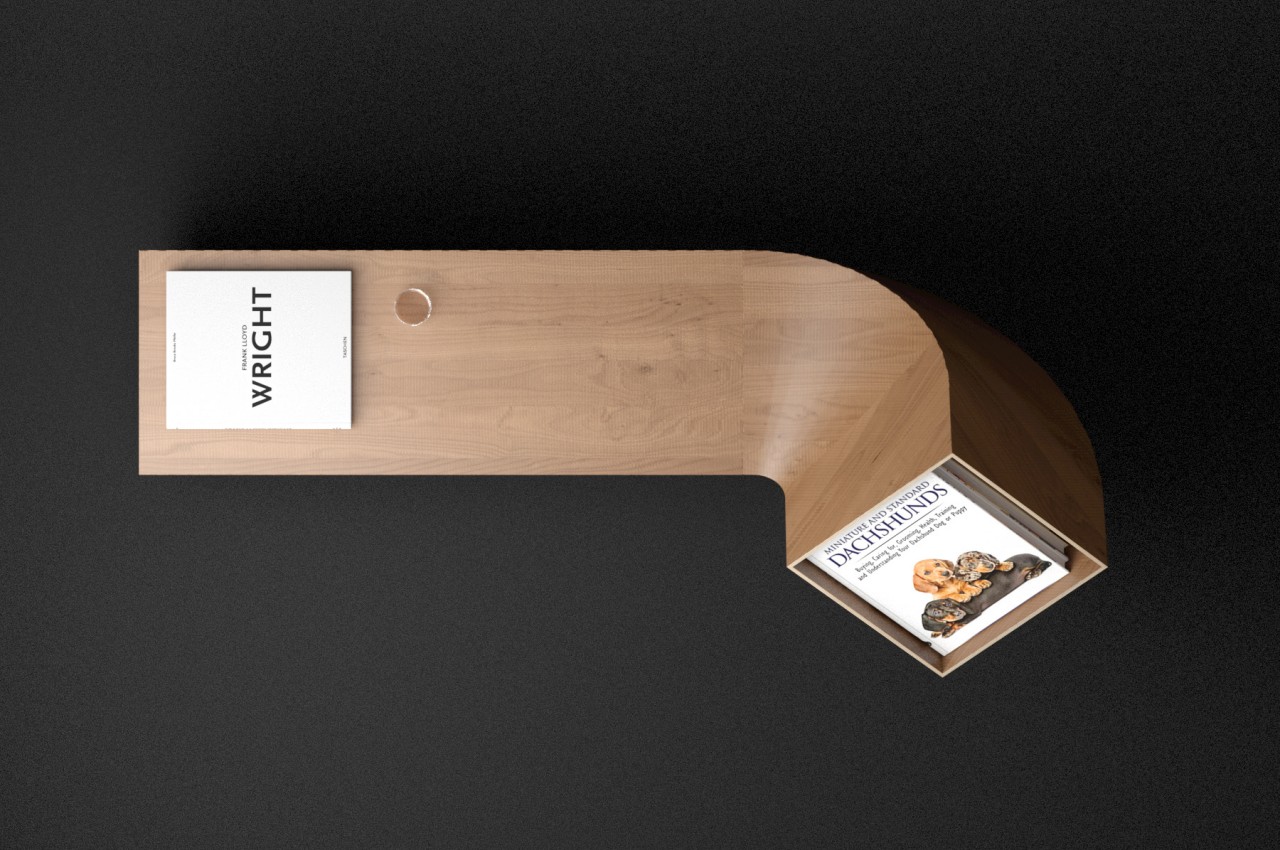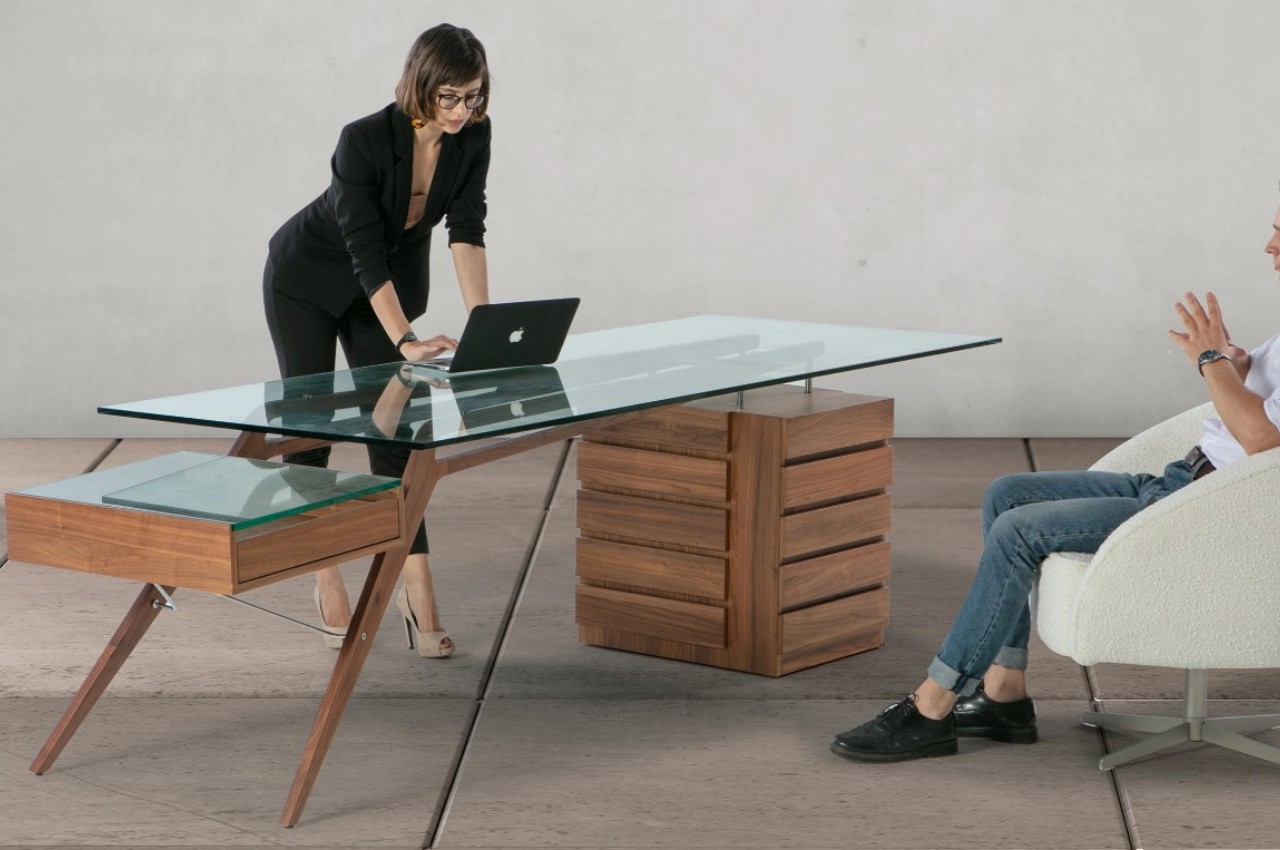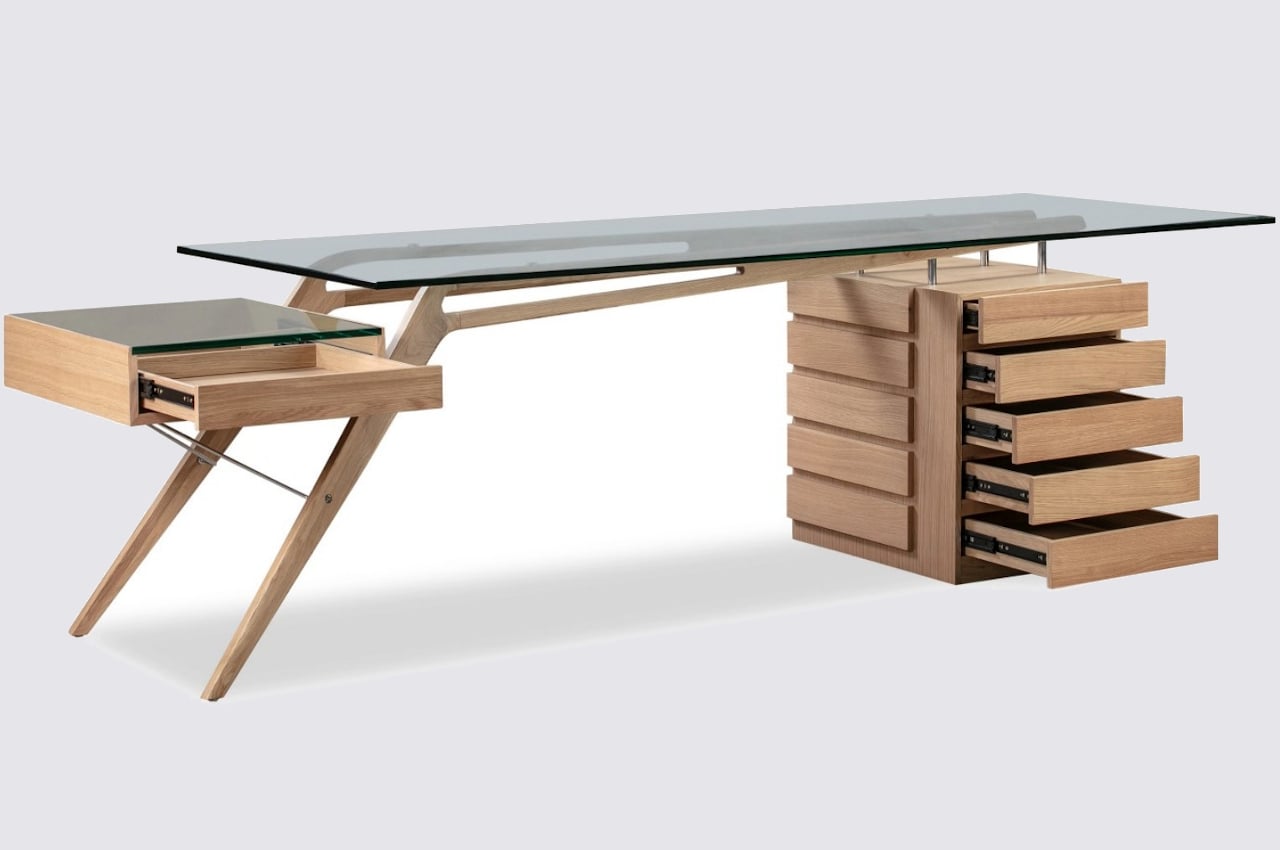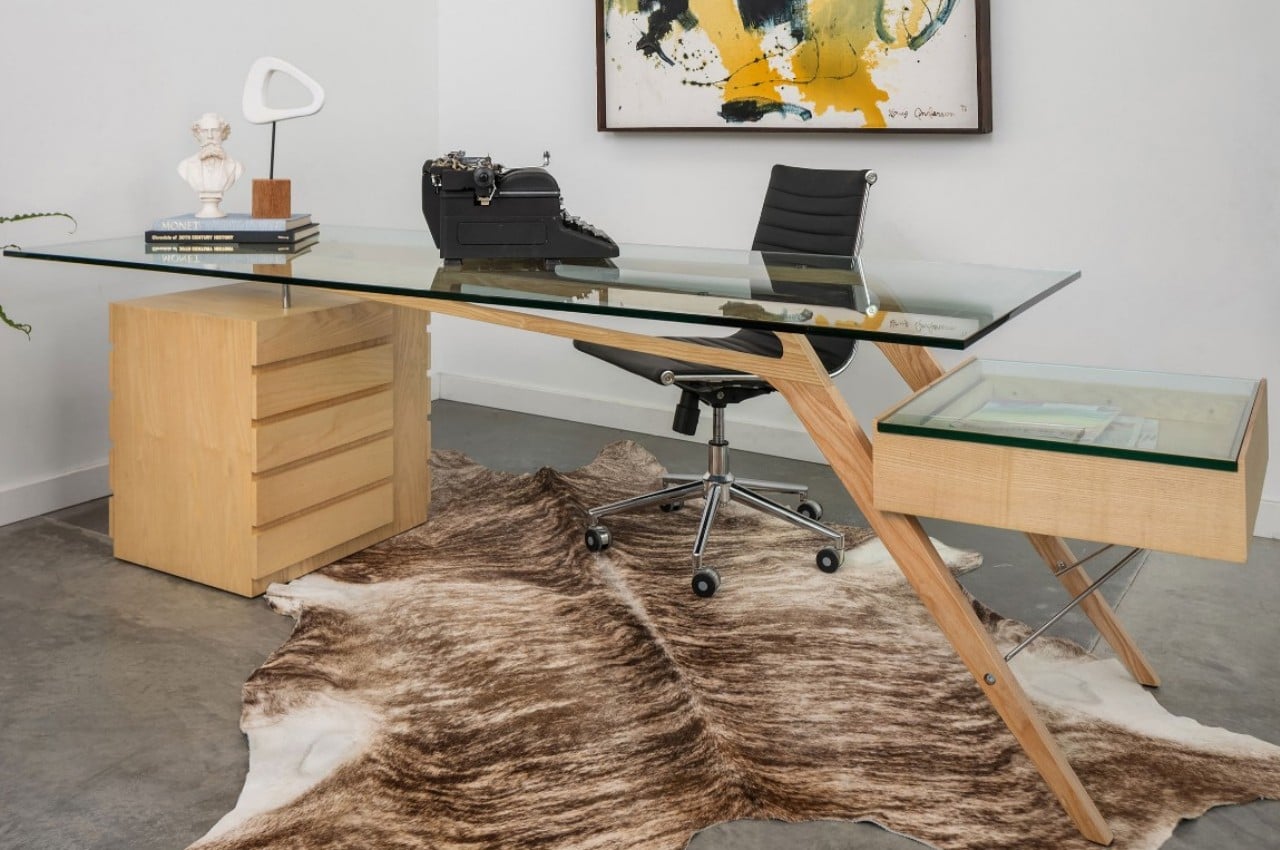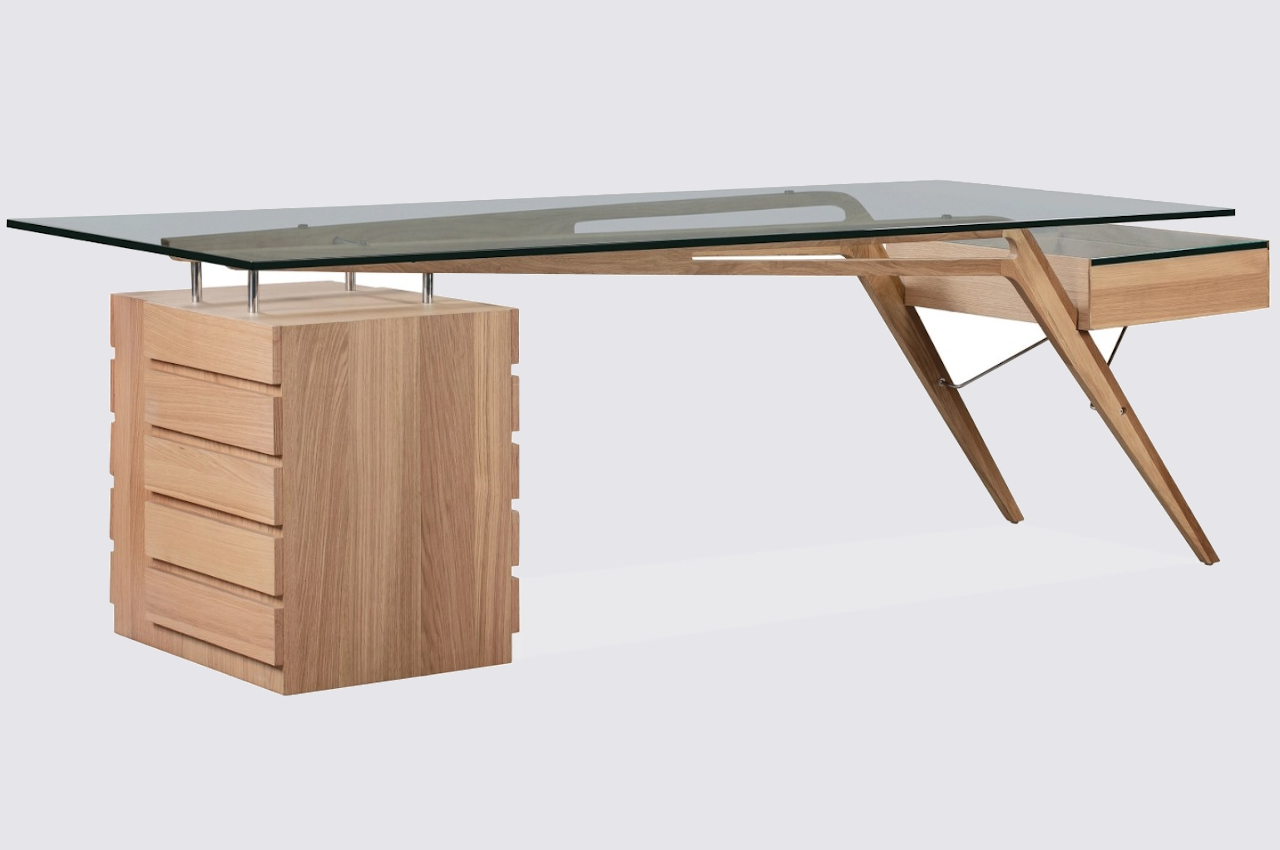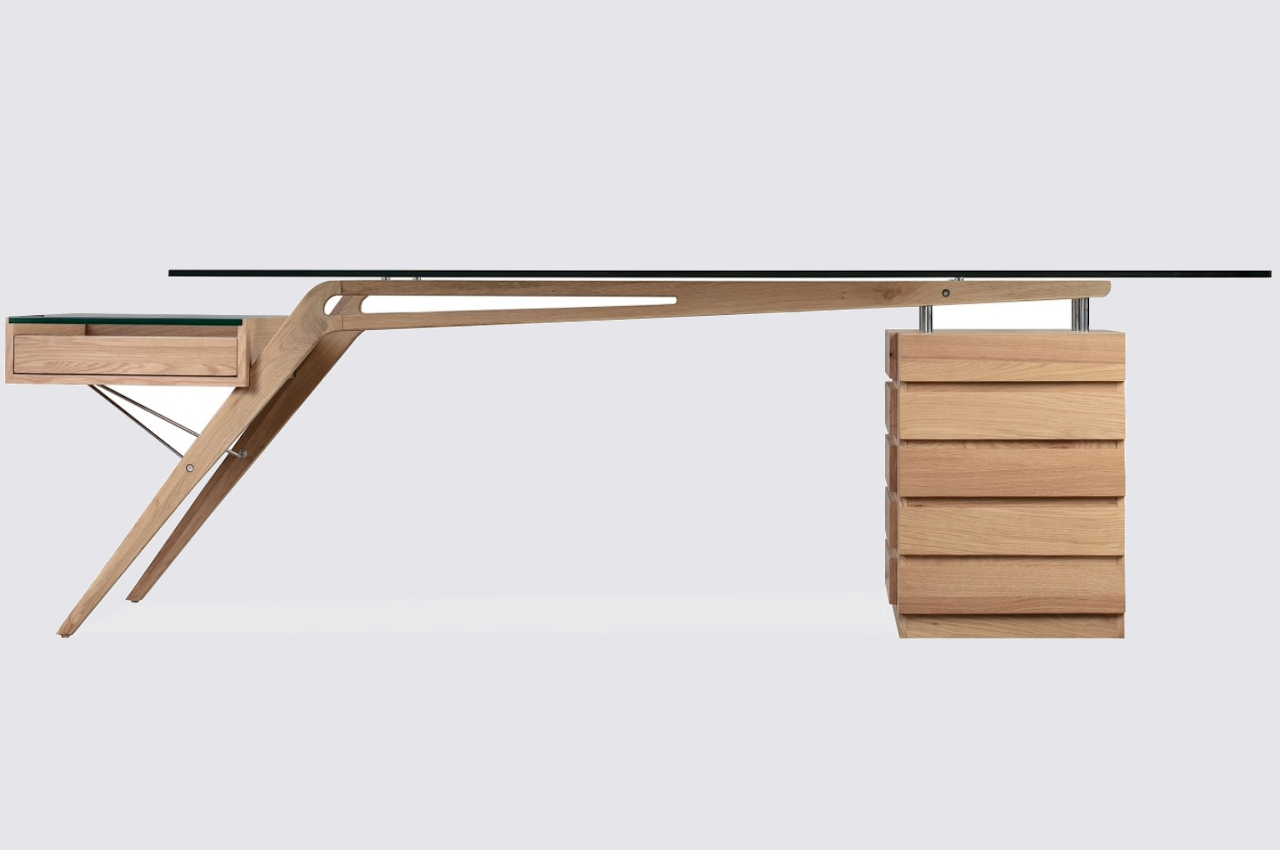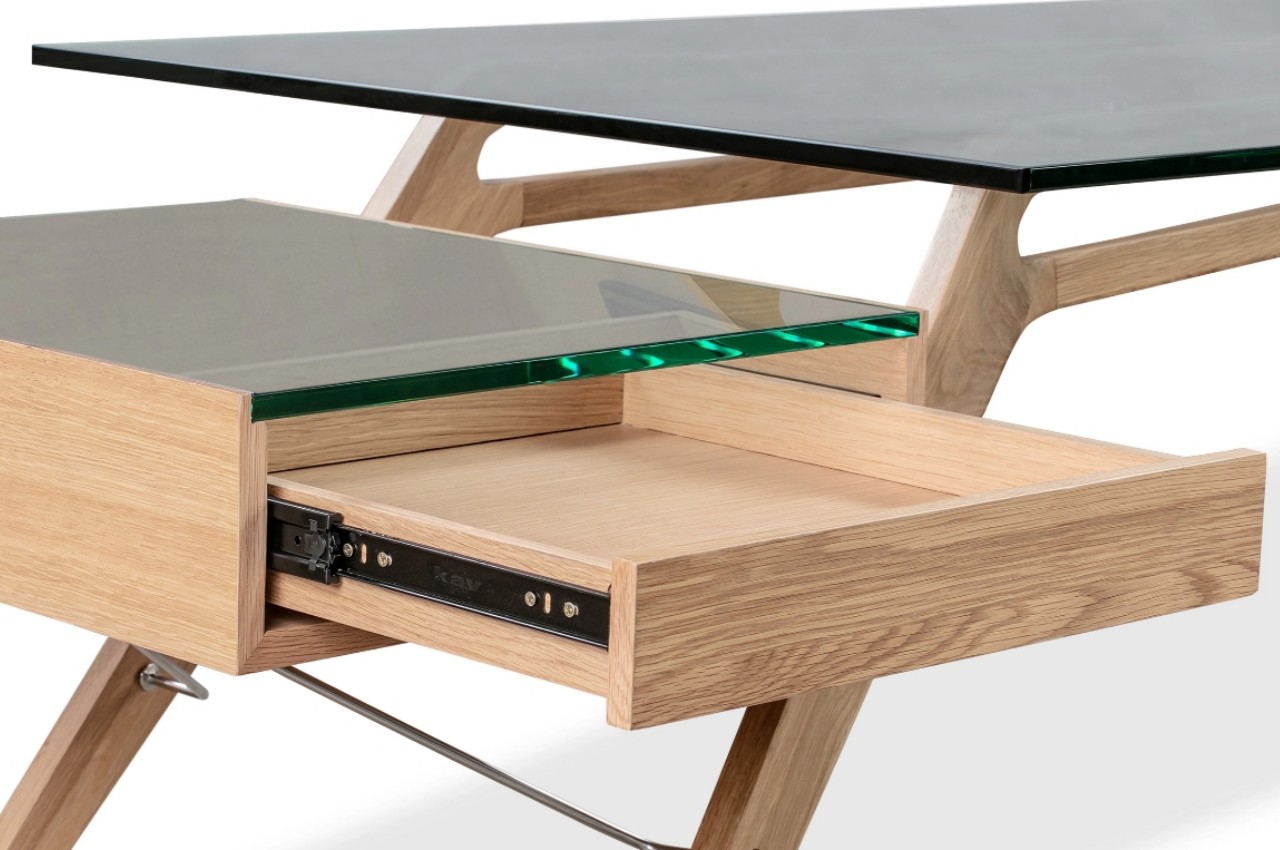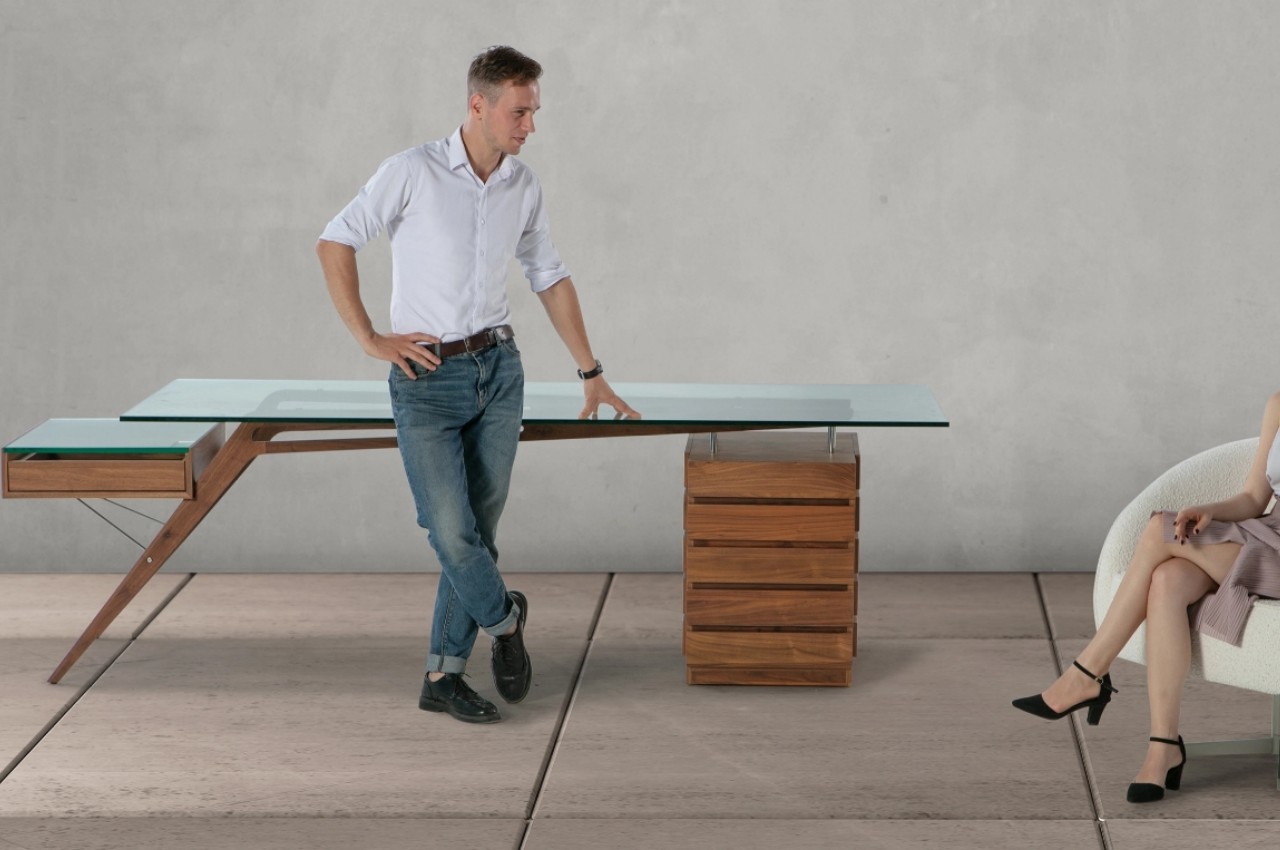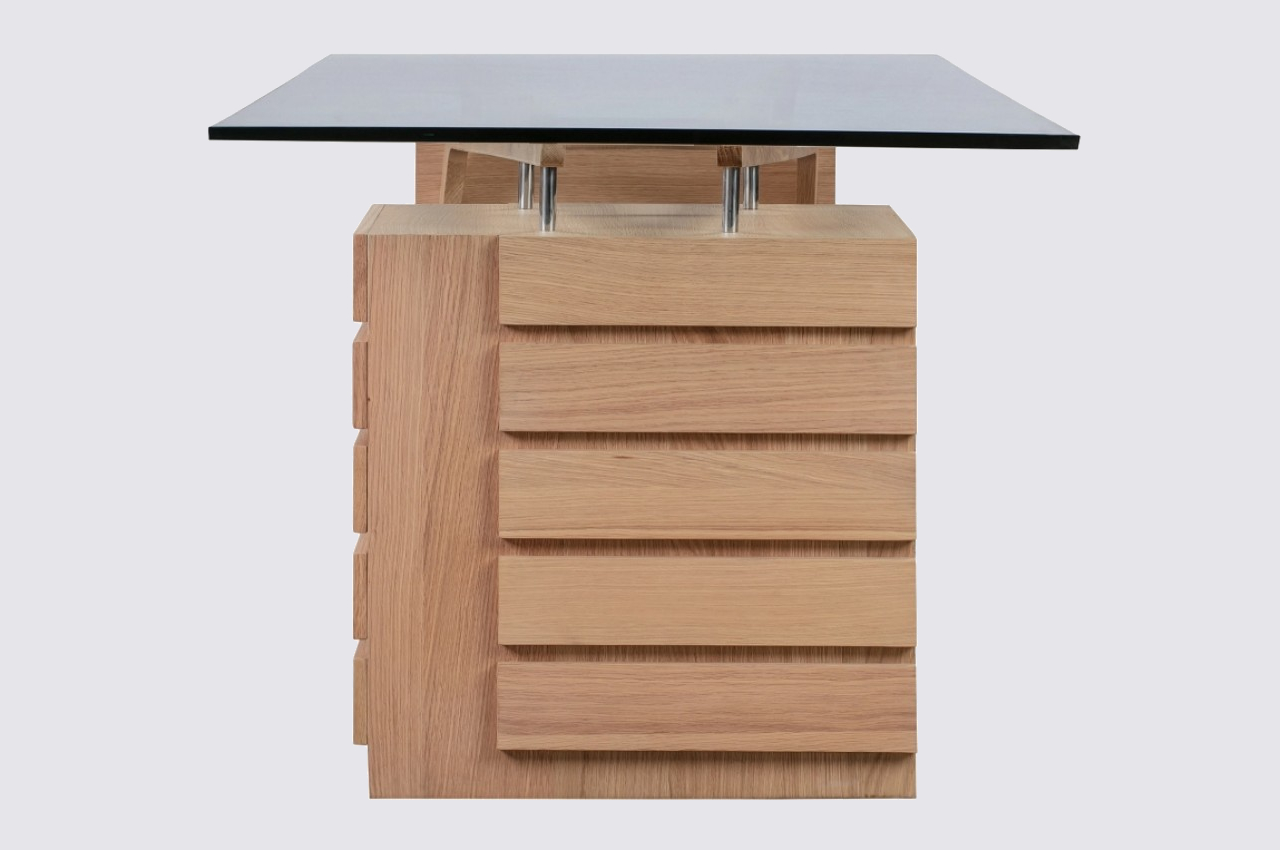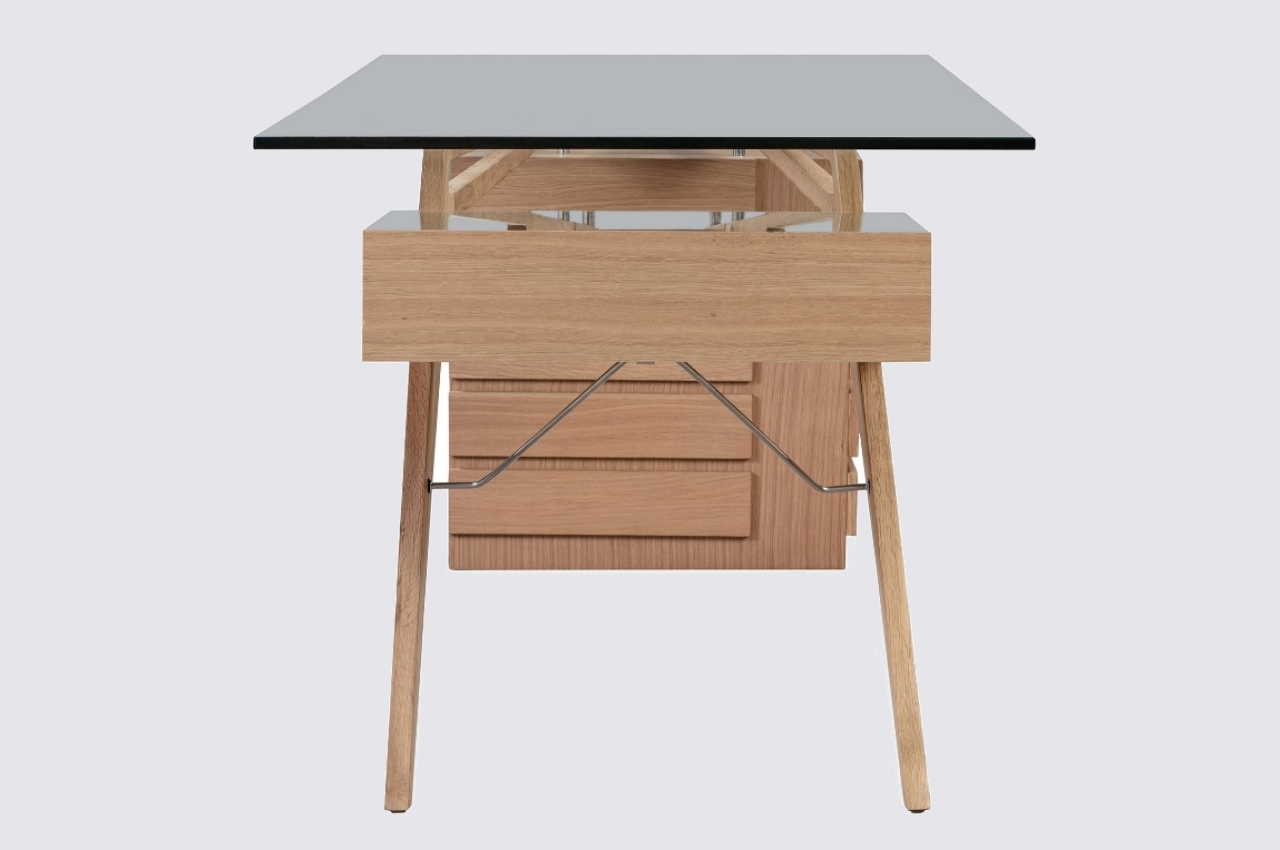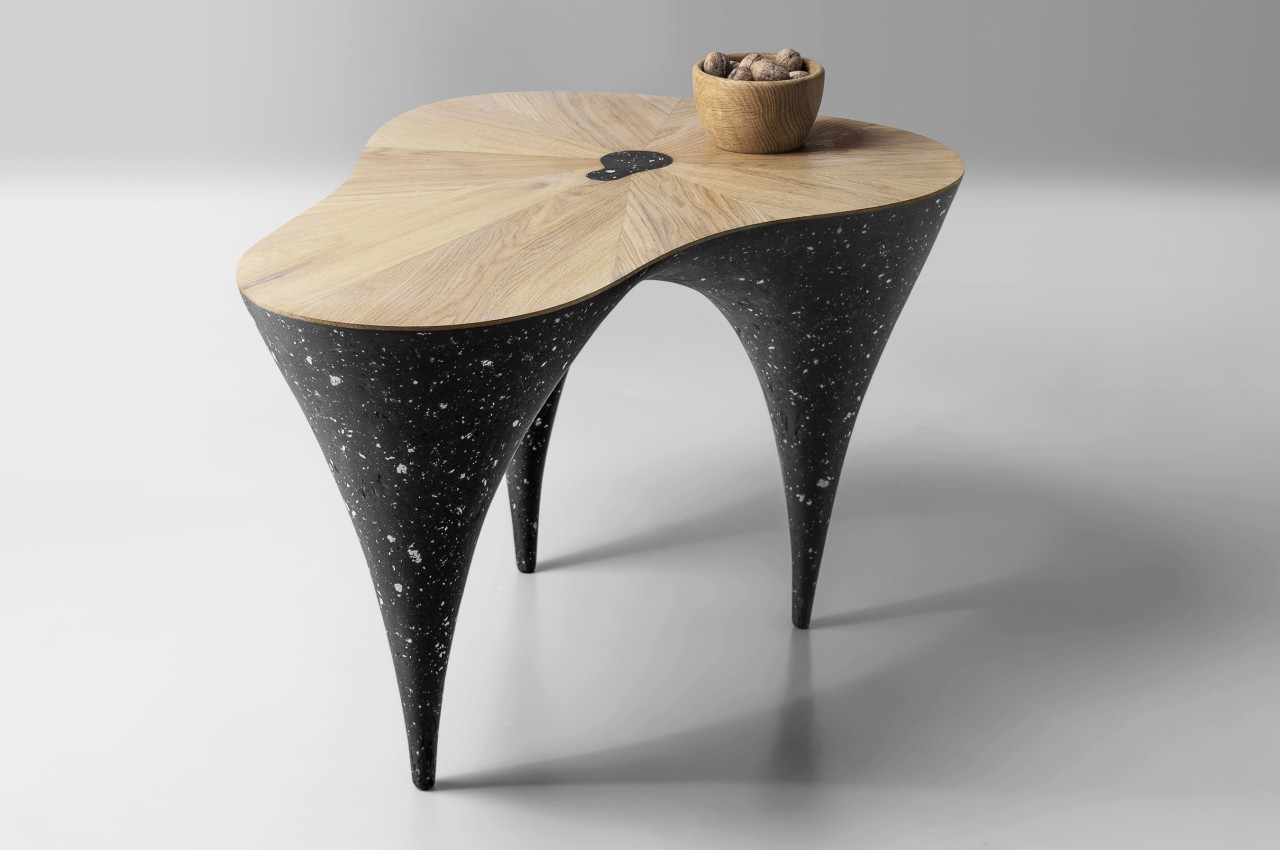
Coffee tables today do more than just hold your coffee or your coffee table books. They have become both literal and figurative centers of a room, providing visual impact through their eye-catching appearances. Some coffee tables grab your attention with their exquisite shapes, while others prefer to do it through remarkable materials. This unique coffee table does both, creating a piece of furniture that could almost be described as sculptural art. What’s more noteworthy, however, is that it uses what seems to be opposing or contrasting materials, giving it a distinct personality that’s like a Yin and Yang of furniture design.
Designer: Donatas Žukauskas
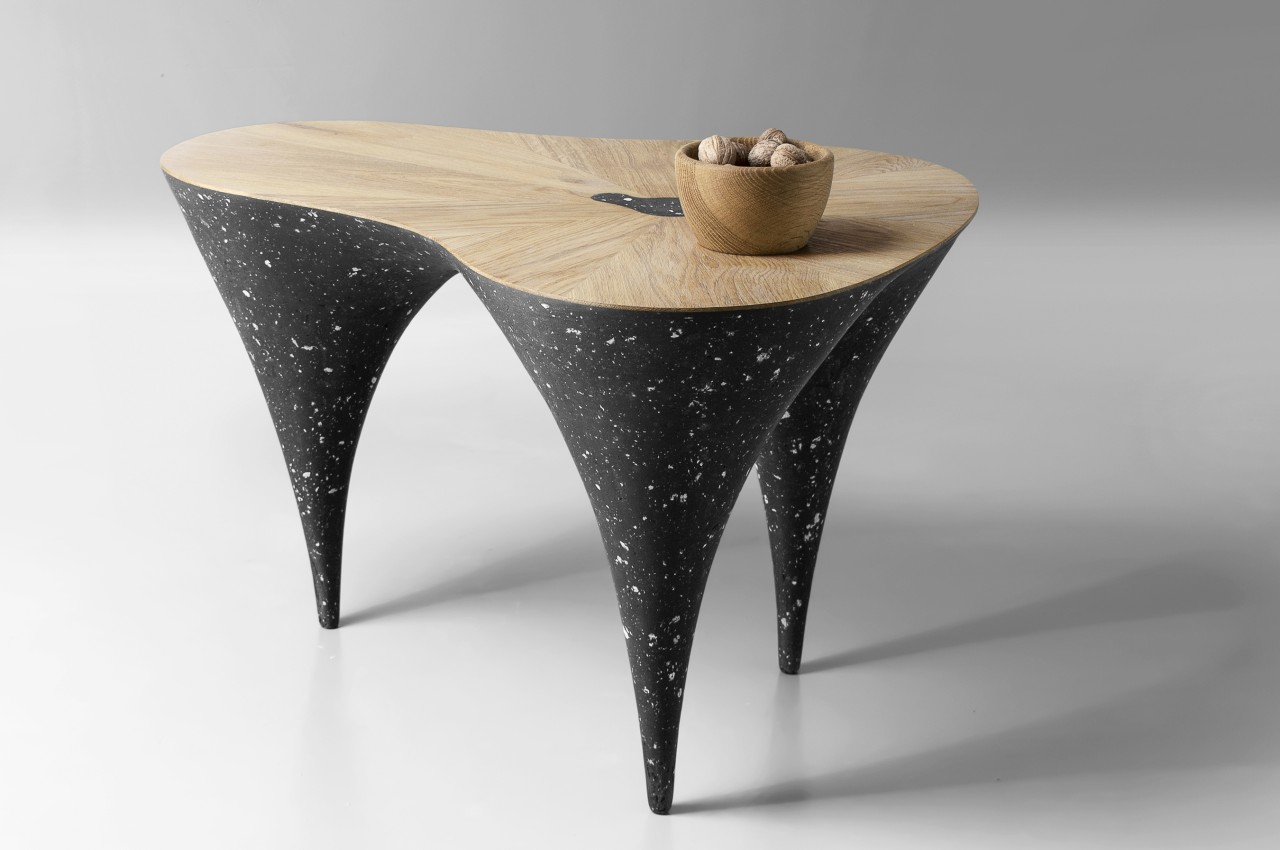
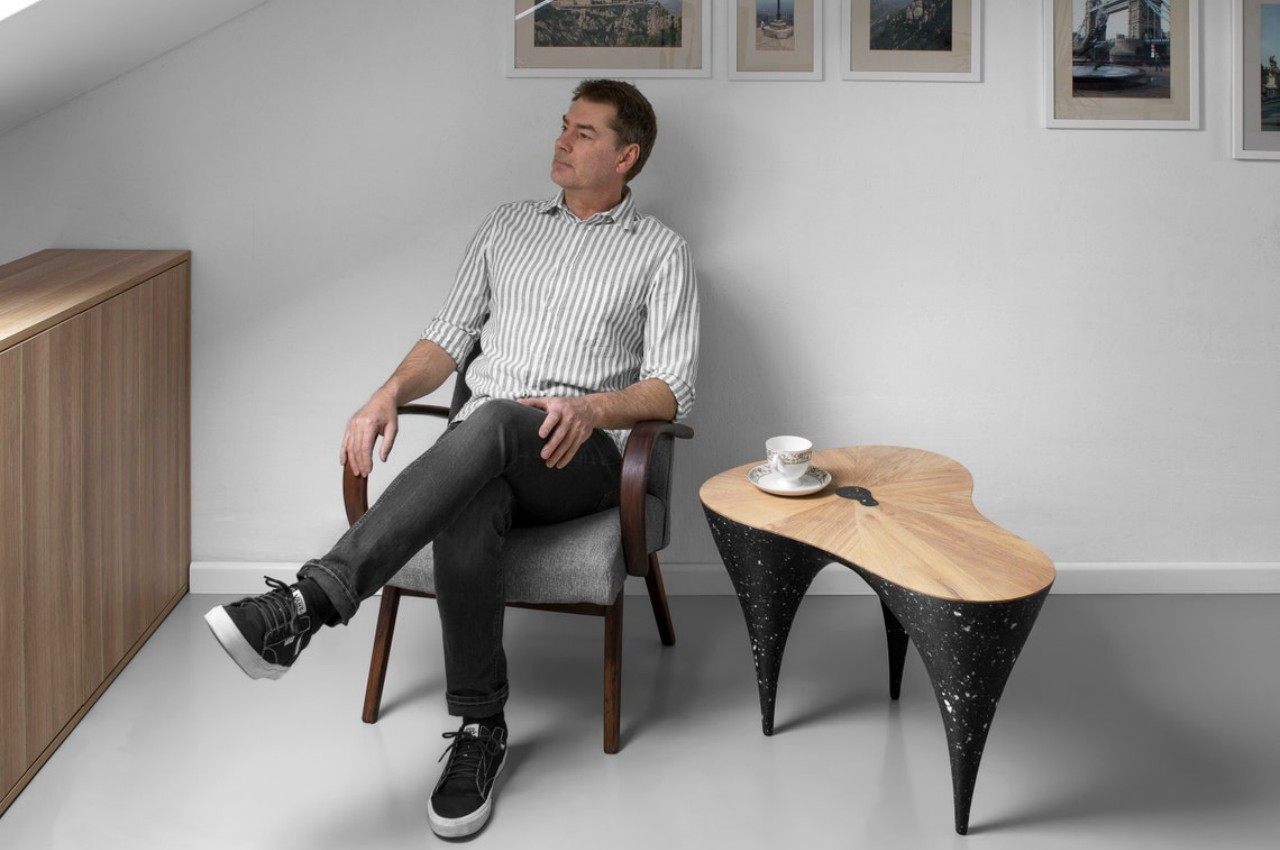
There are some materials, both natural and man-made, that seem to be associated with certain emotions and concepts. Water, for example, can be calming and cleansing, while plastic is soft and pliable. Wood is warm and cozy, while stone, in its many forms, is cold and impersonal. These latter two might seem to stand on opposite ends, but they come together in a harmonious and even artistic way in this sculptural coffee table made of natural wood and a new concrete-like material.
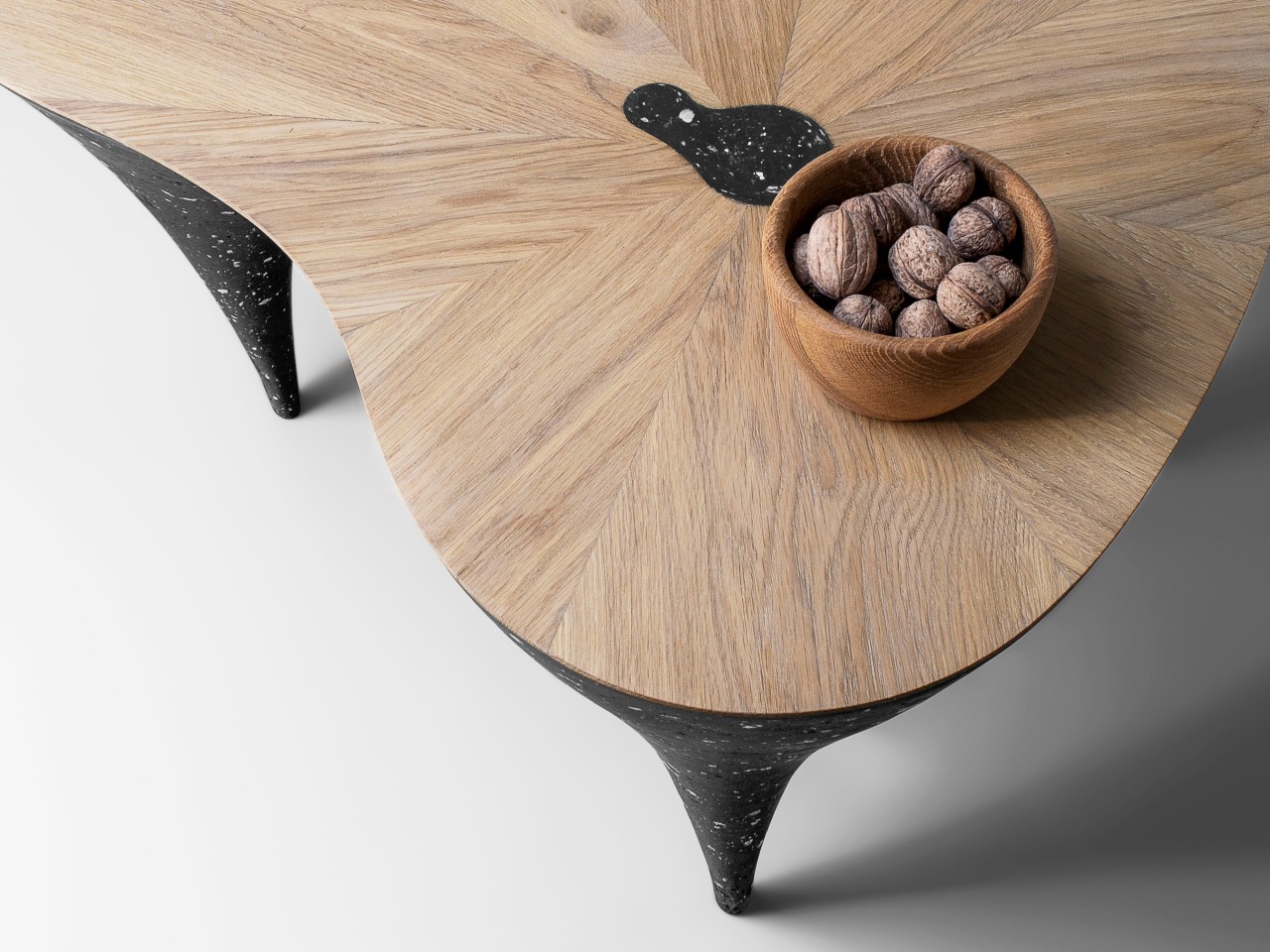
The very shape of the table itself seems to convey this character of combining contrasting elements. The wide, irregularly-shaped wooden top is held up by three conical legs that end in very thin feet that seem to test fate. Its form has elements of both stability and irregularity as if challenging the mind to decide whether the table is steady or is ready to collapse on one end.
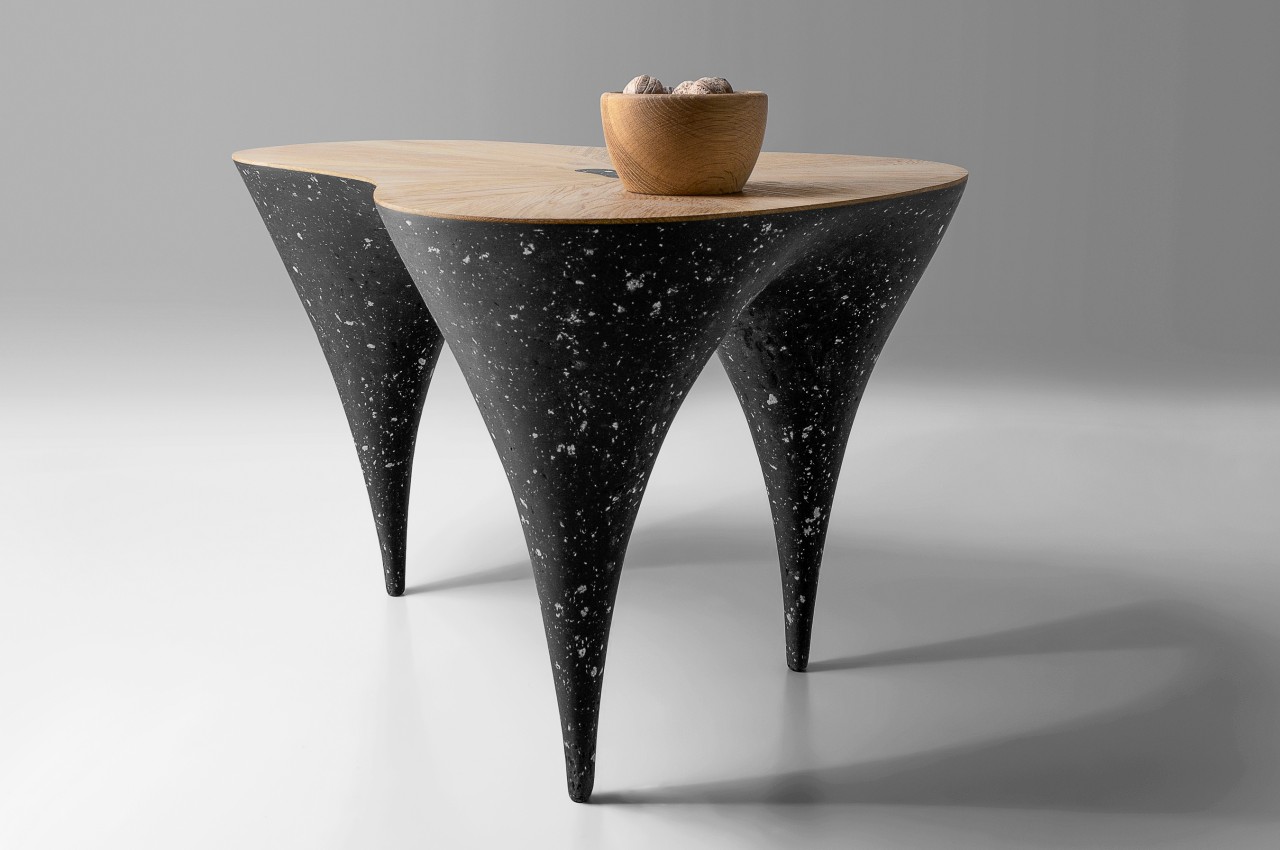
What makes this table even more interesting is that its concrete legs aren’t exactly made from actual concrete. Instead, it is a solid yet elastic mass that is actually closer to wood but was designed to look like concrete. It is made from paper mass, which is again the opposite of the rigidity of concrete, but mixed with various other materials to give it the desired texture, water resistance, and rigidity. Fusing this wet mass, which is poured into a mold, with the wood top proved to be a tricky task, but the result was well worth the trouble.
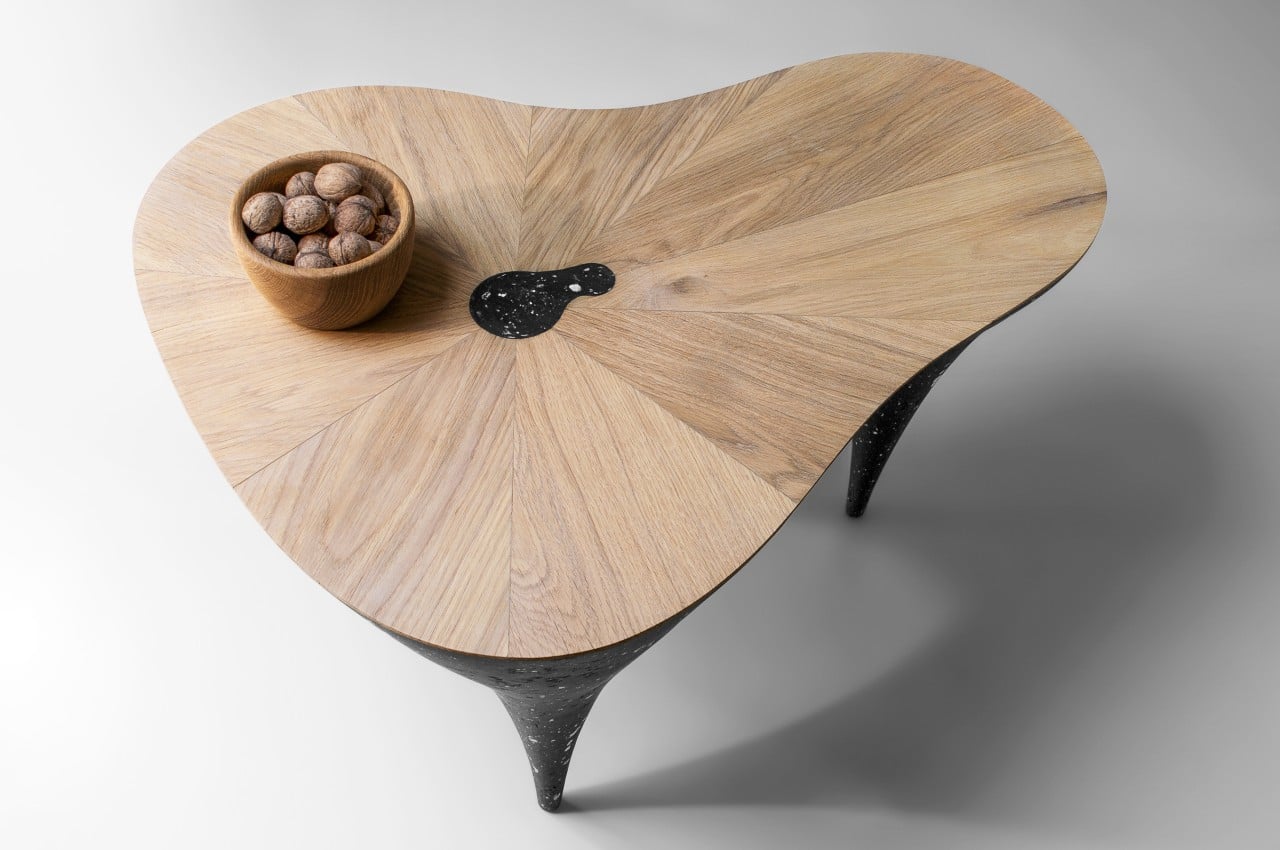
This sculptural coffee table of opposites is definitely a sight to behold in a room, and of course, it’s quite functional, too. So yes, you can place your favorite mug and books on top without fear of breaking down. Its special character, however, doesn’t stop at its aesthetics. Recycled materials were utilized in creating this table, making it a sustainable piece of furniture and sculptural art as well.
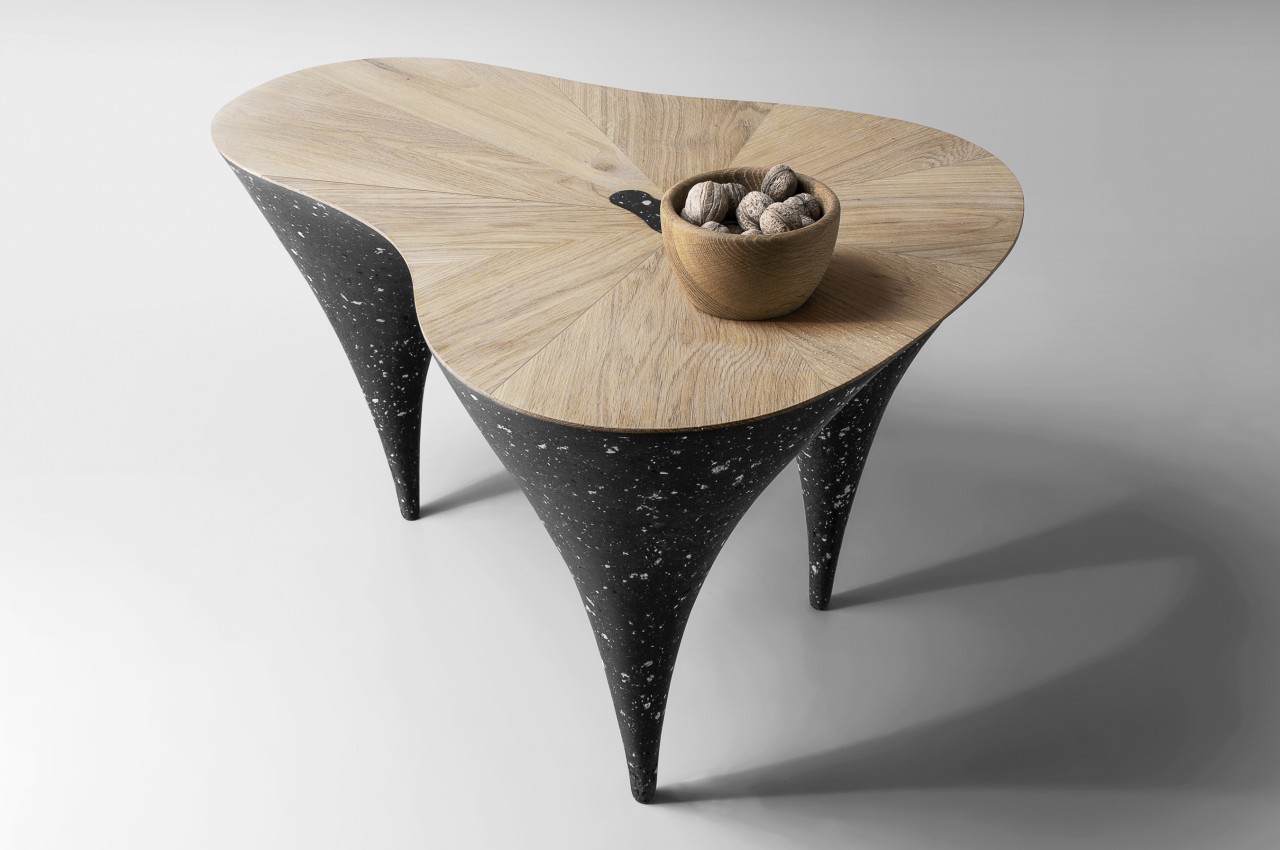
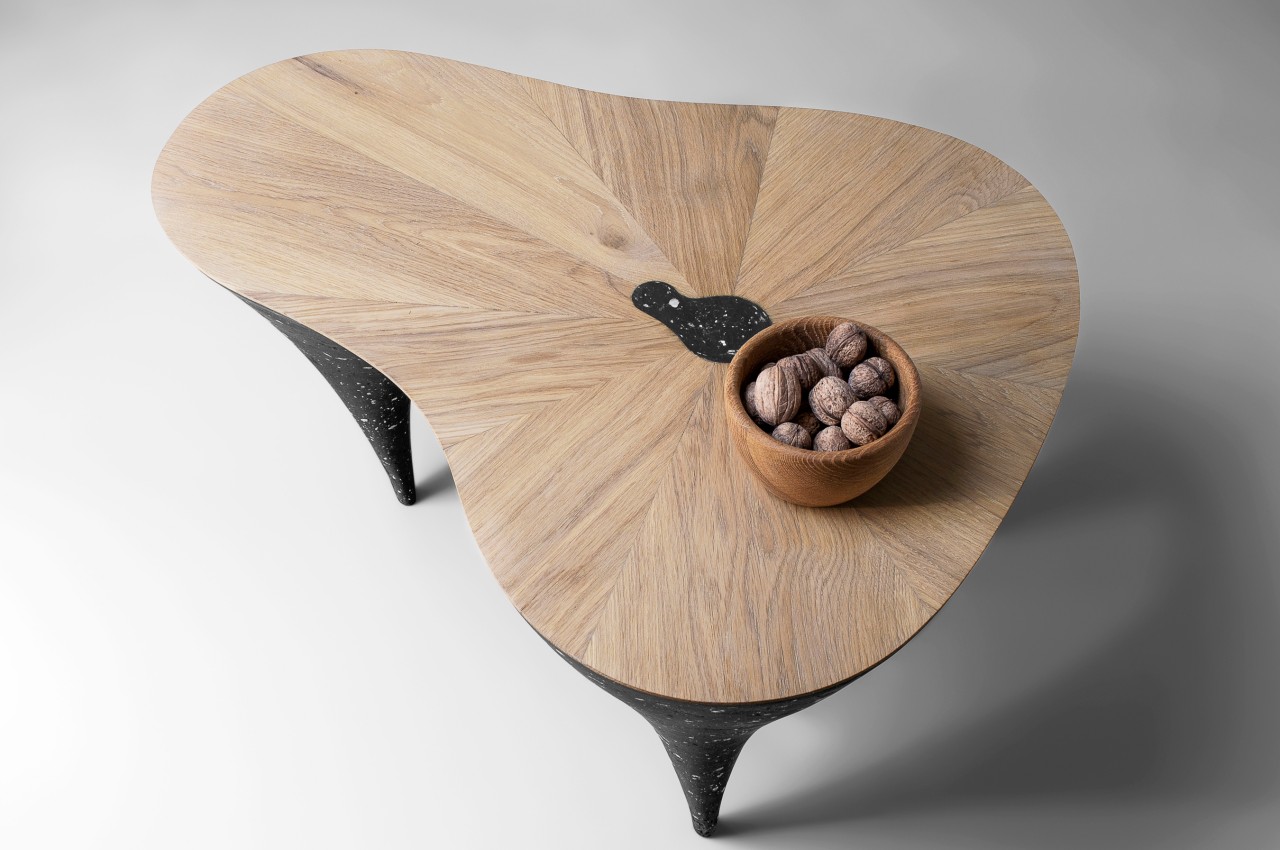
The post This distinctive coffee table blends contrasting elements to give it a unique character first appeared on Yanko Design.
